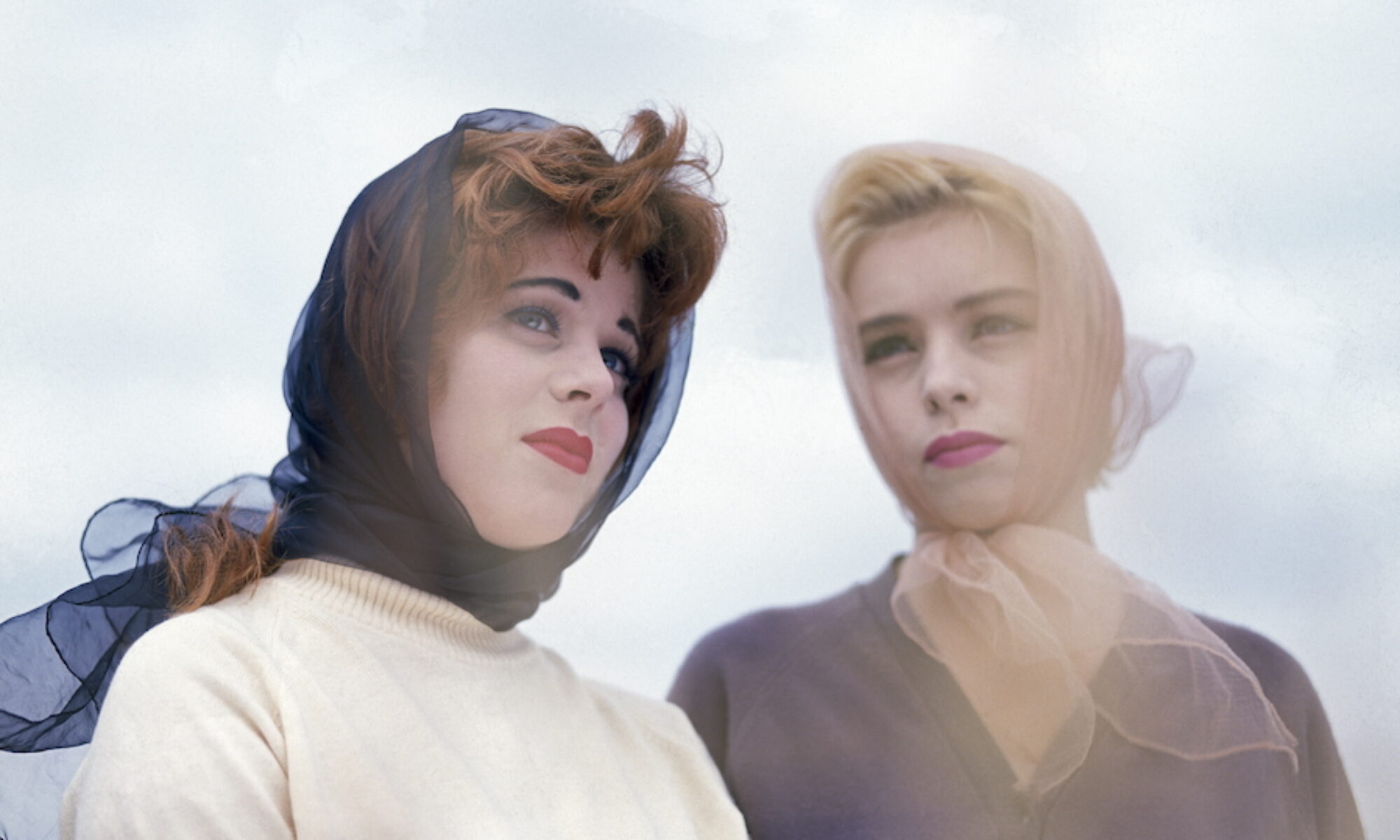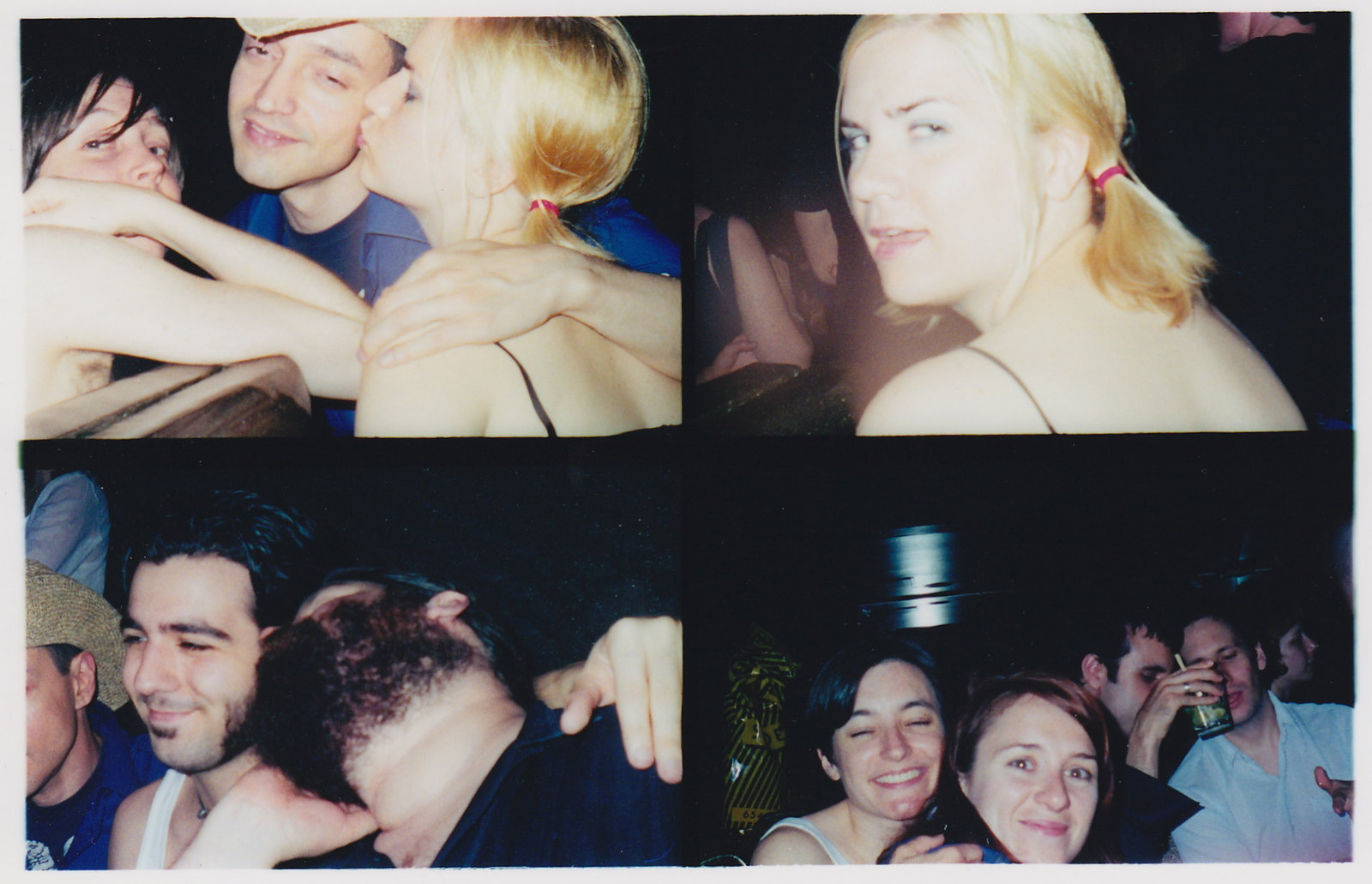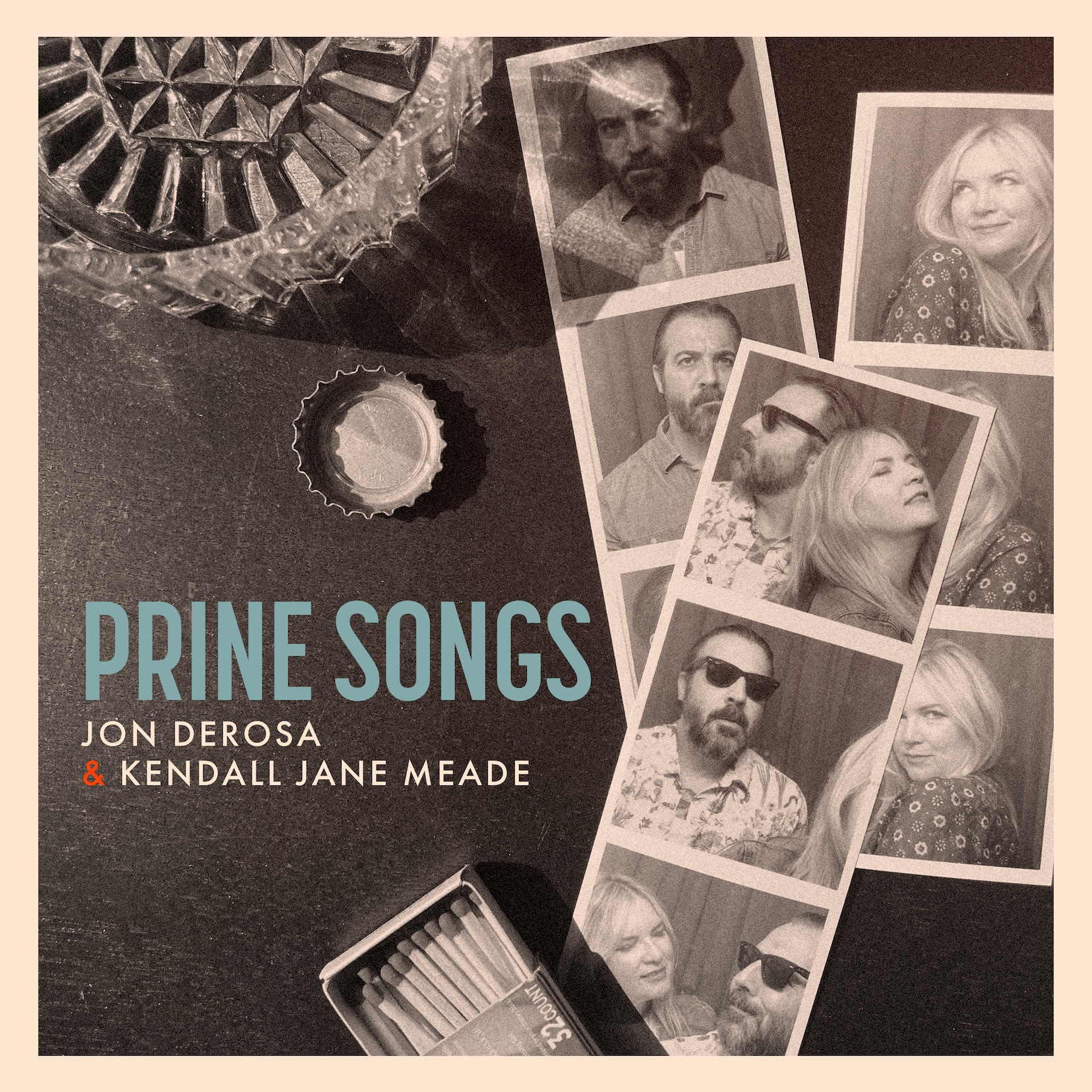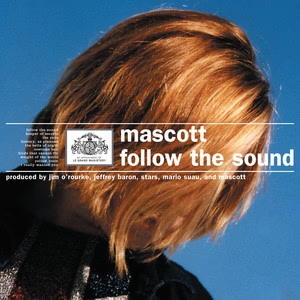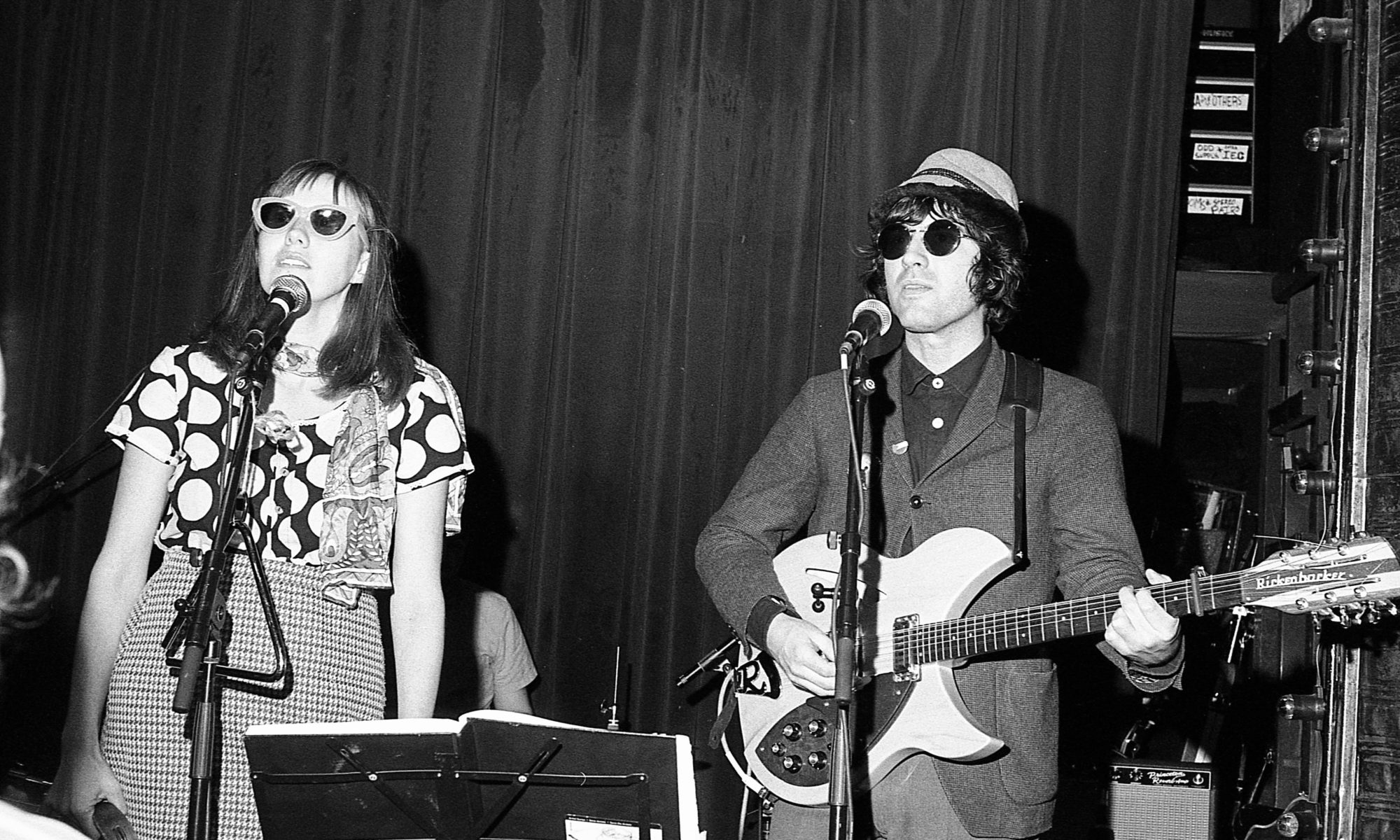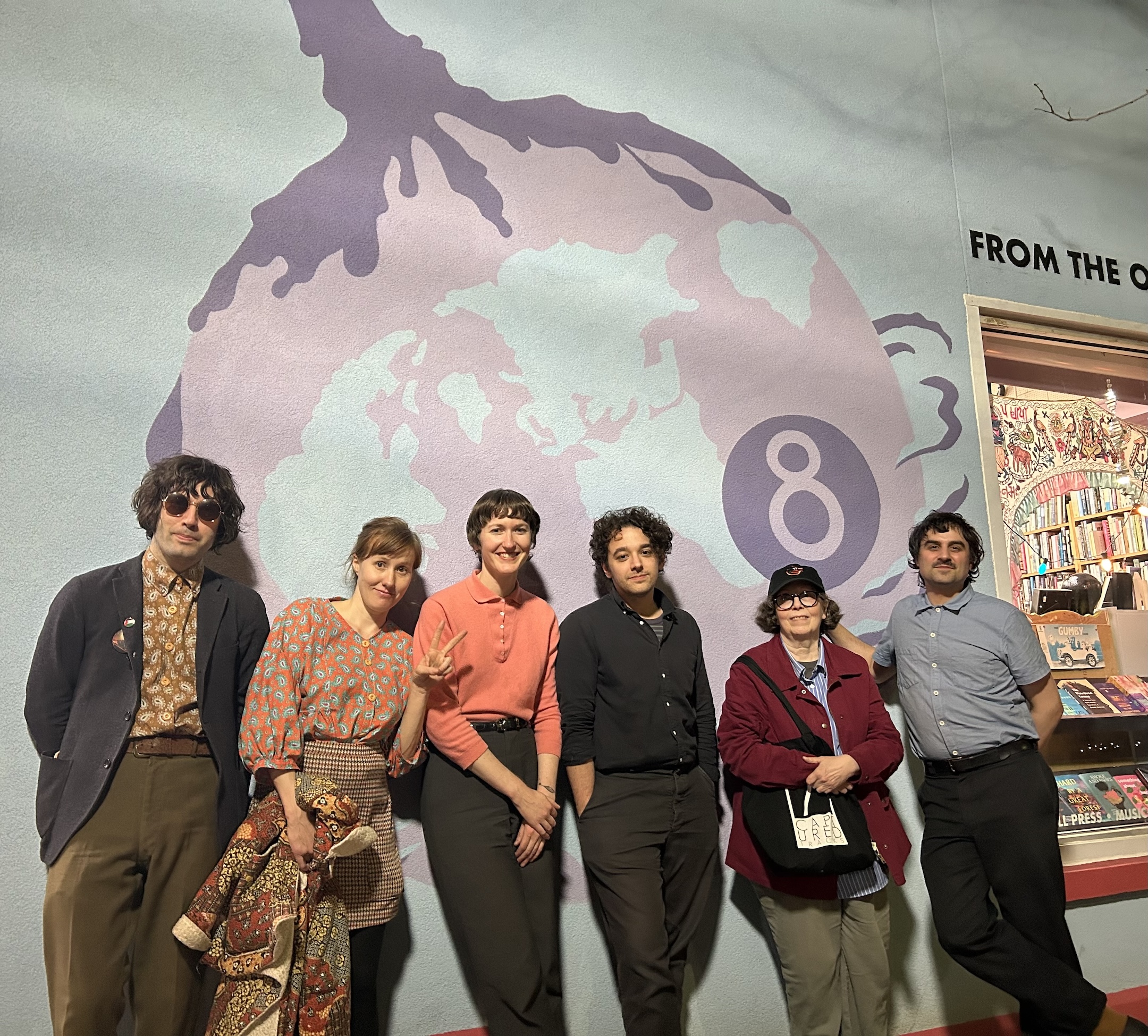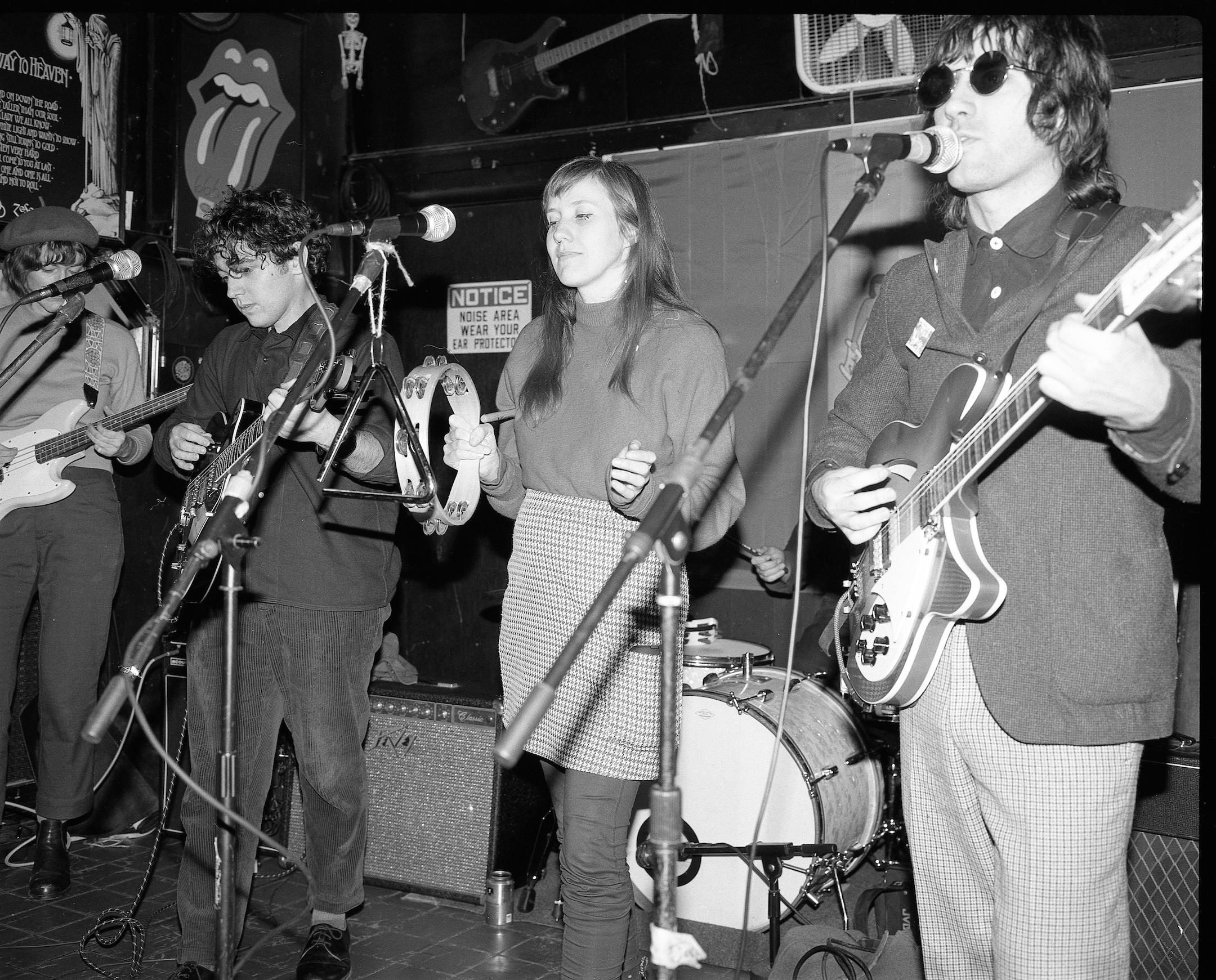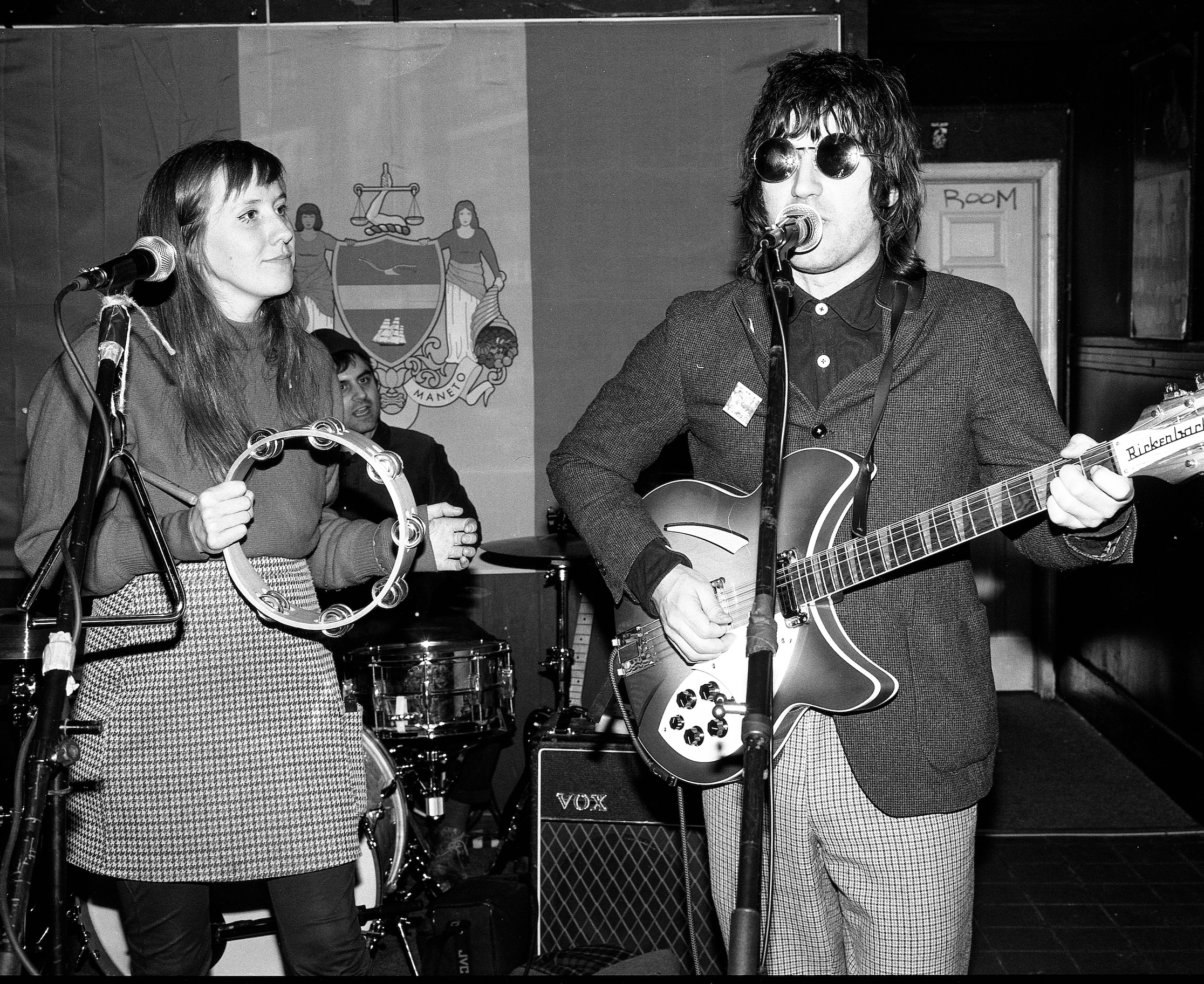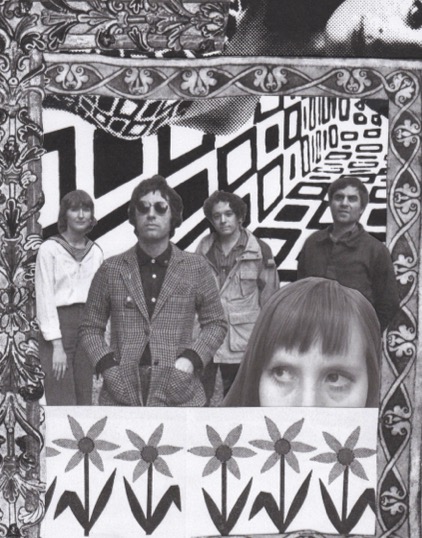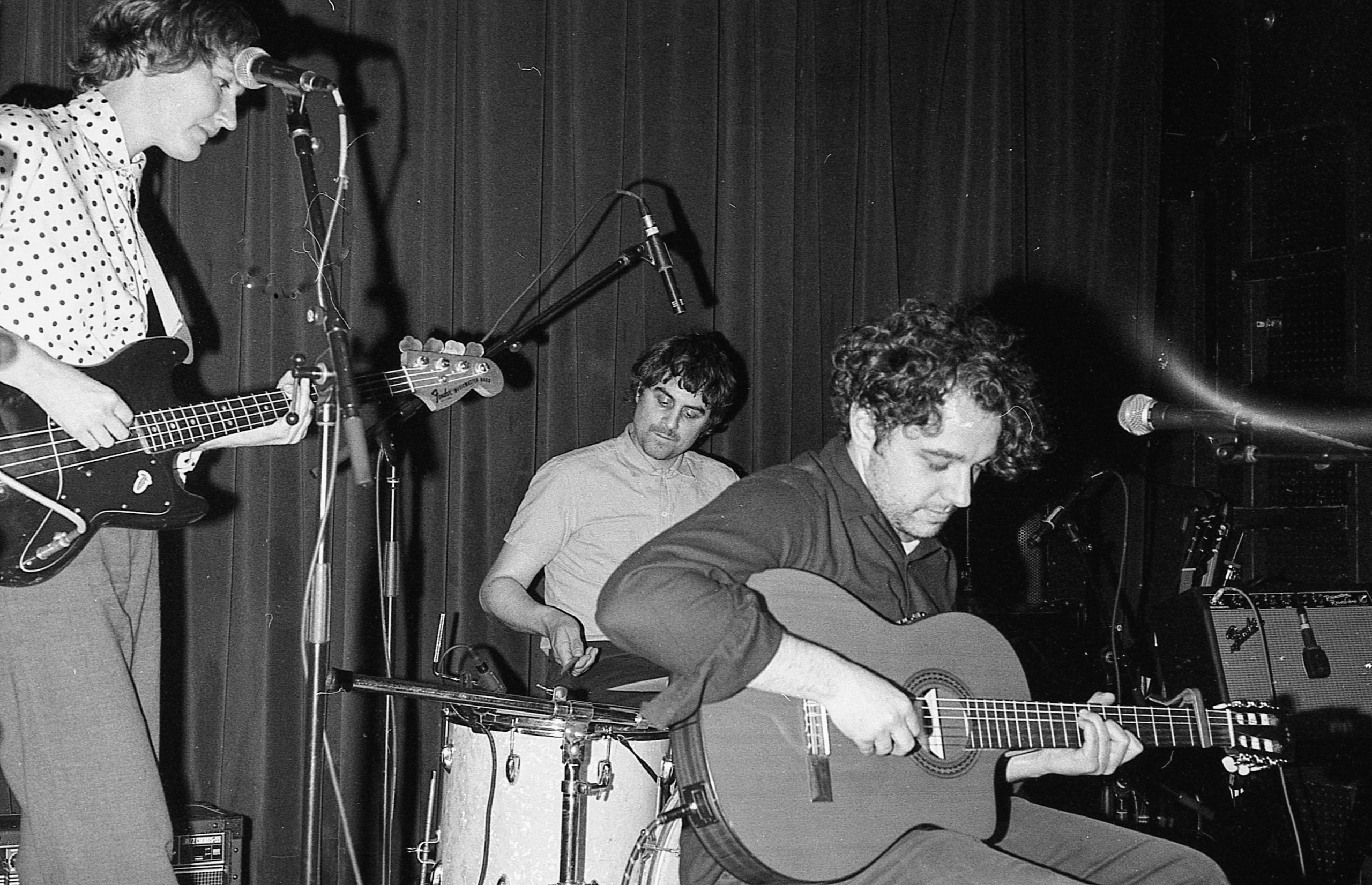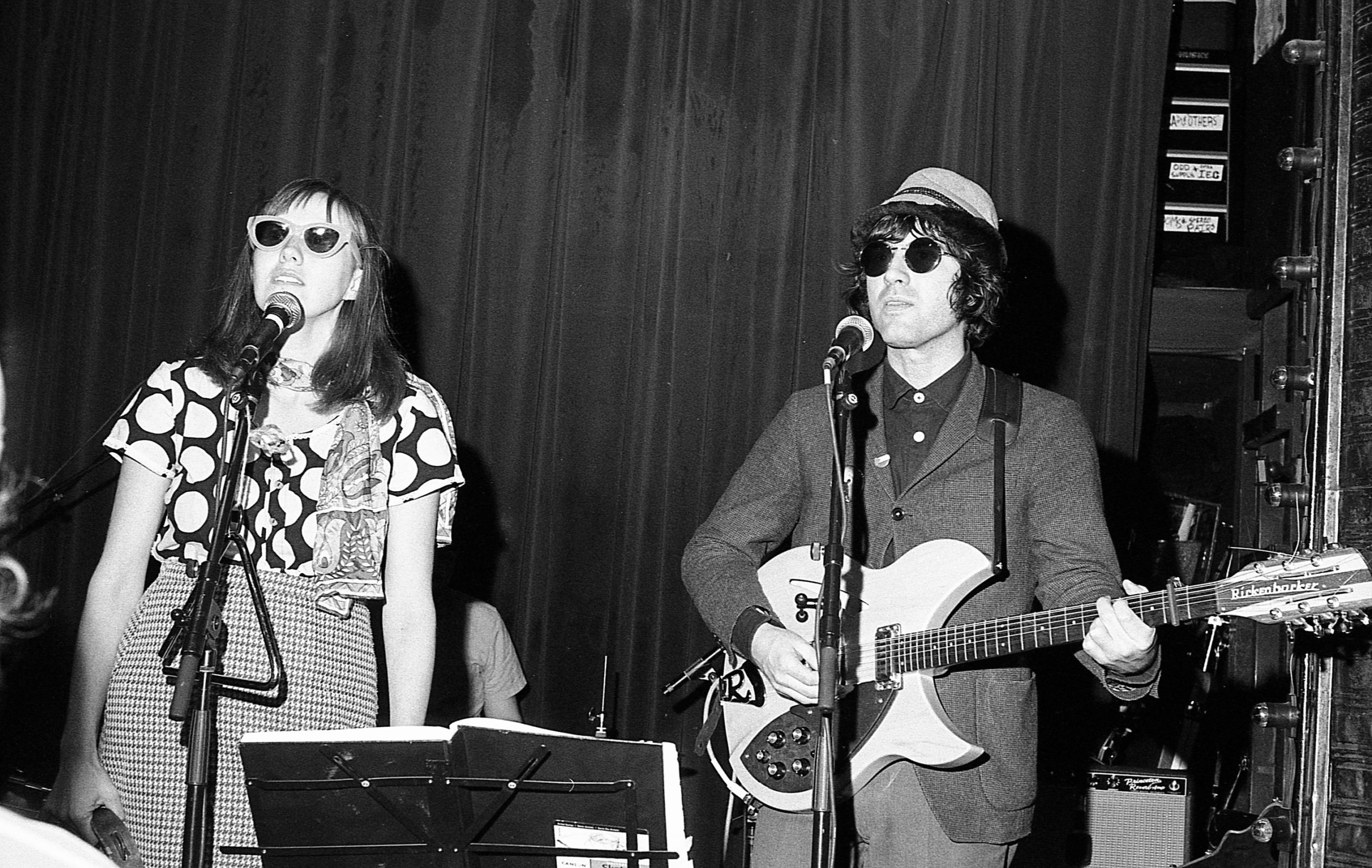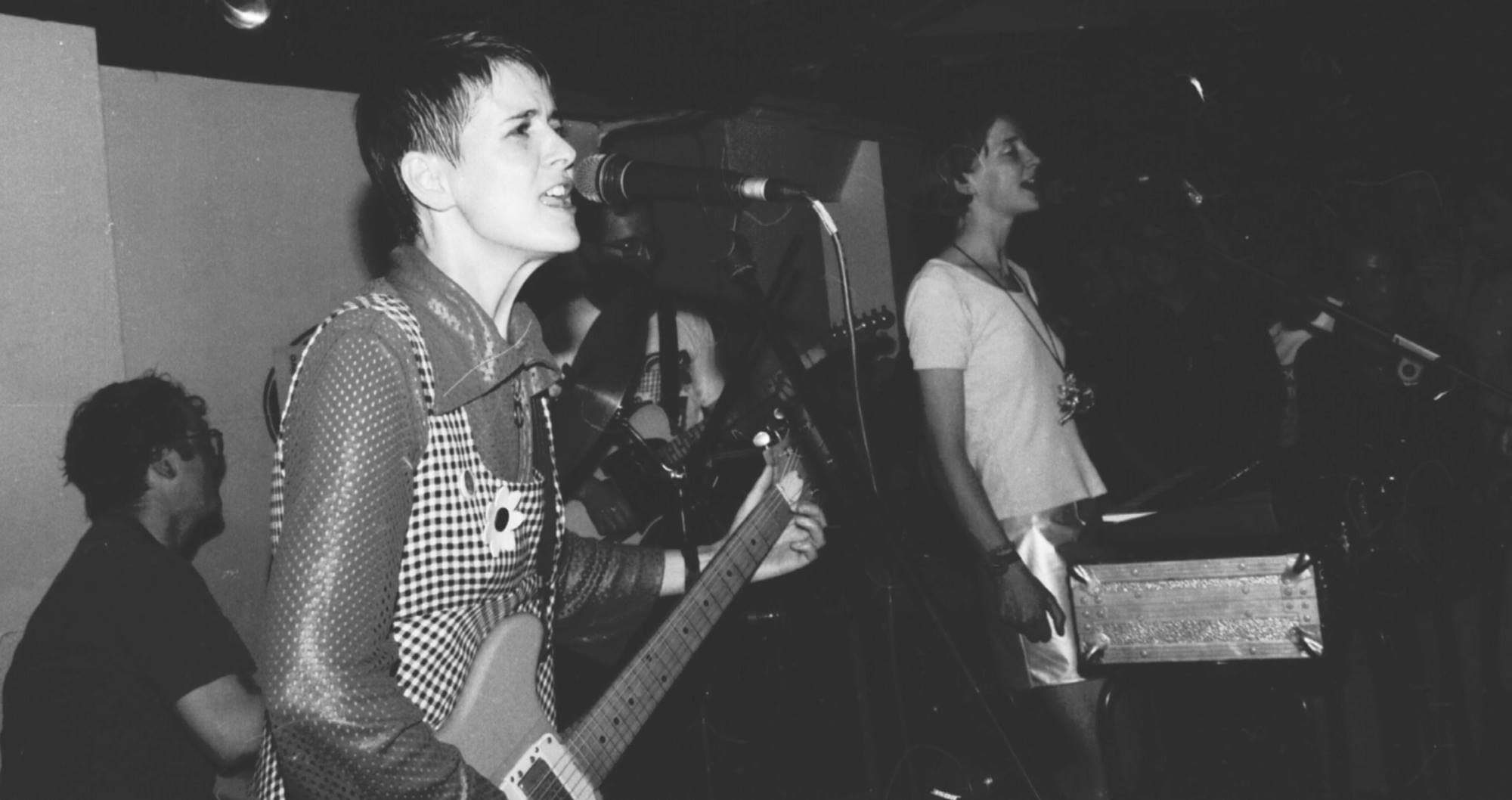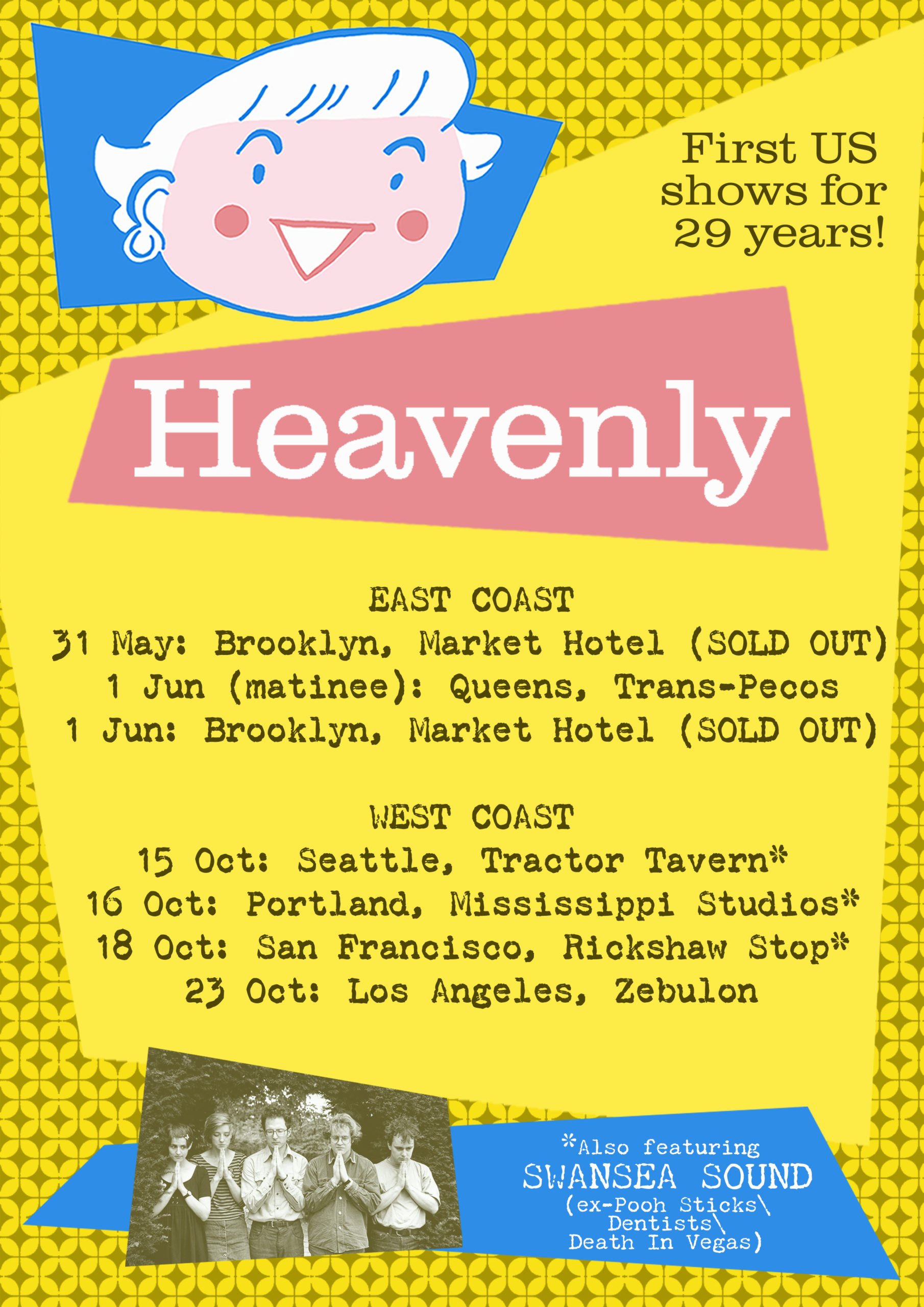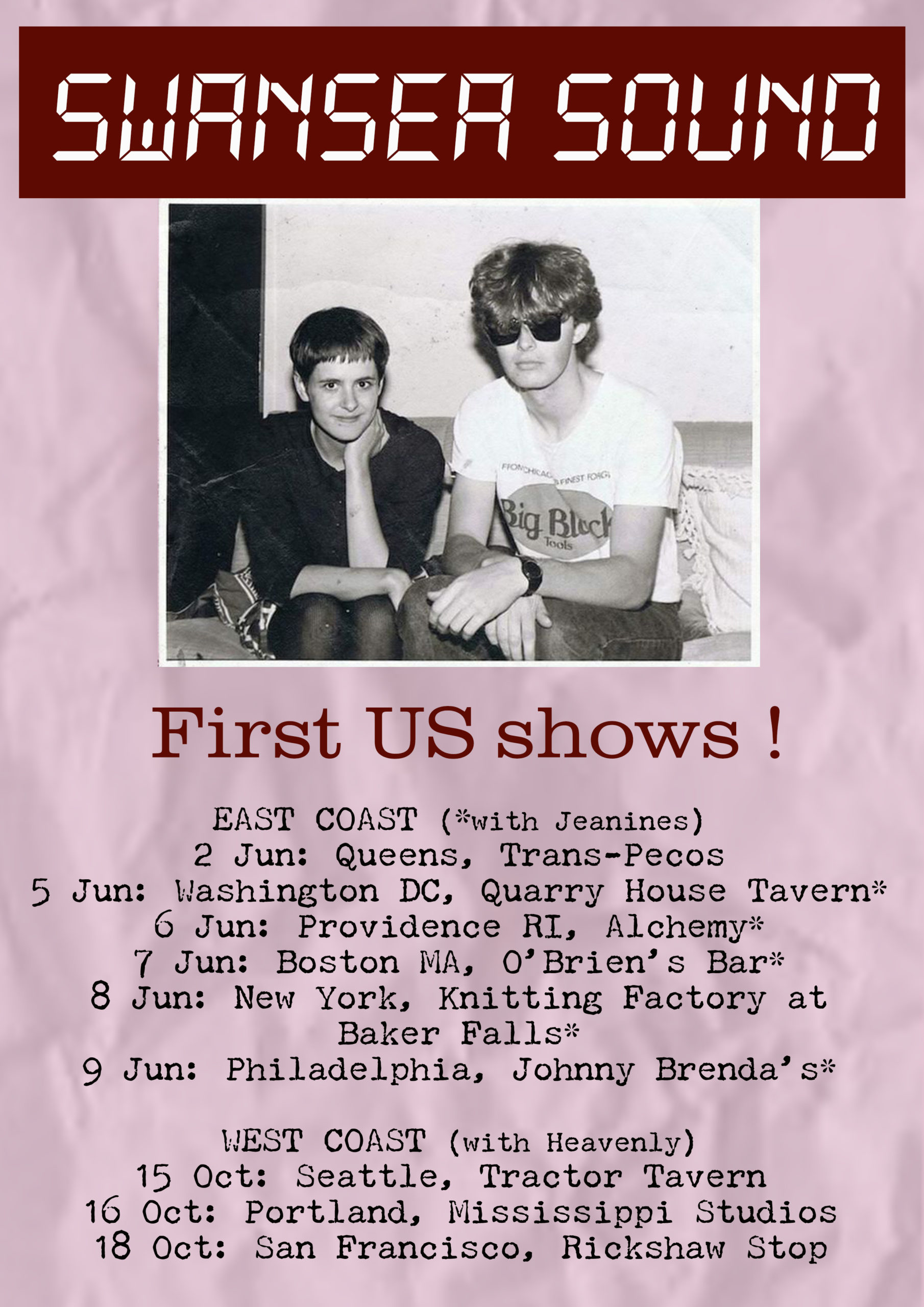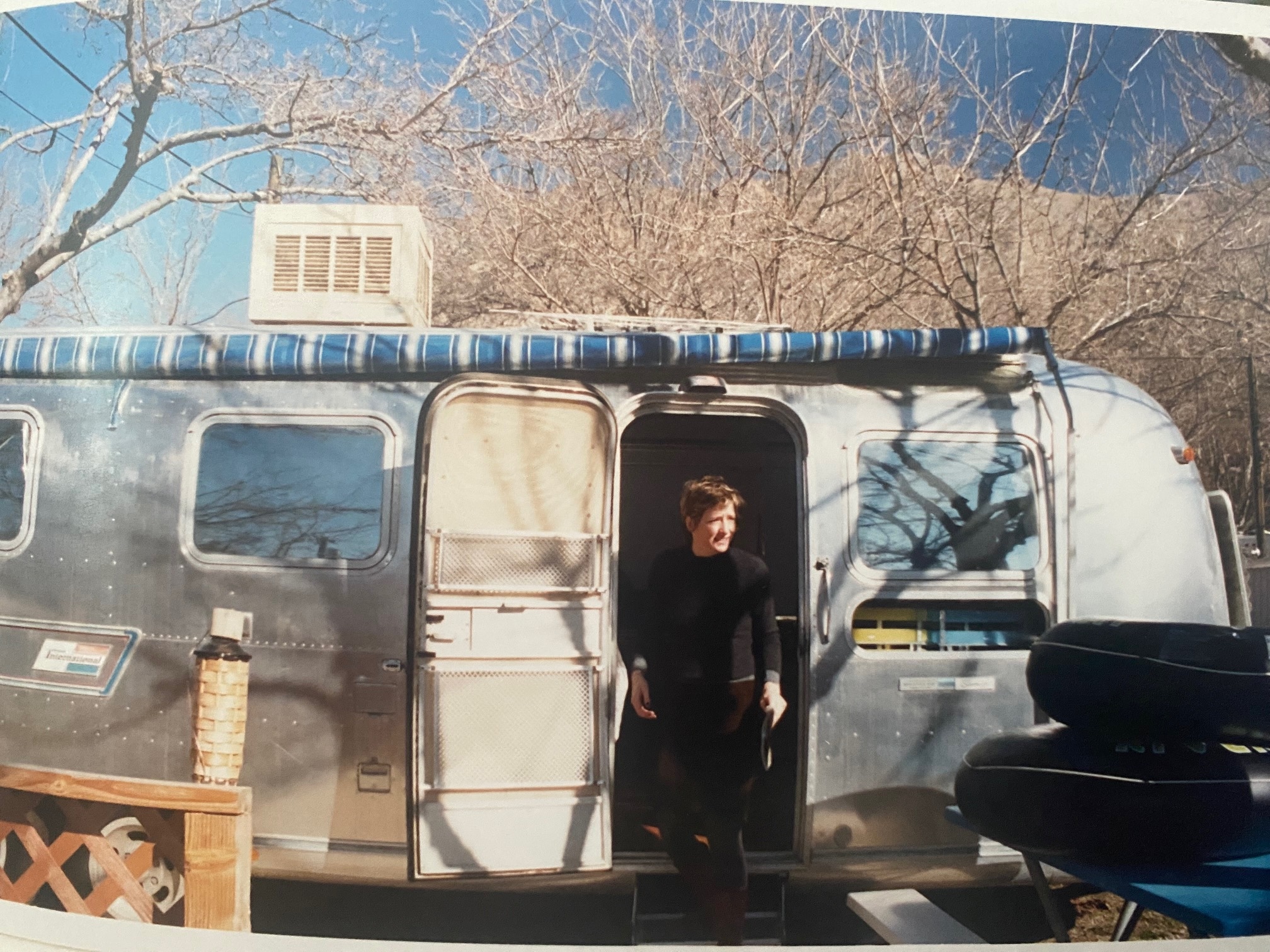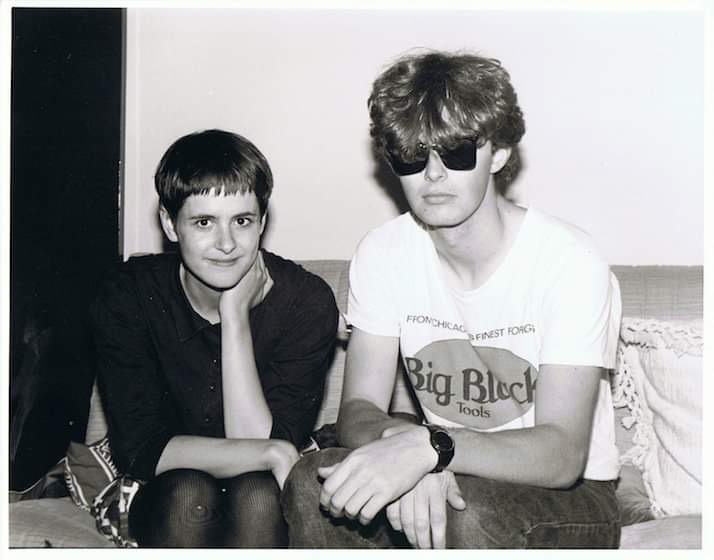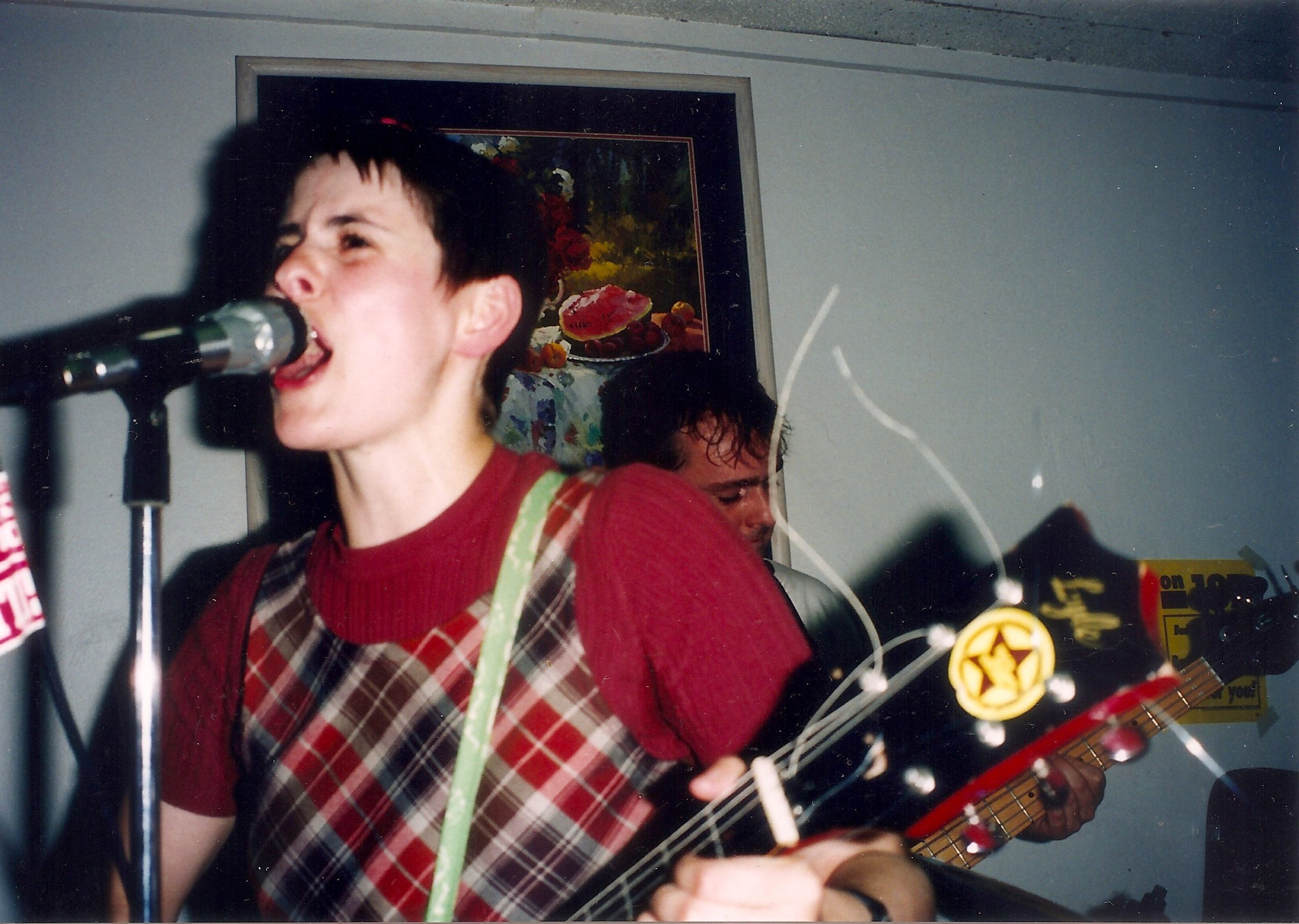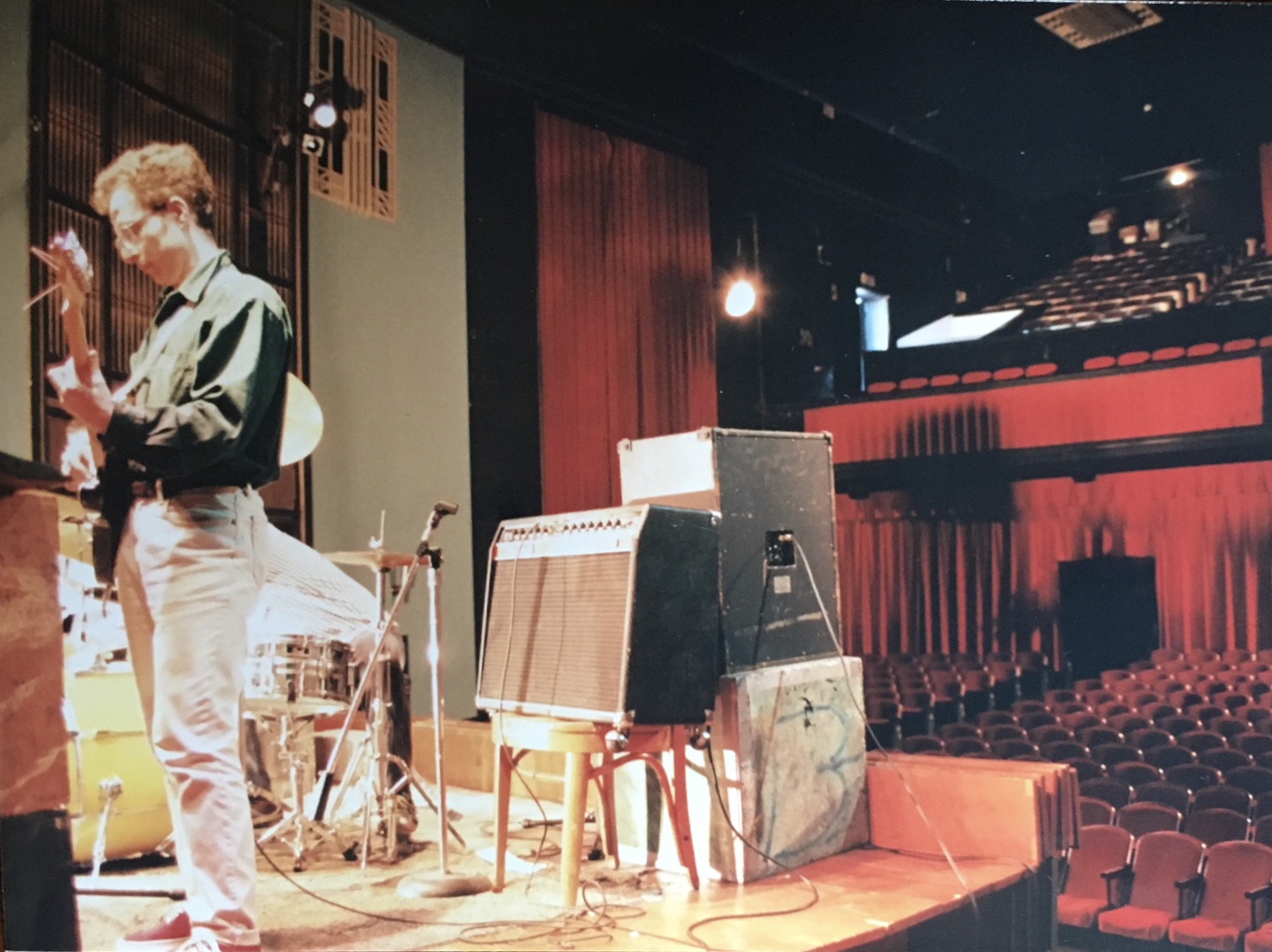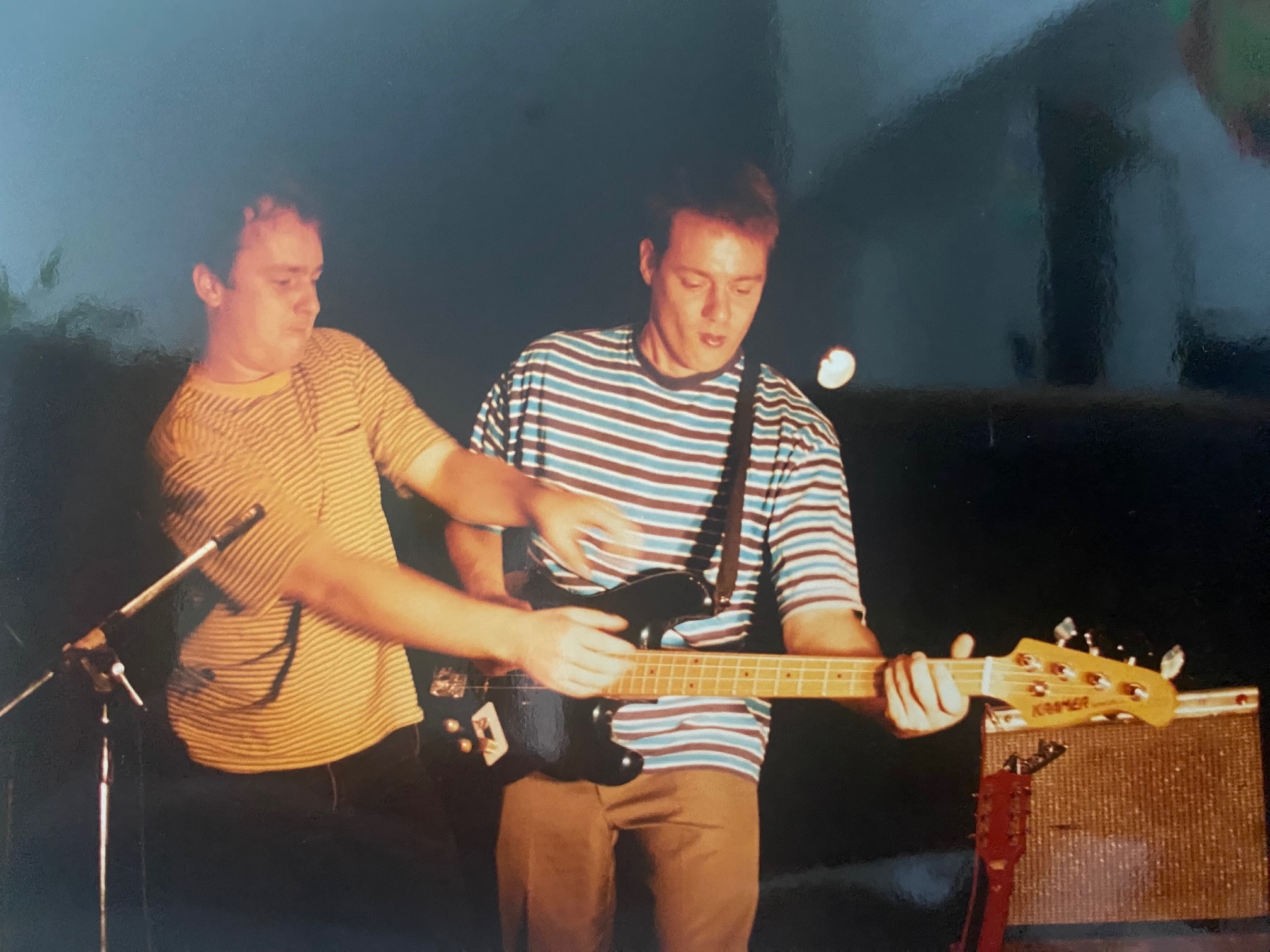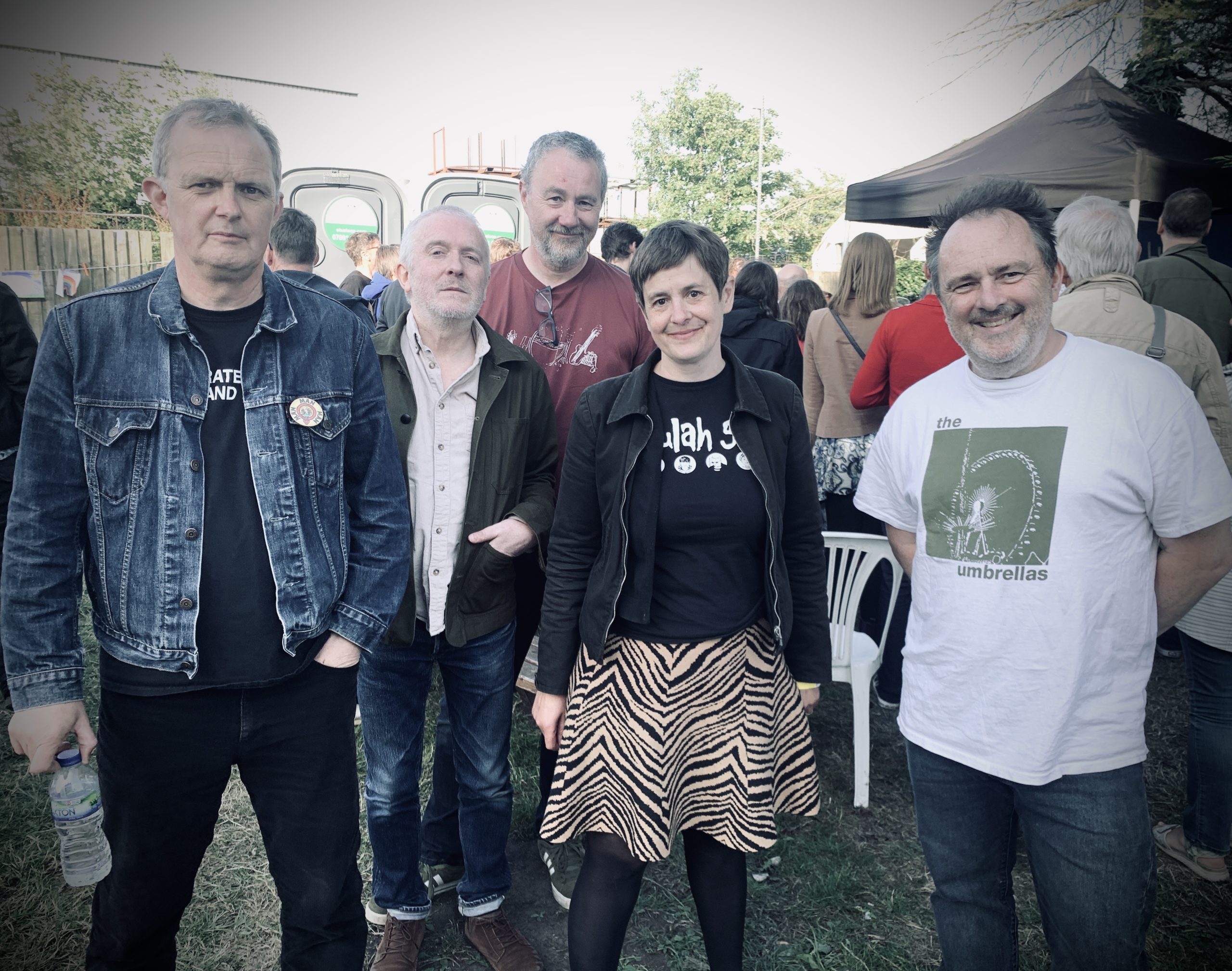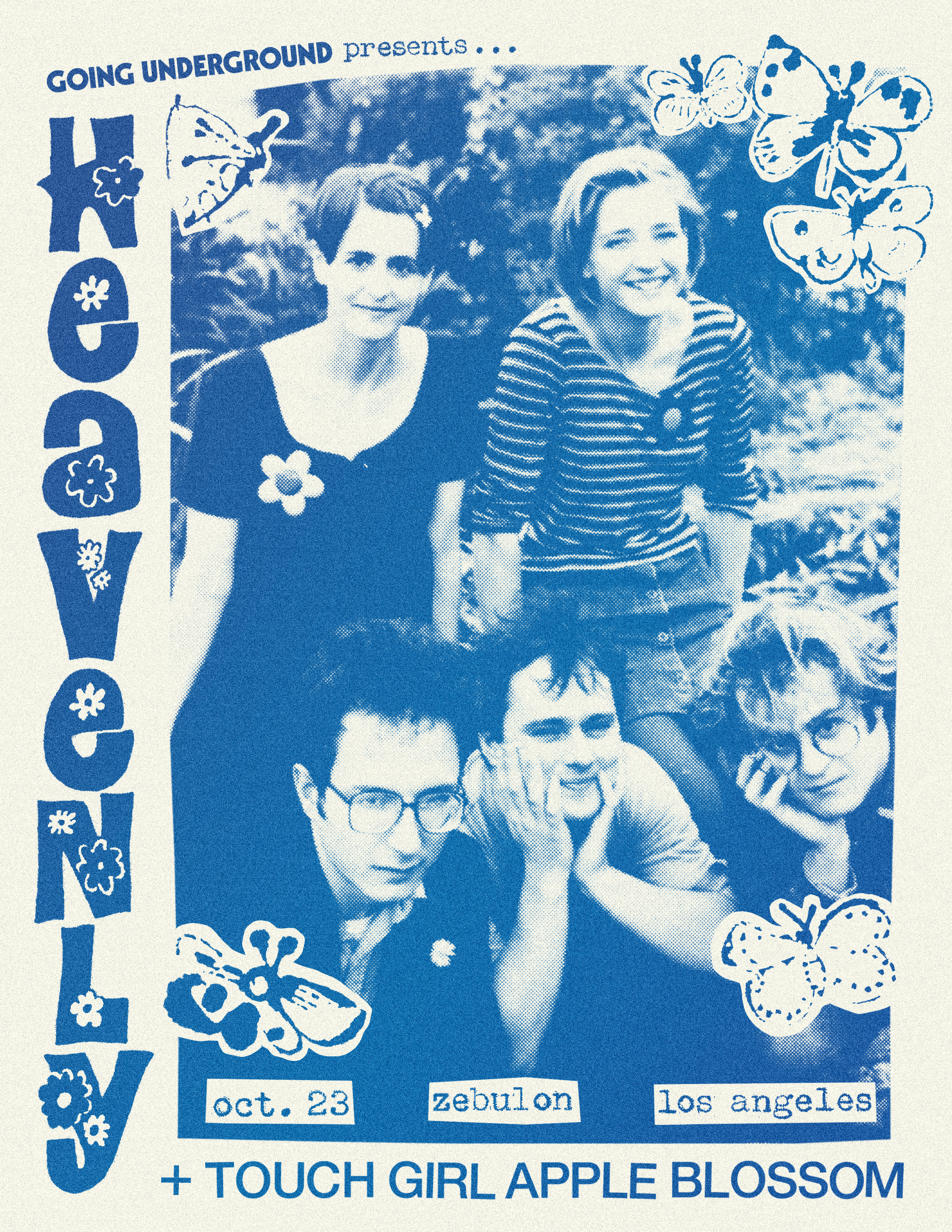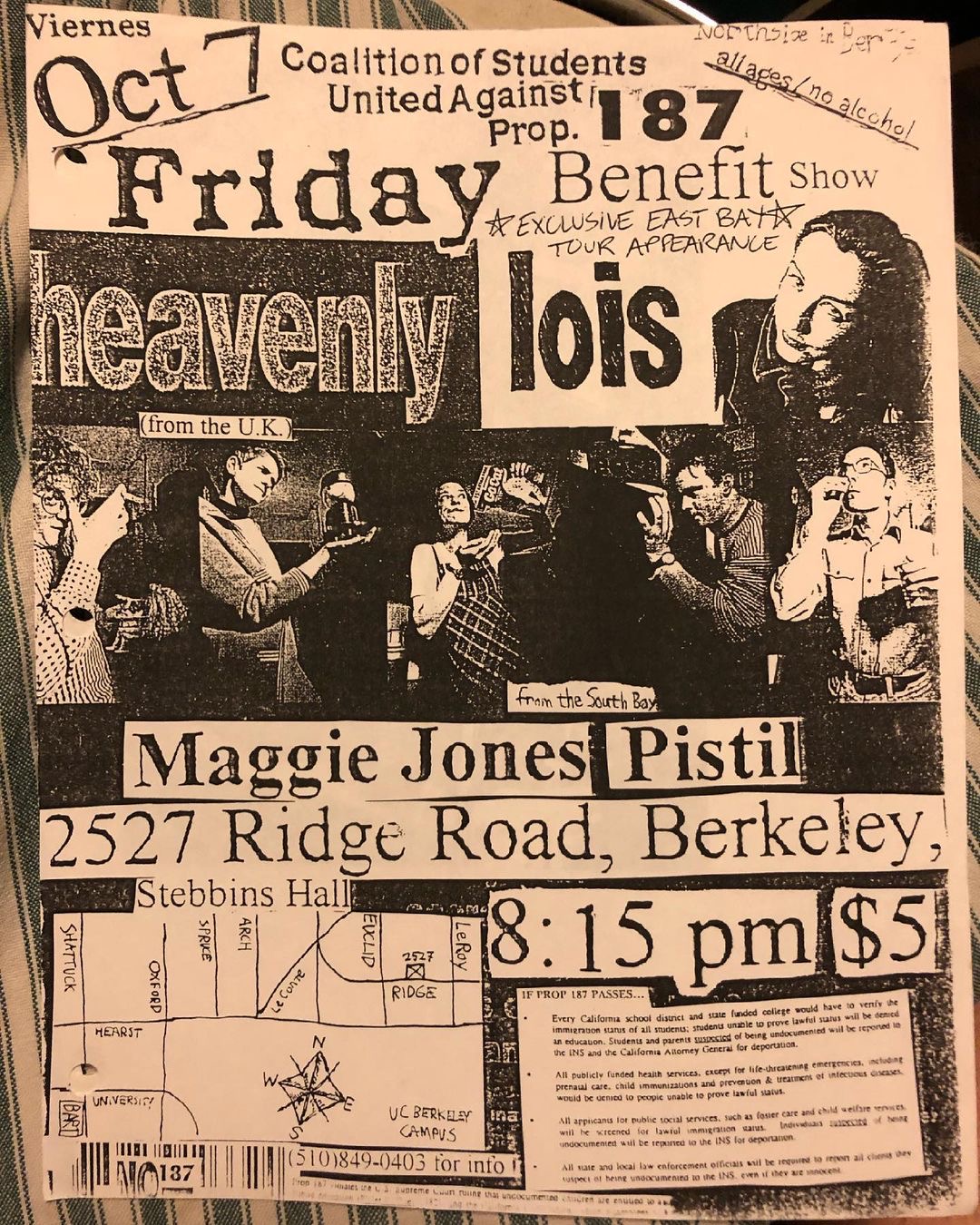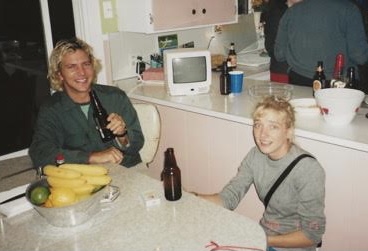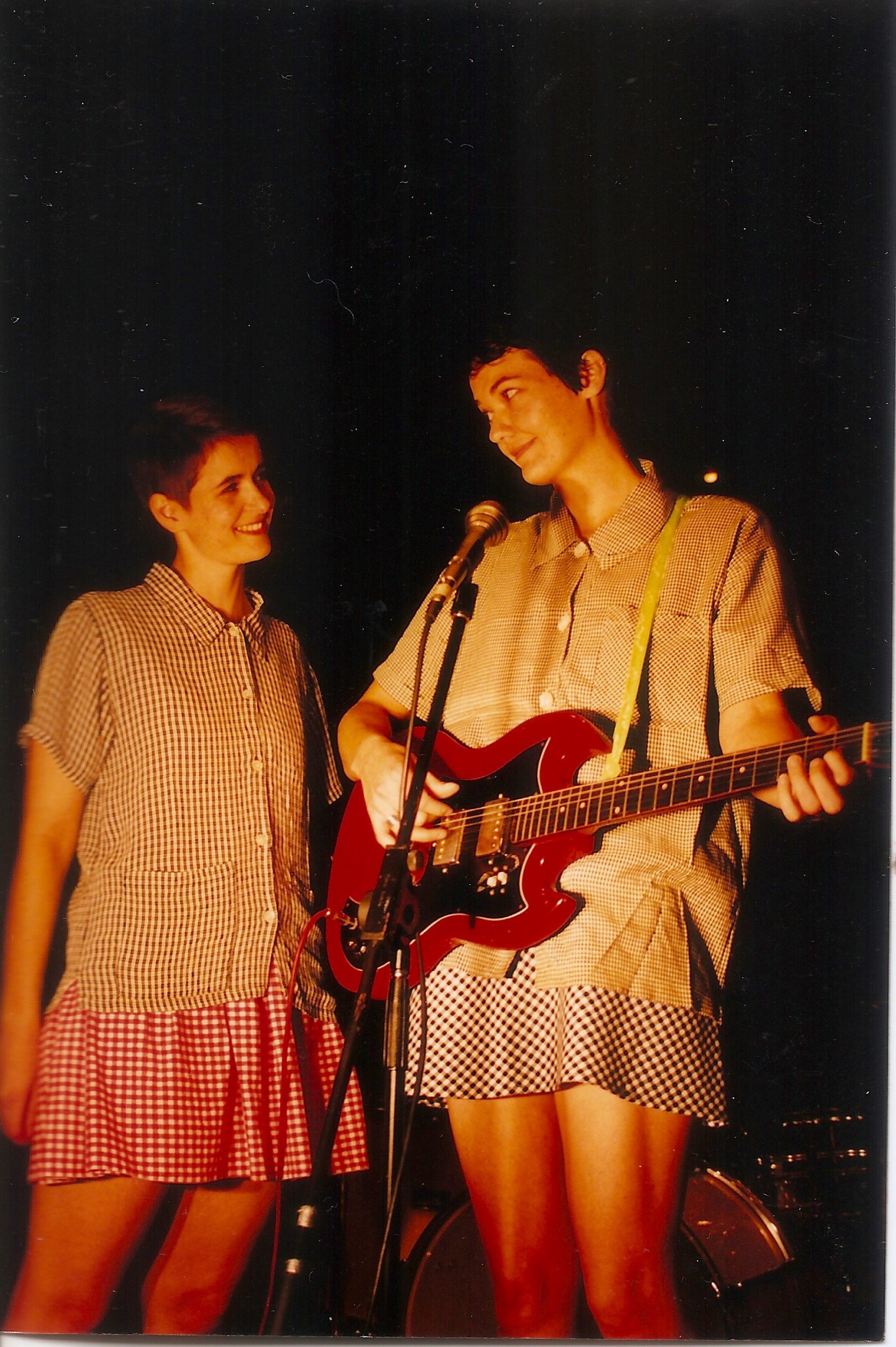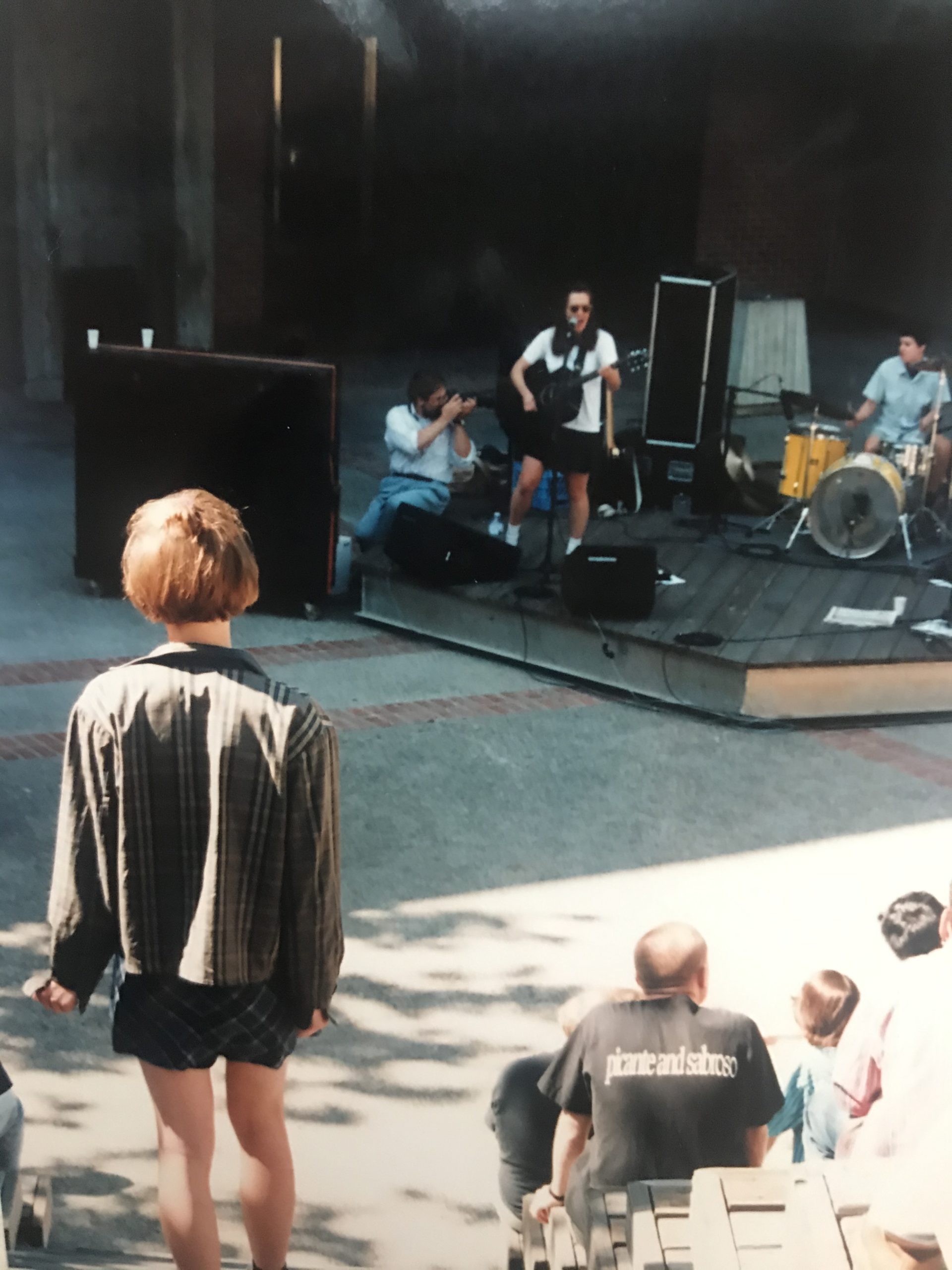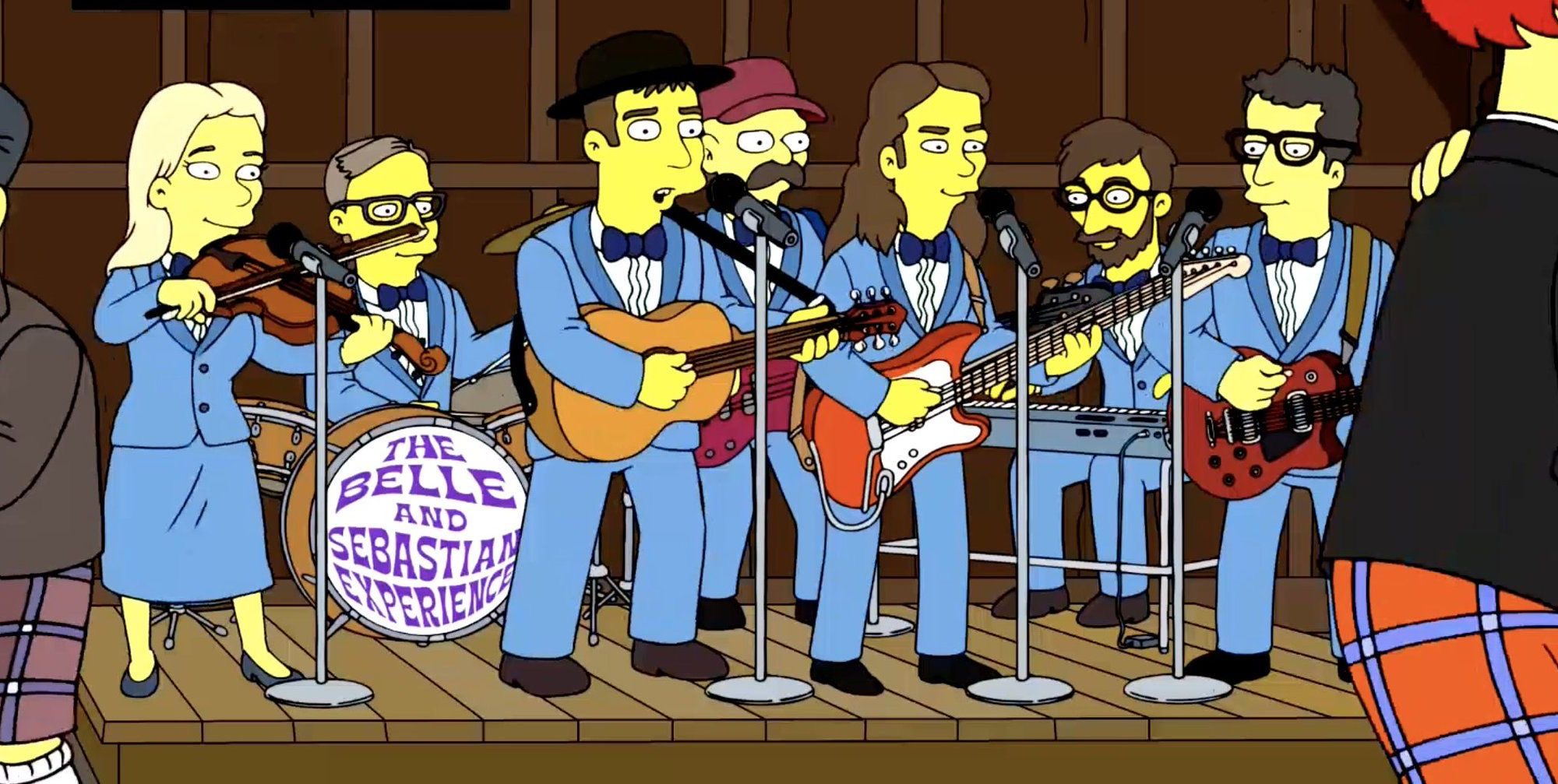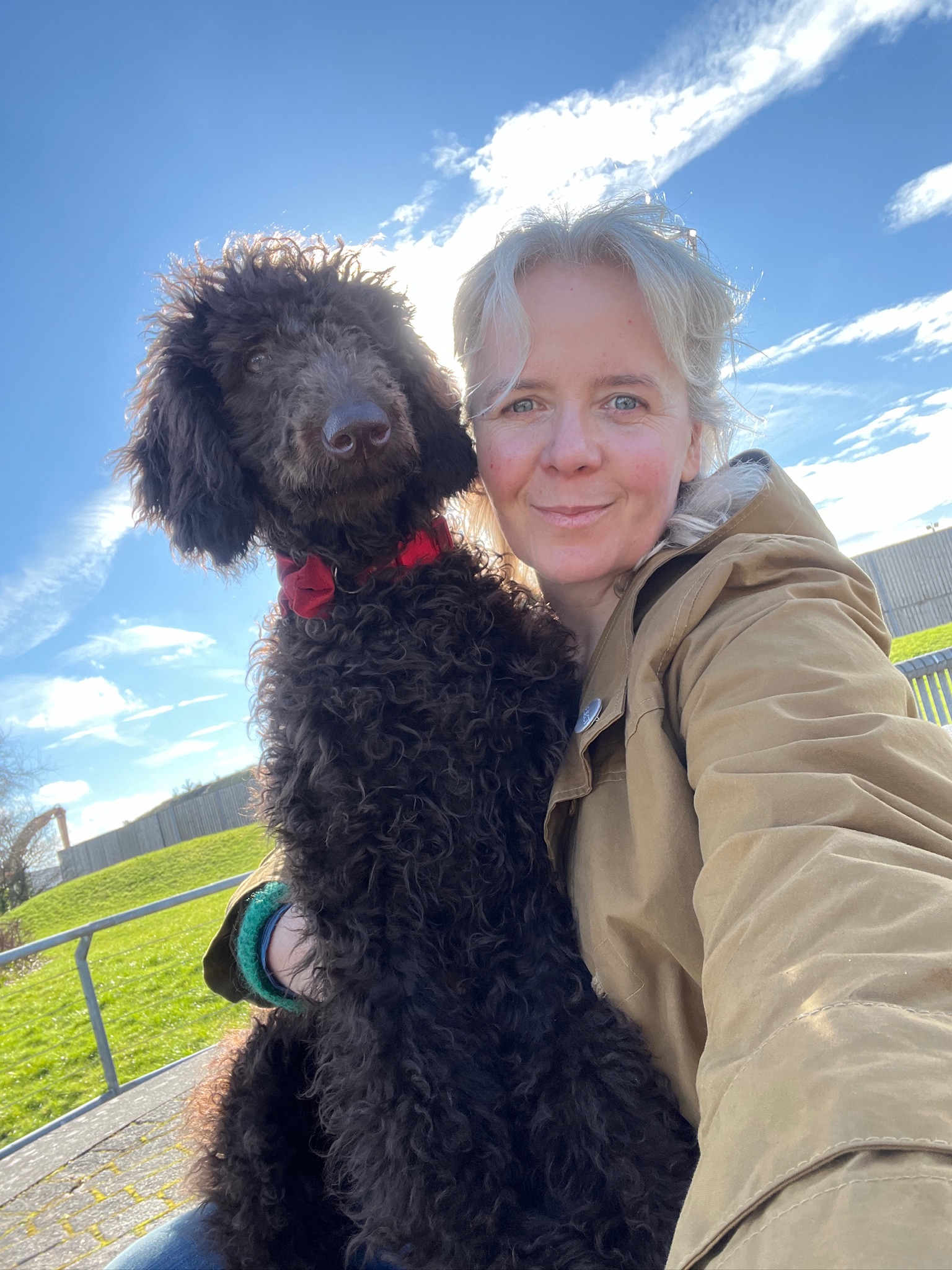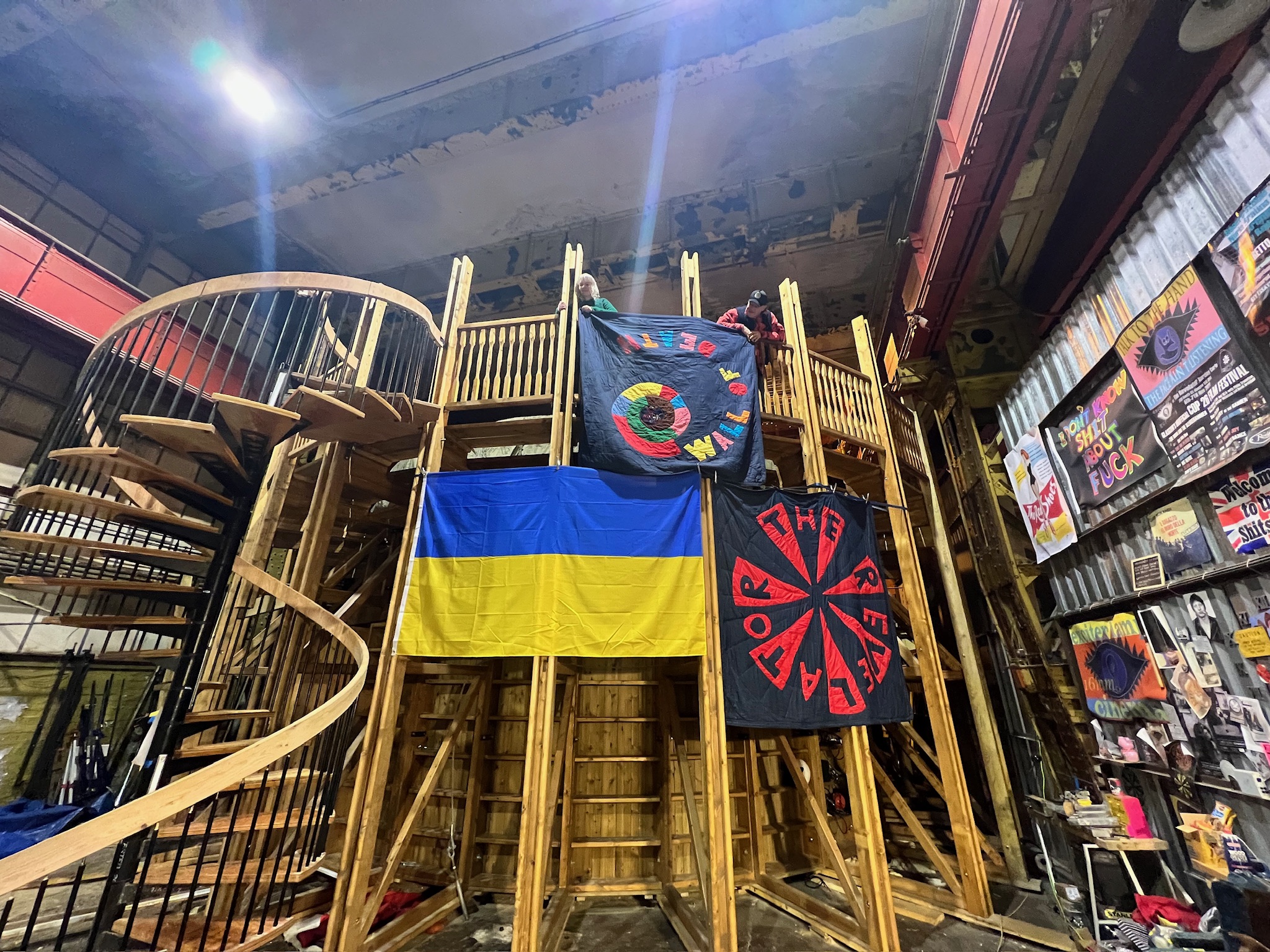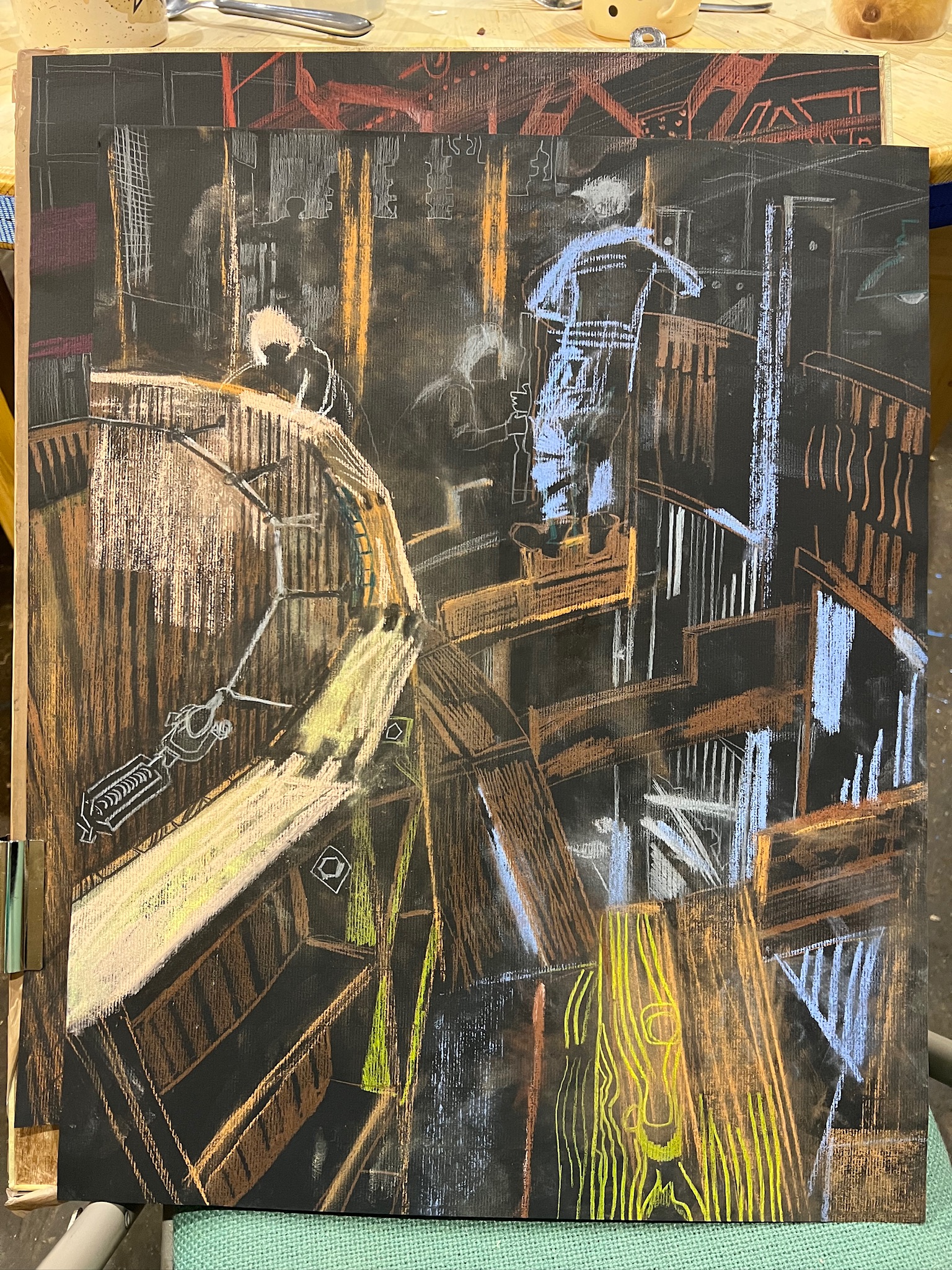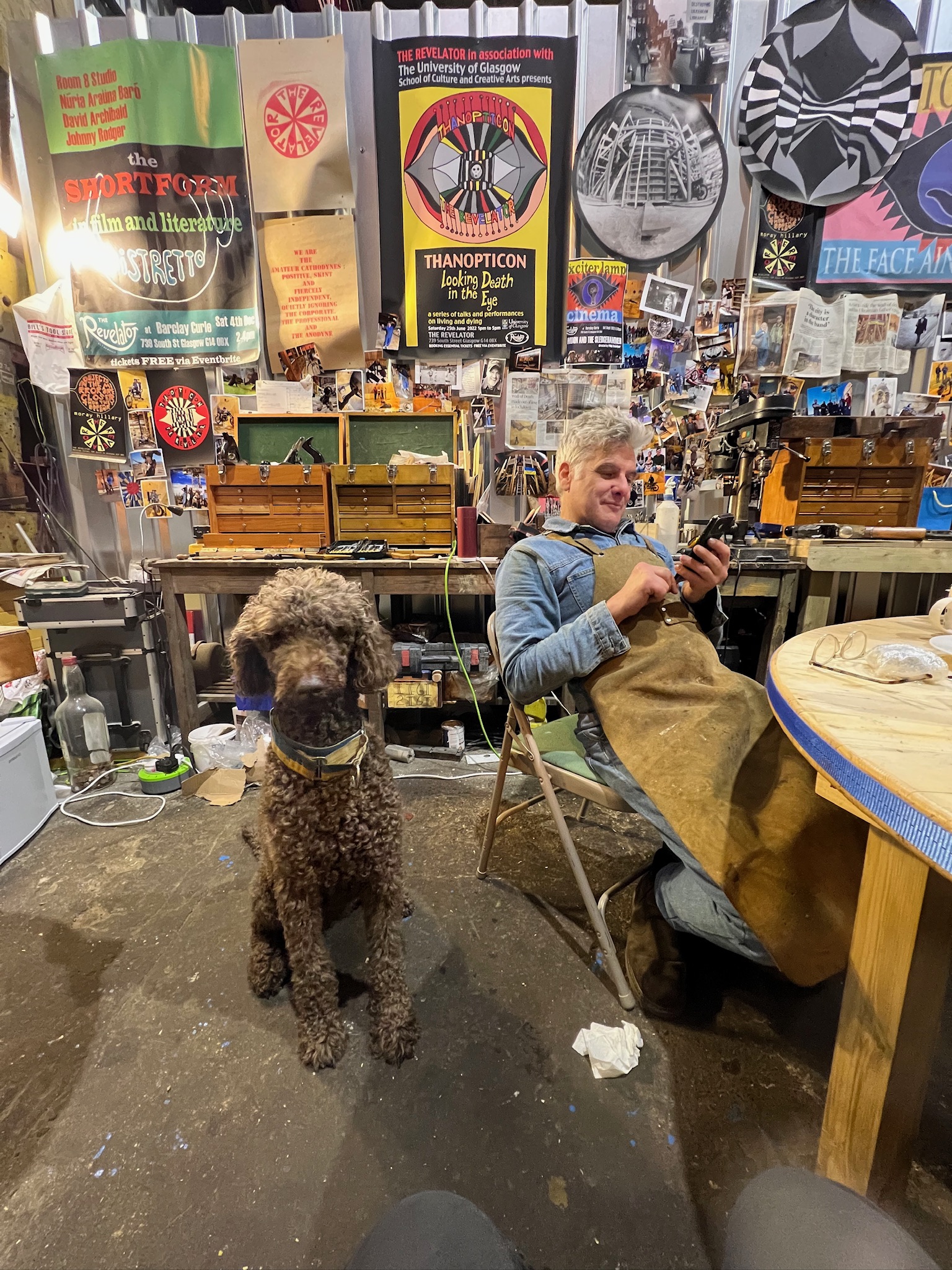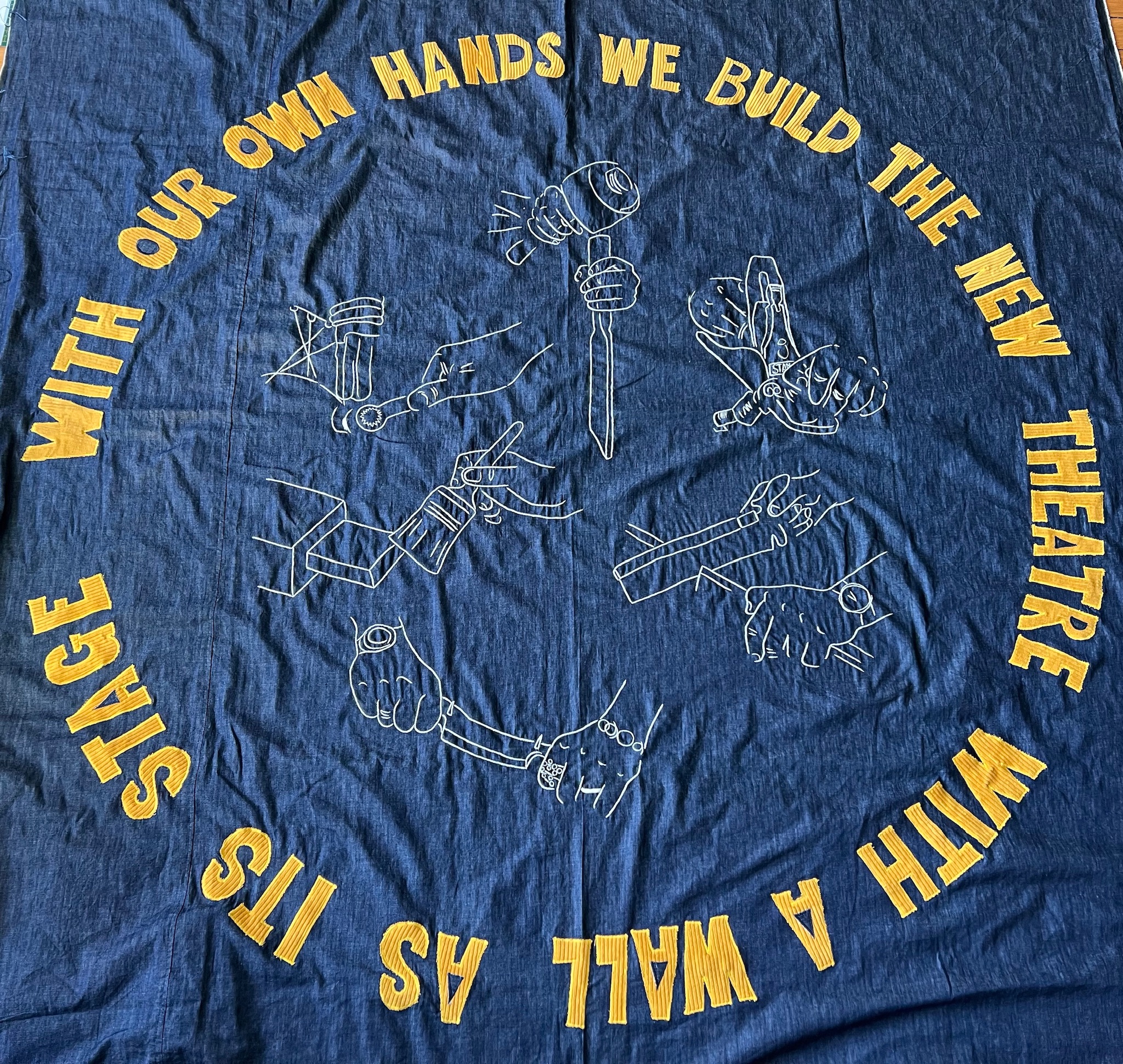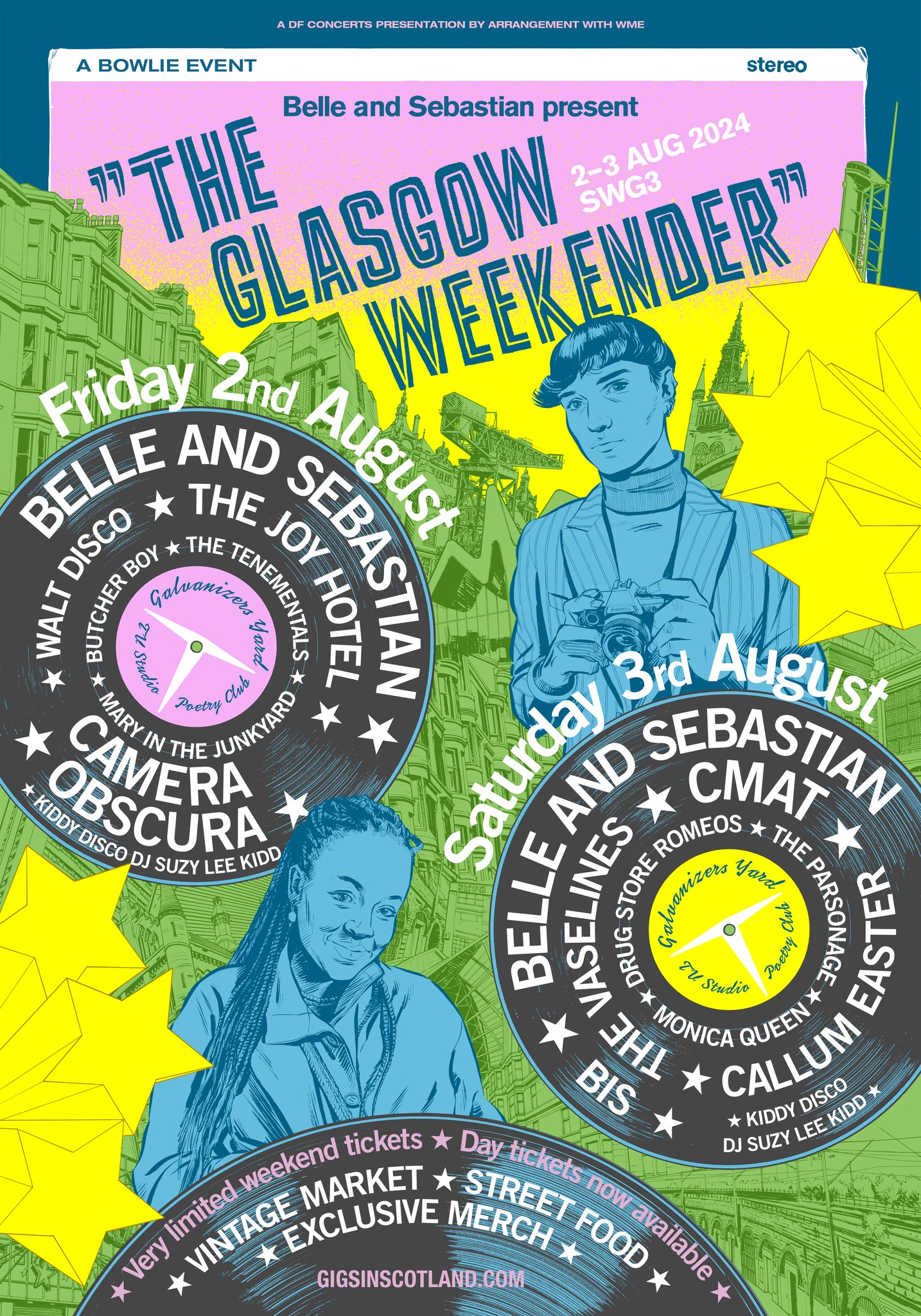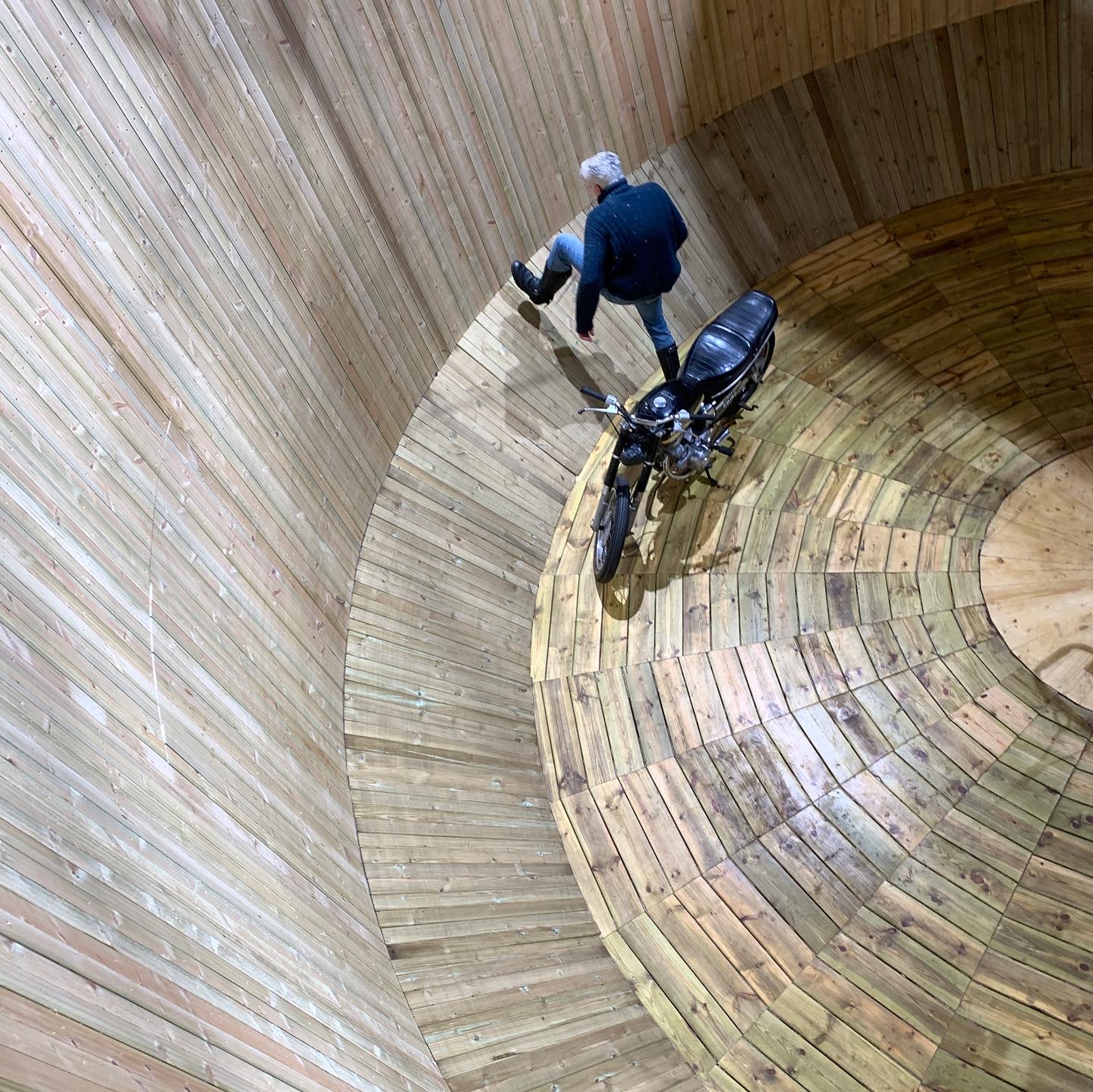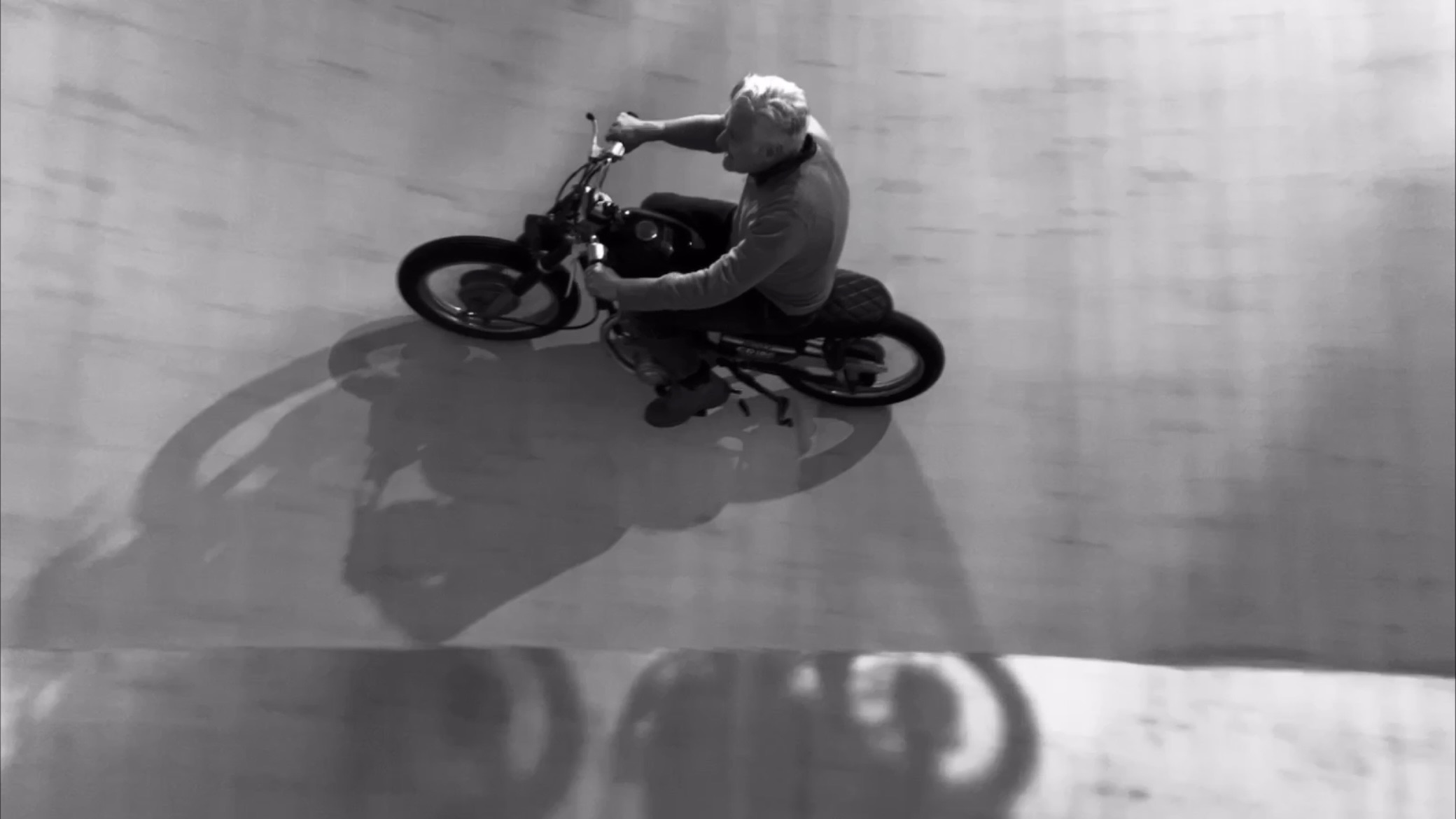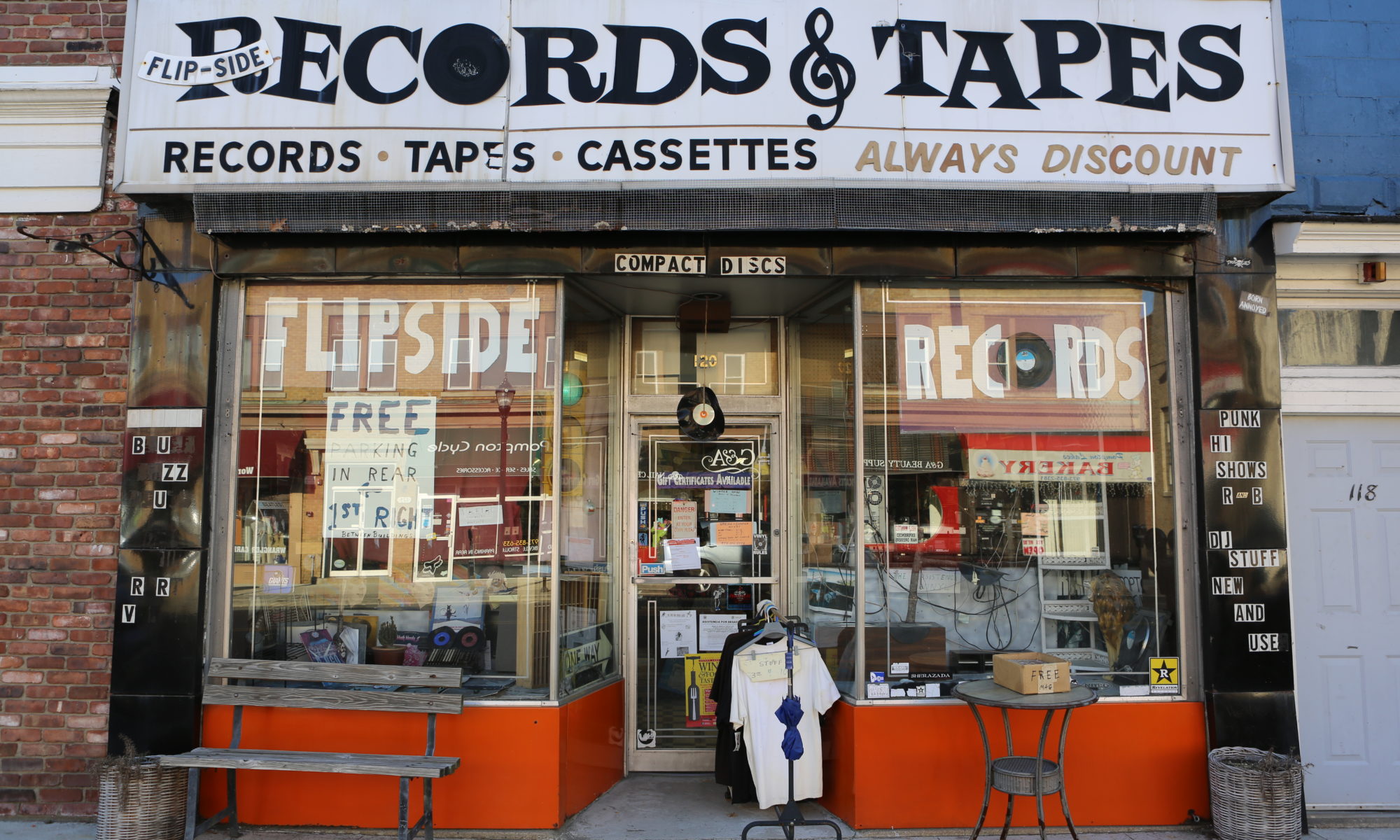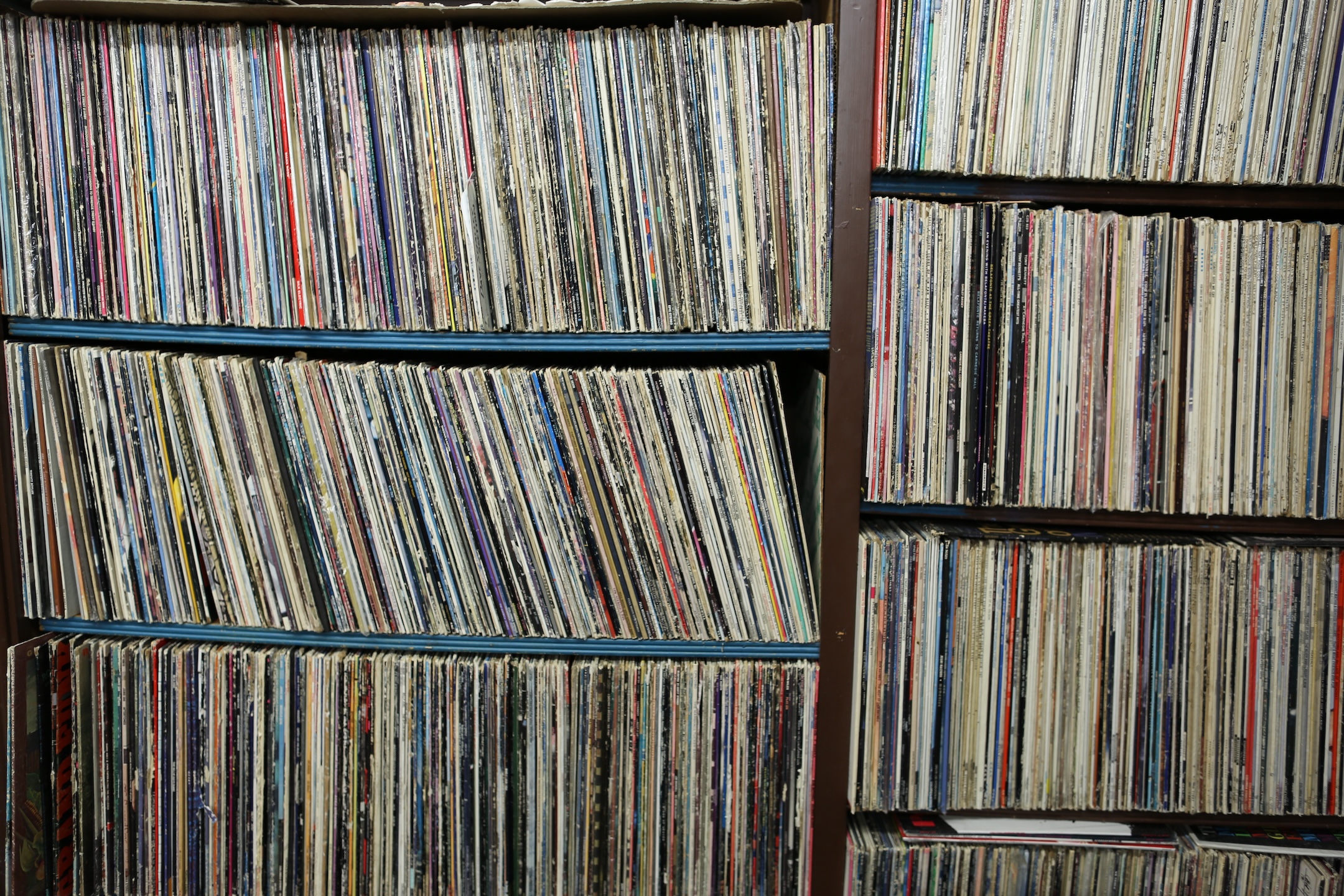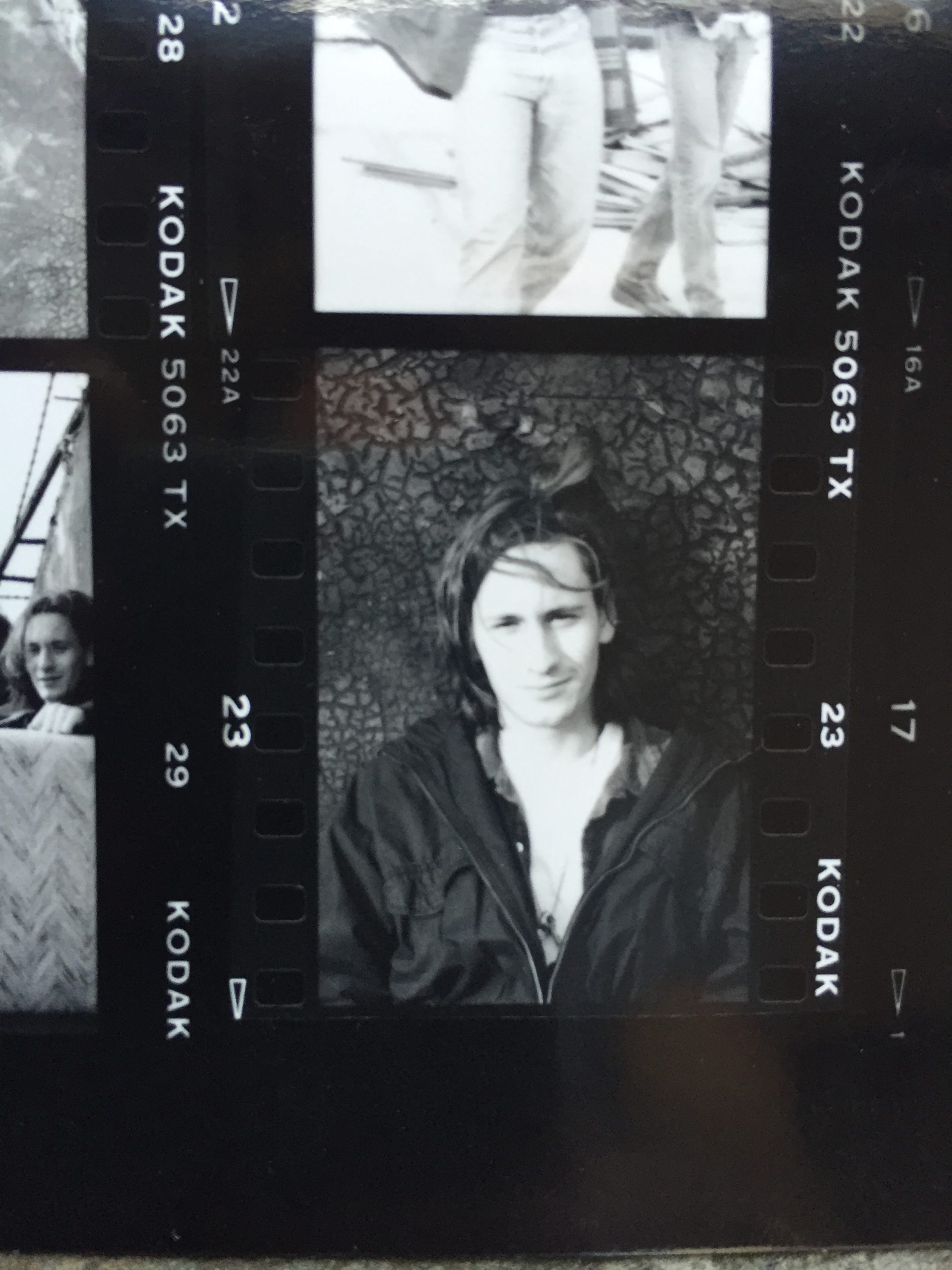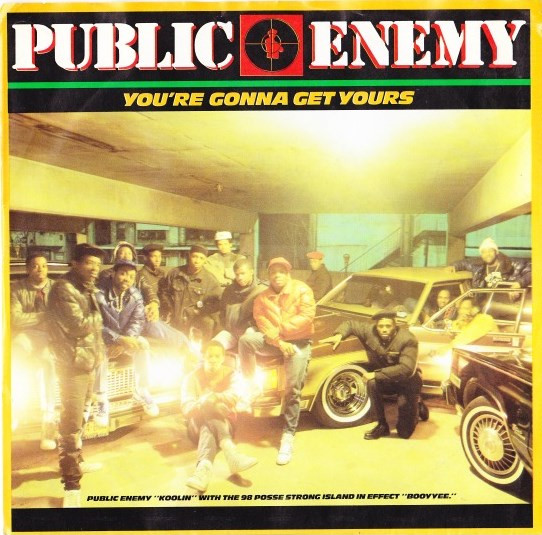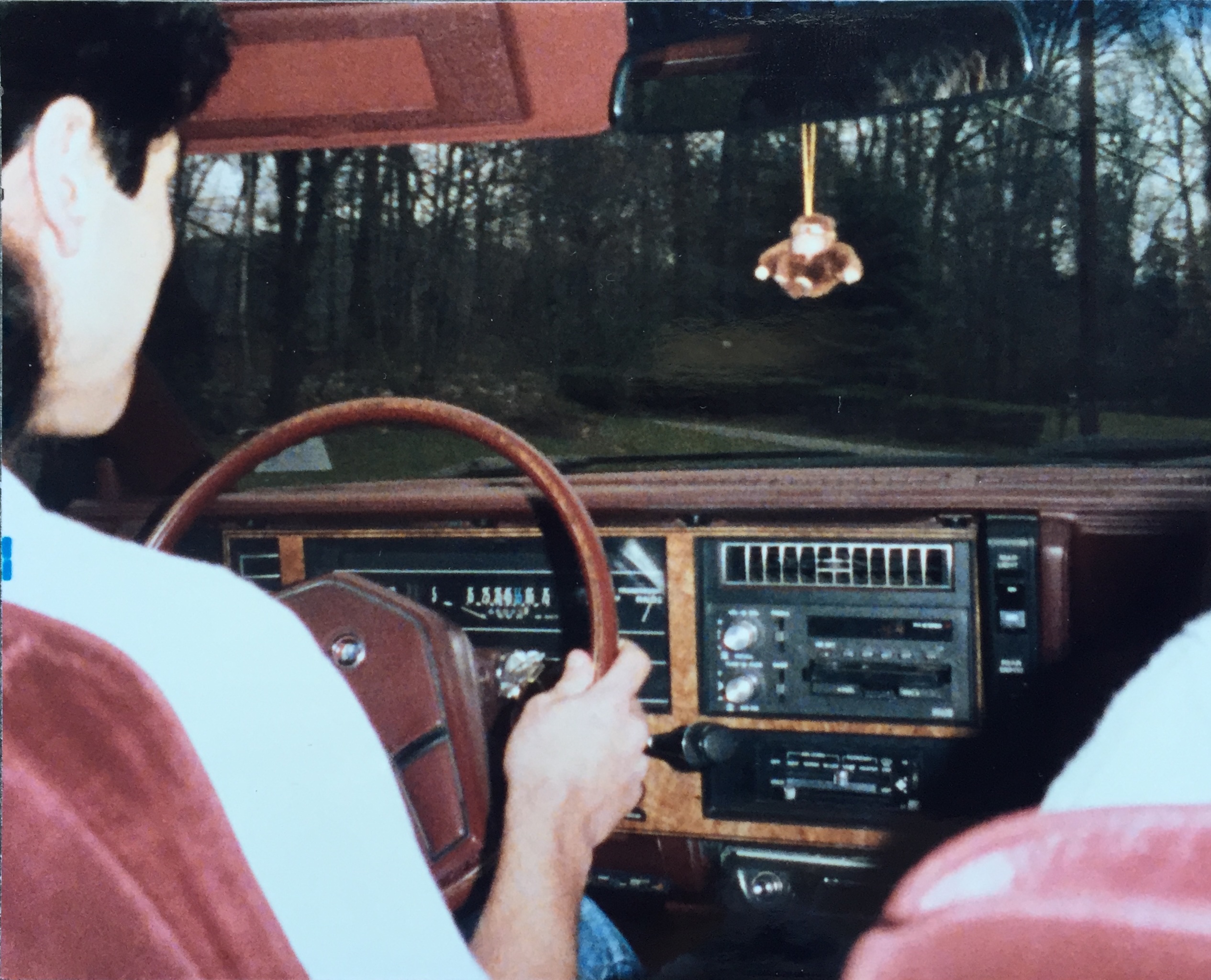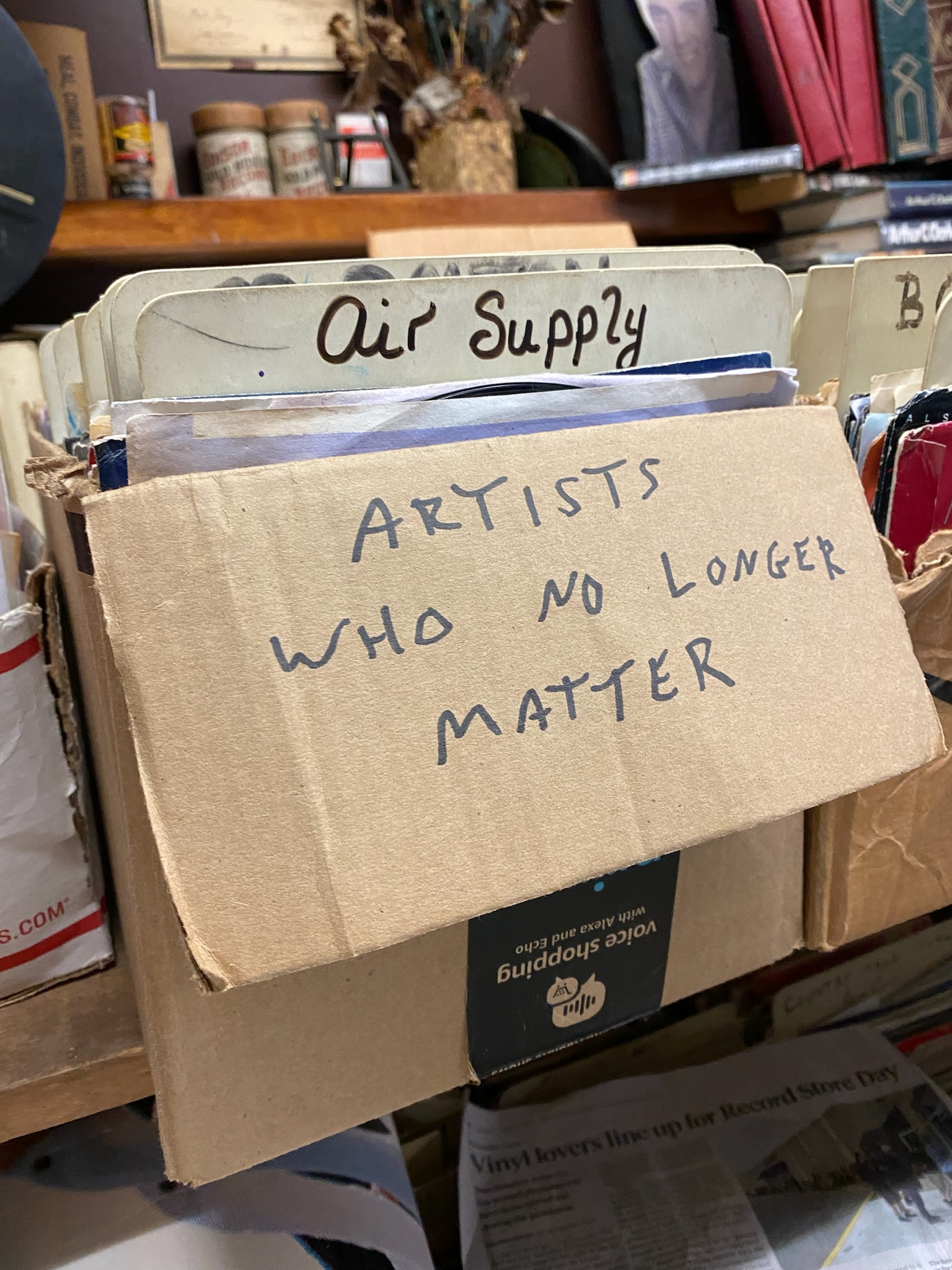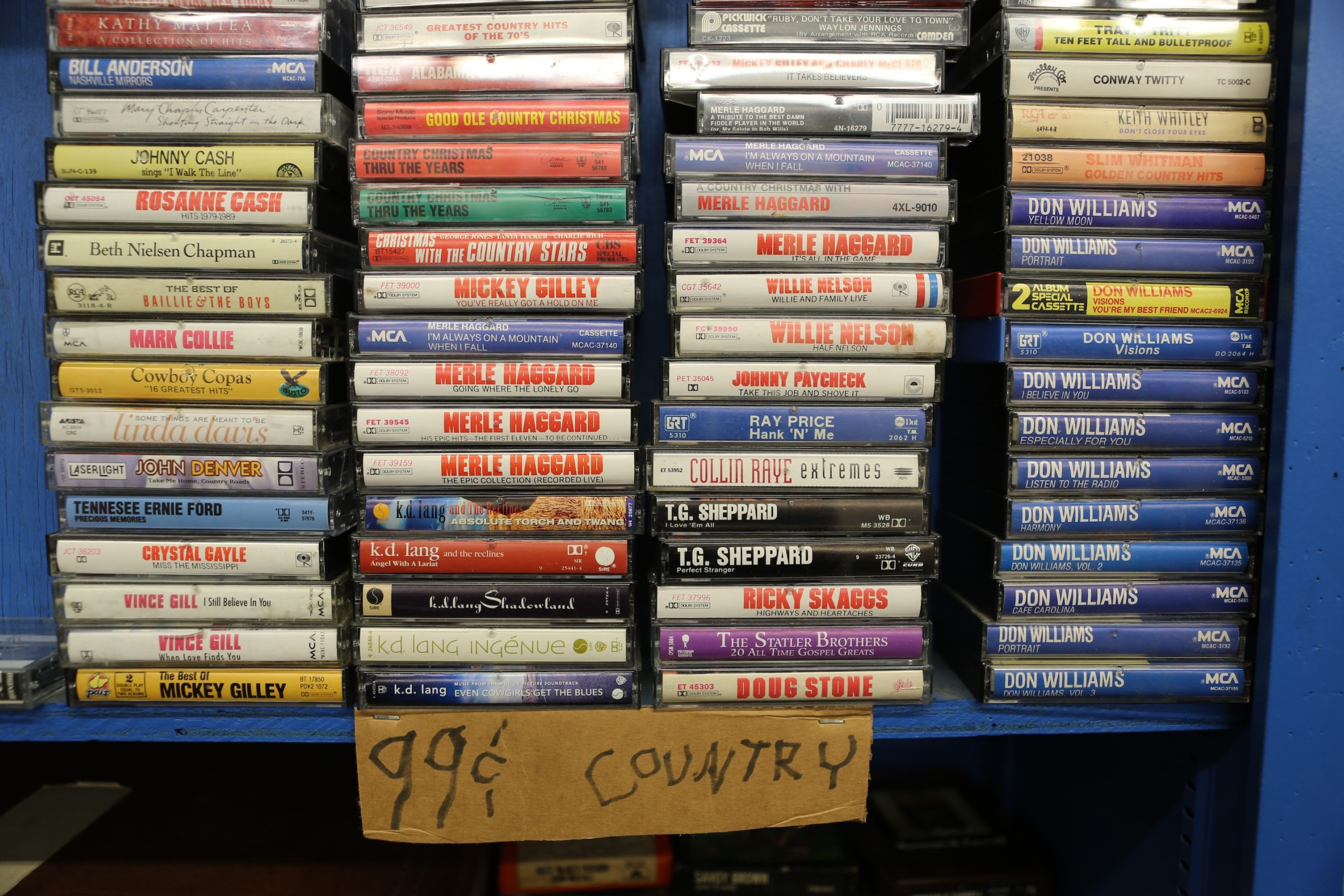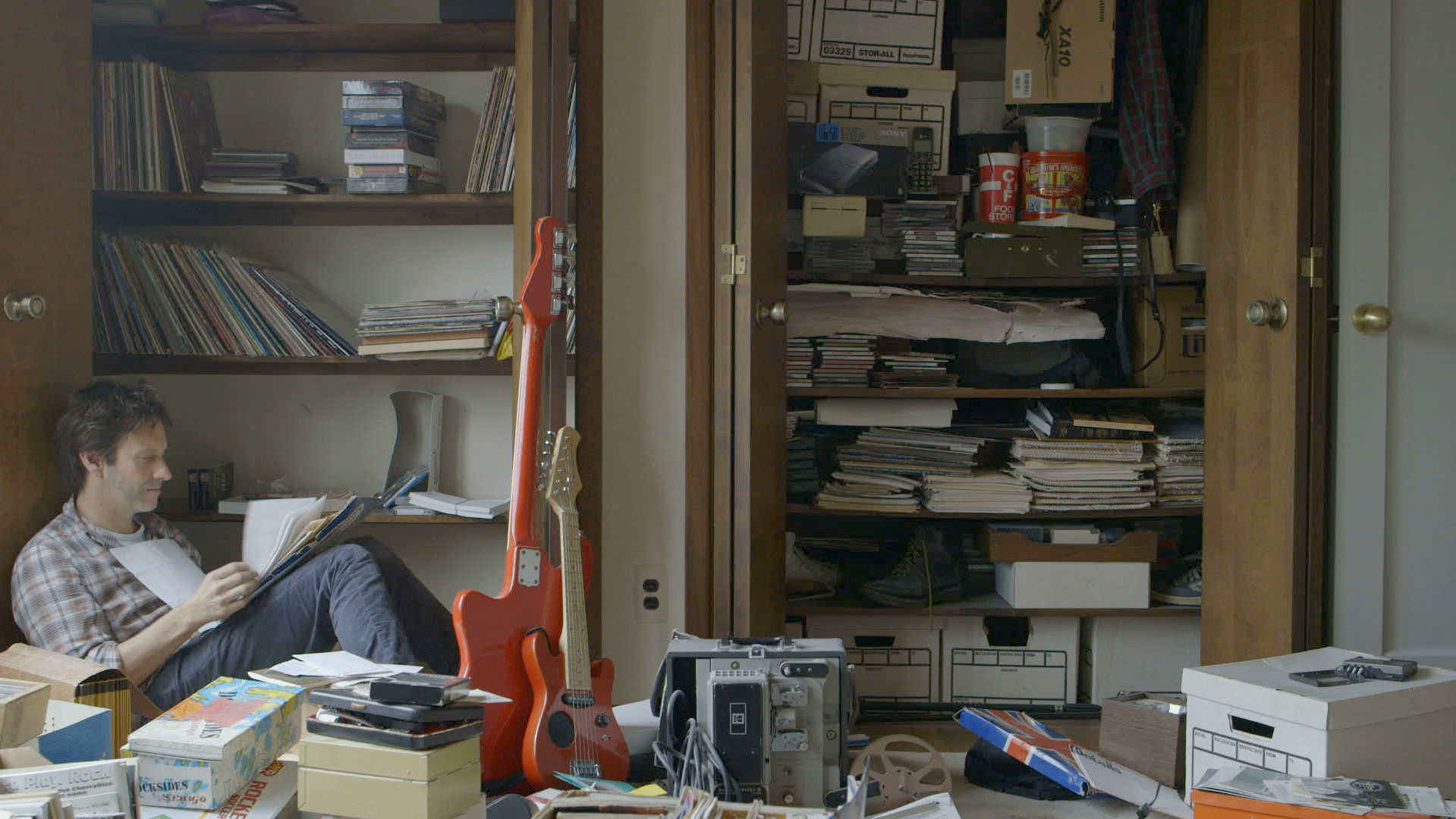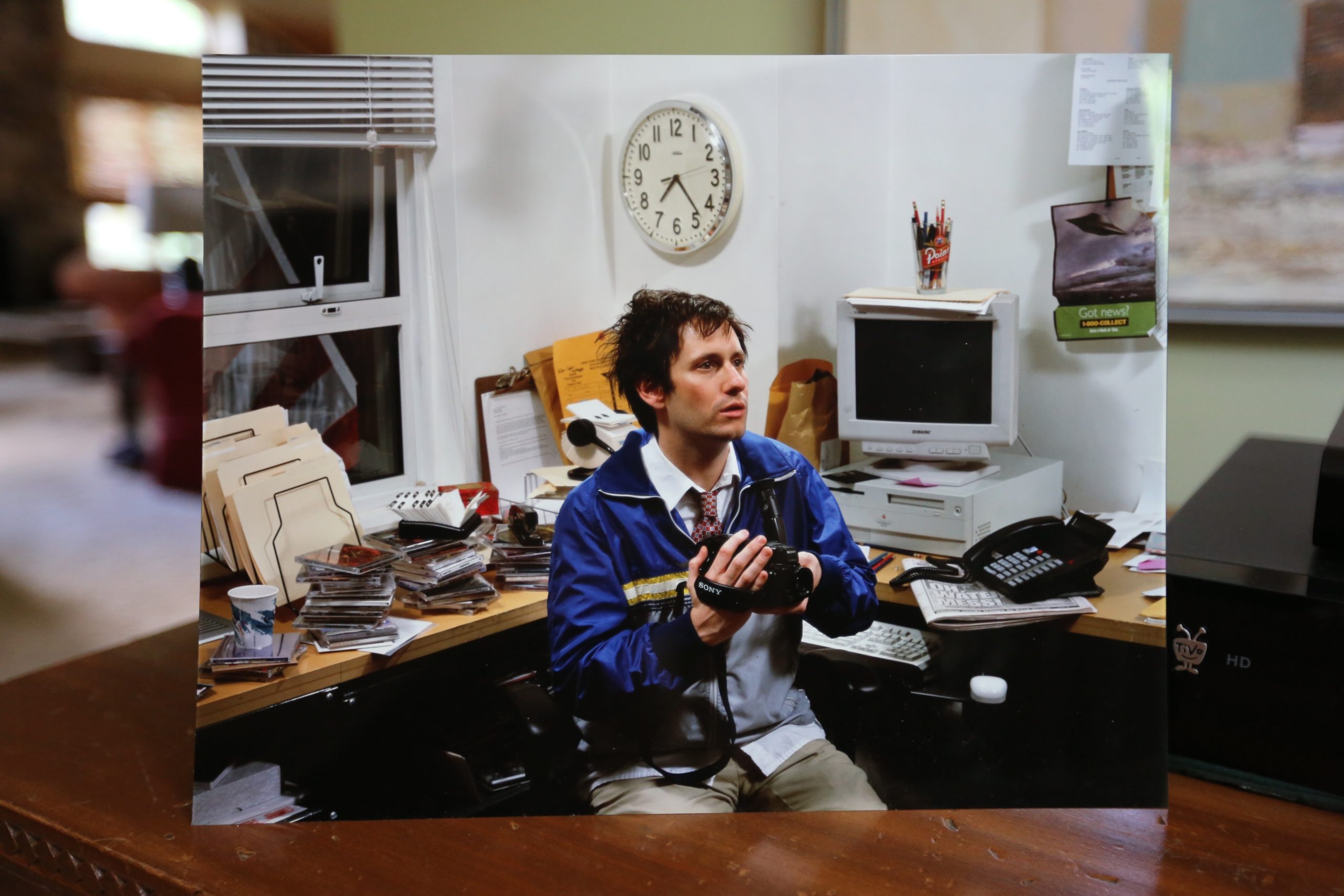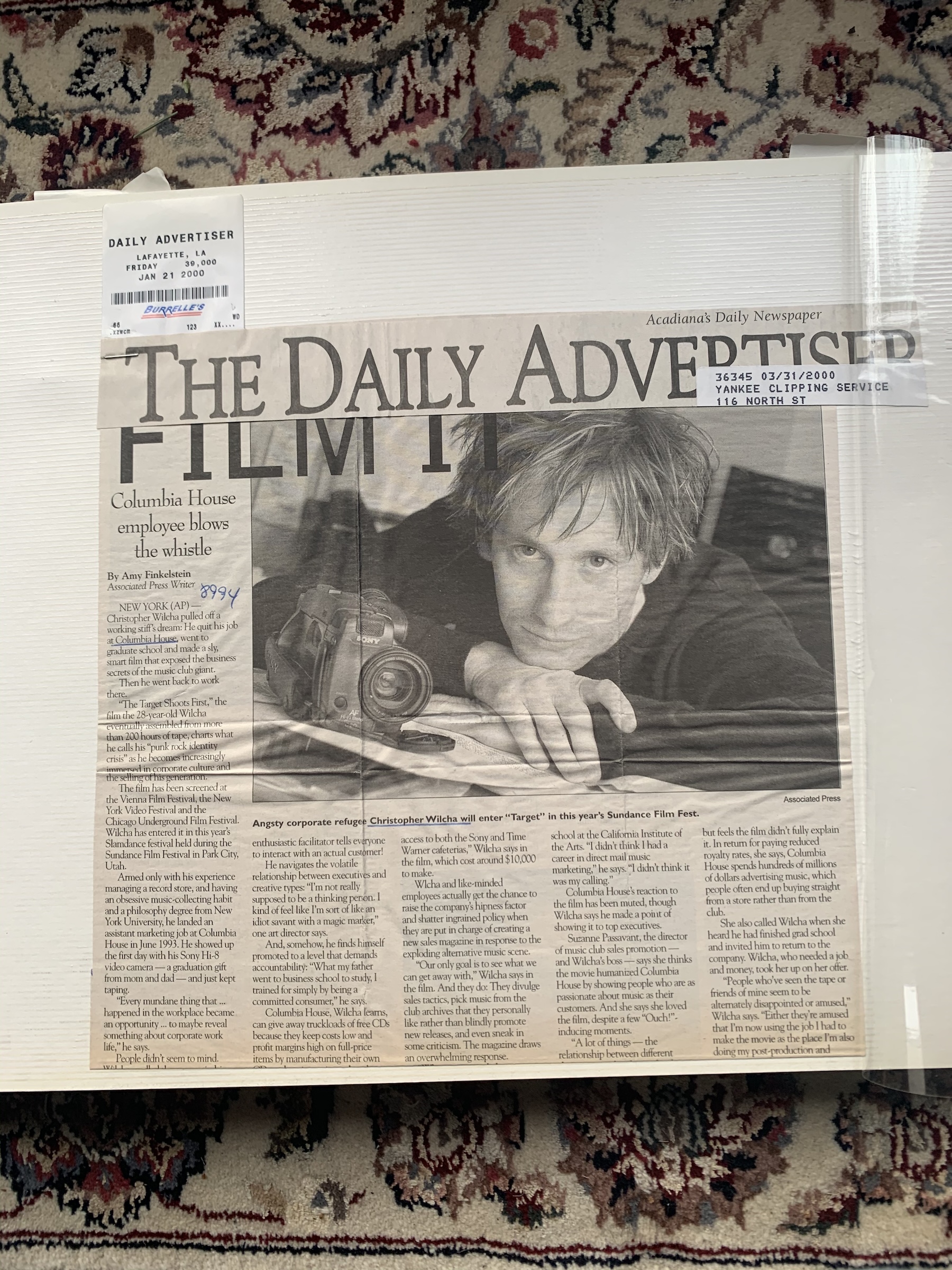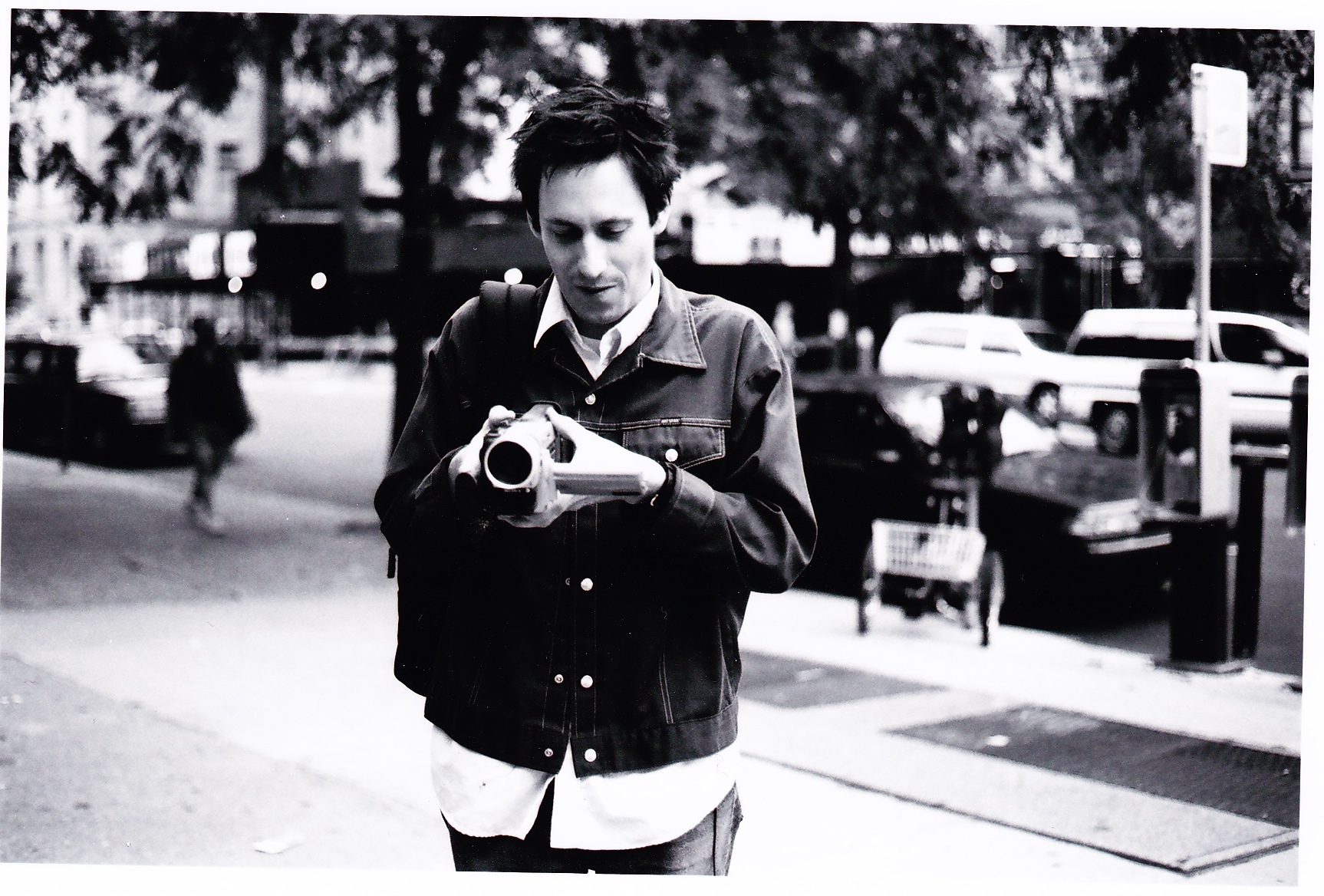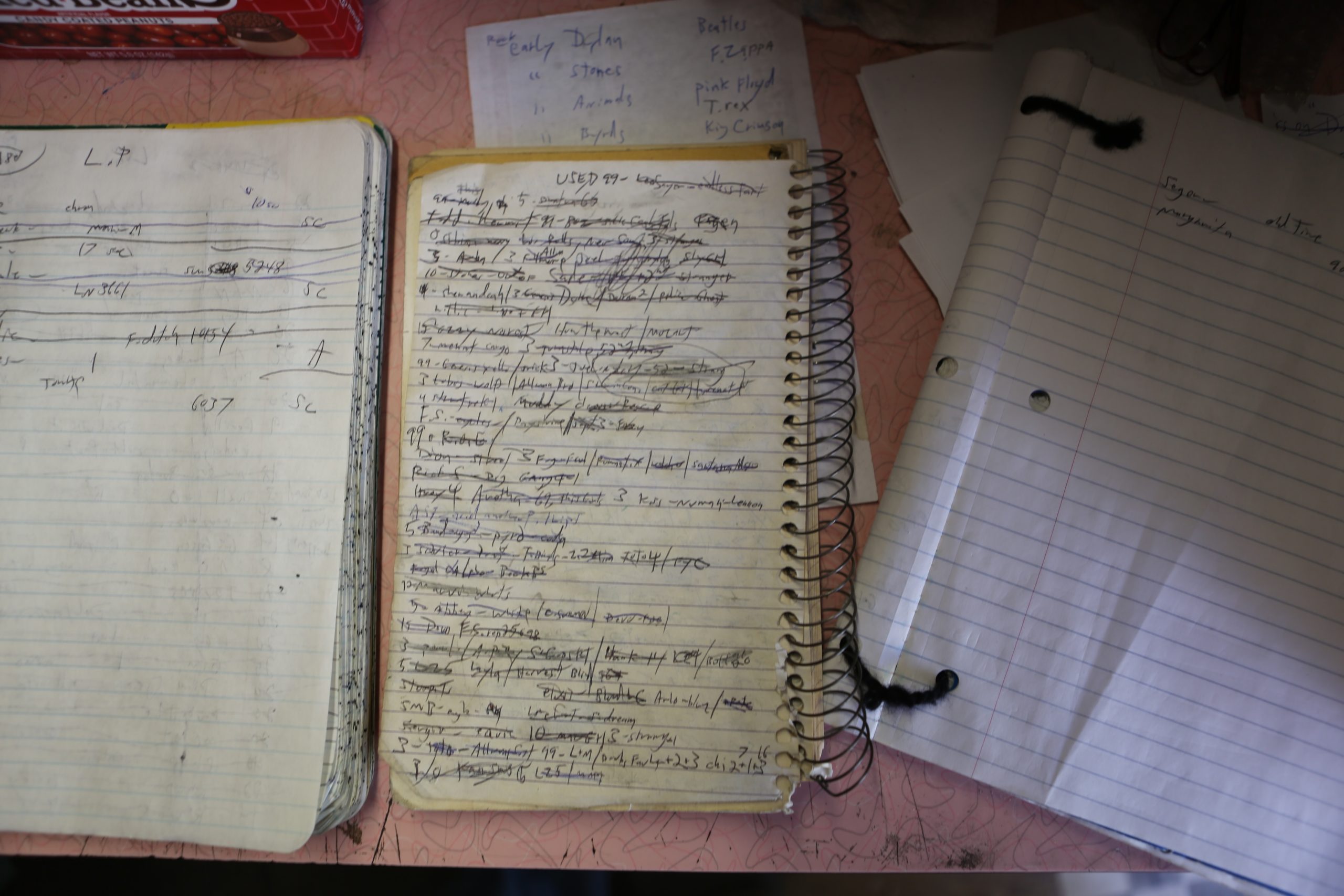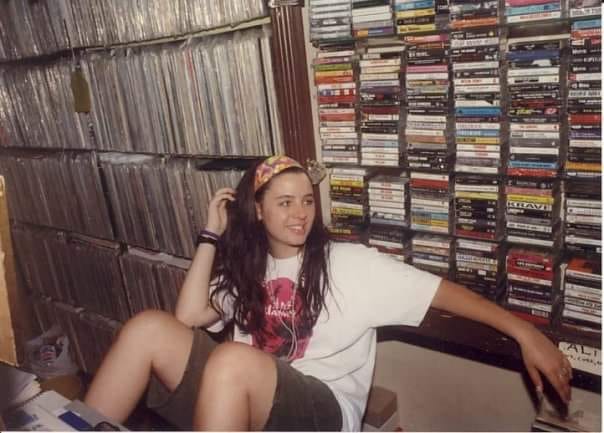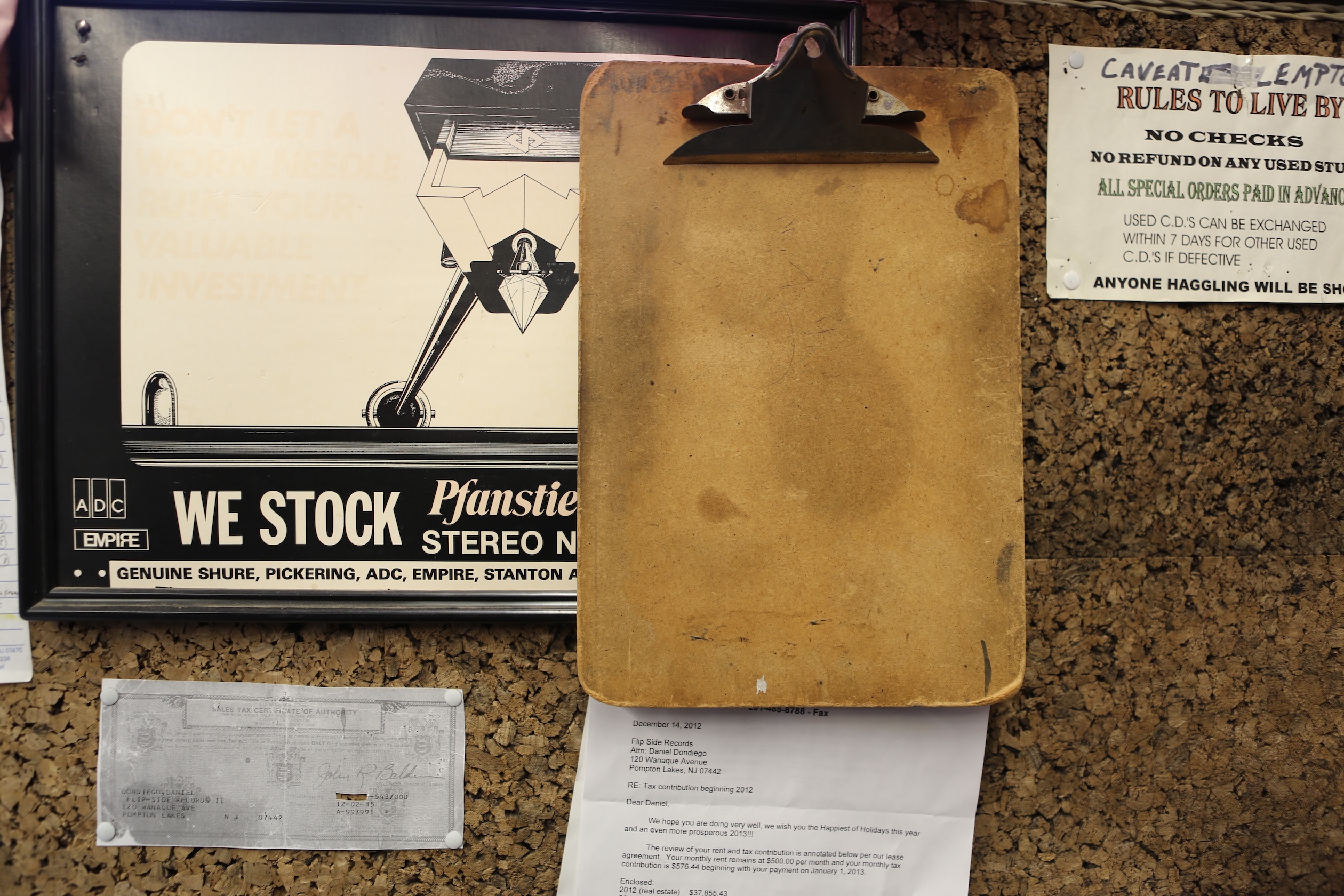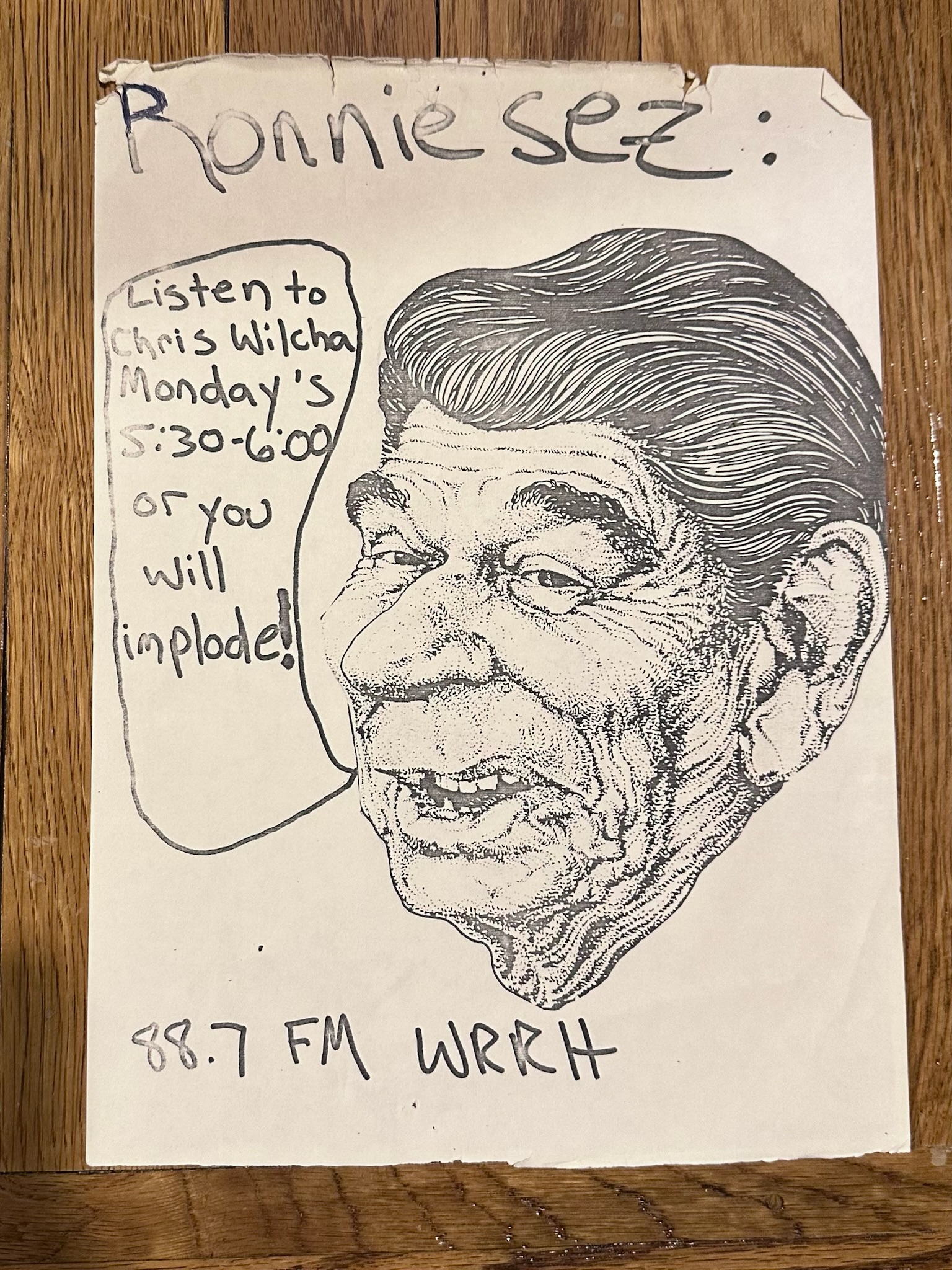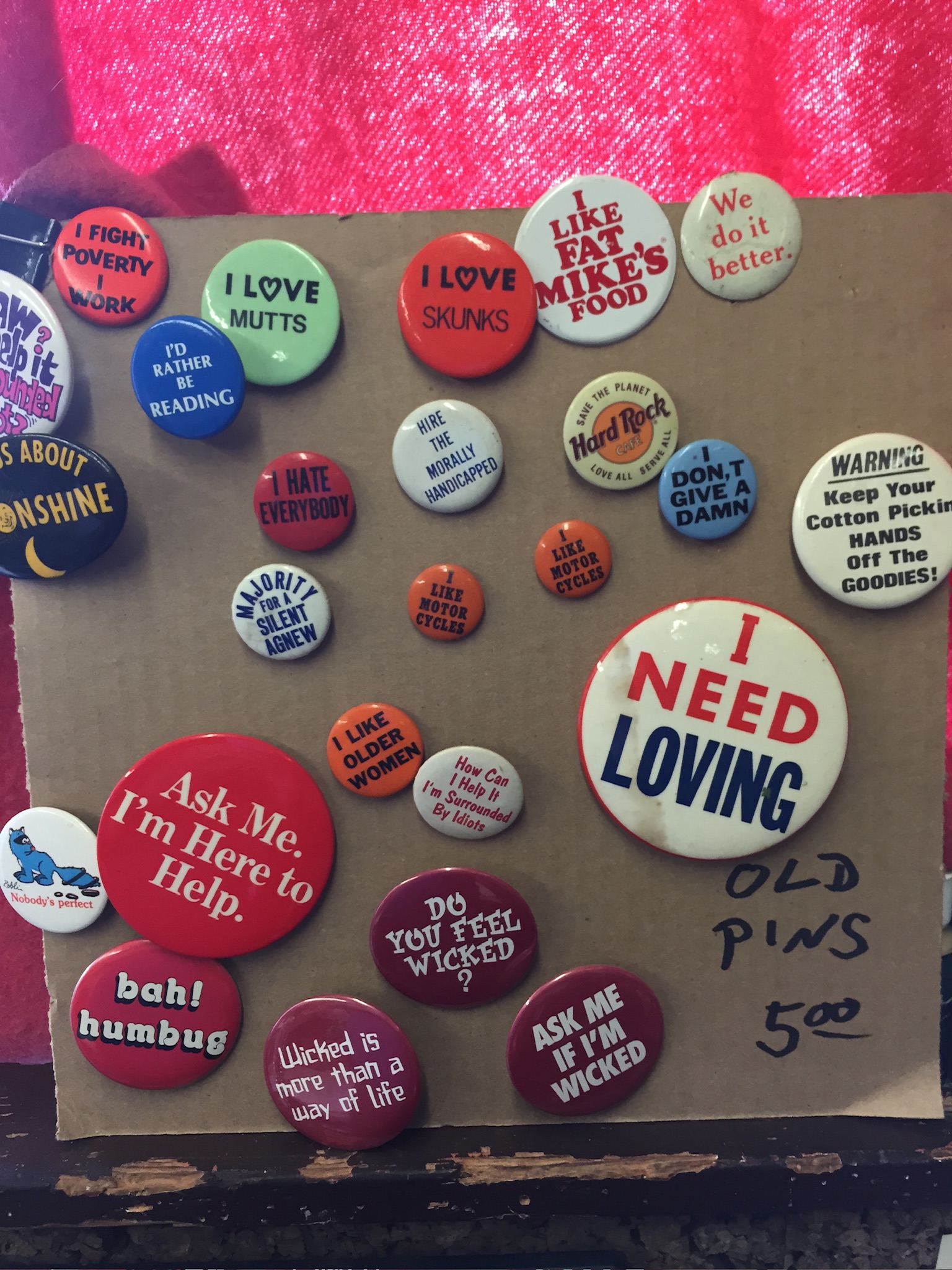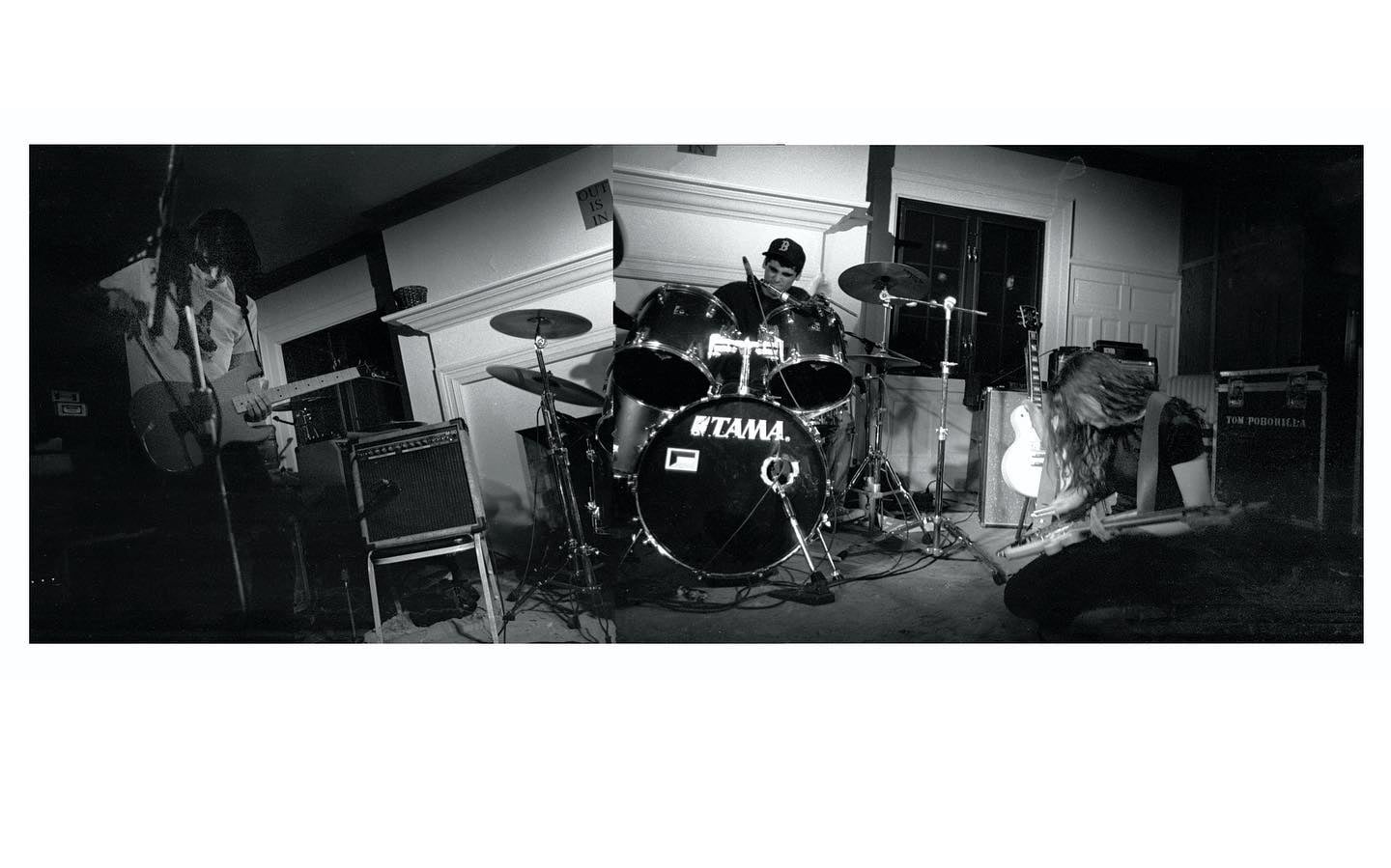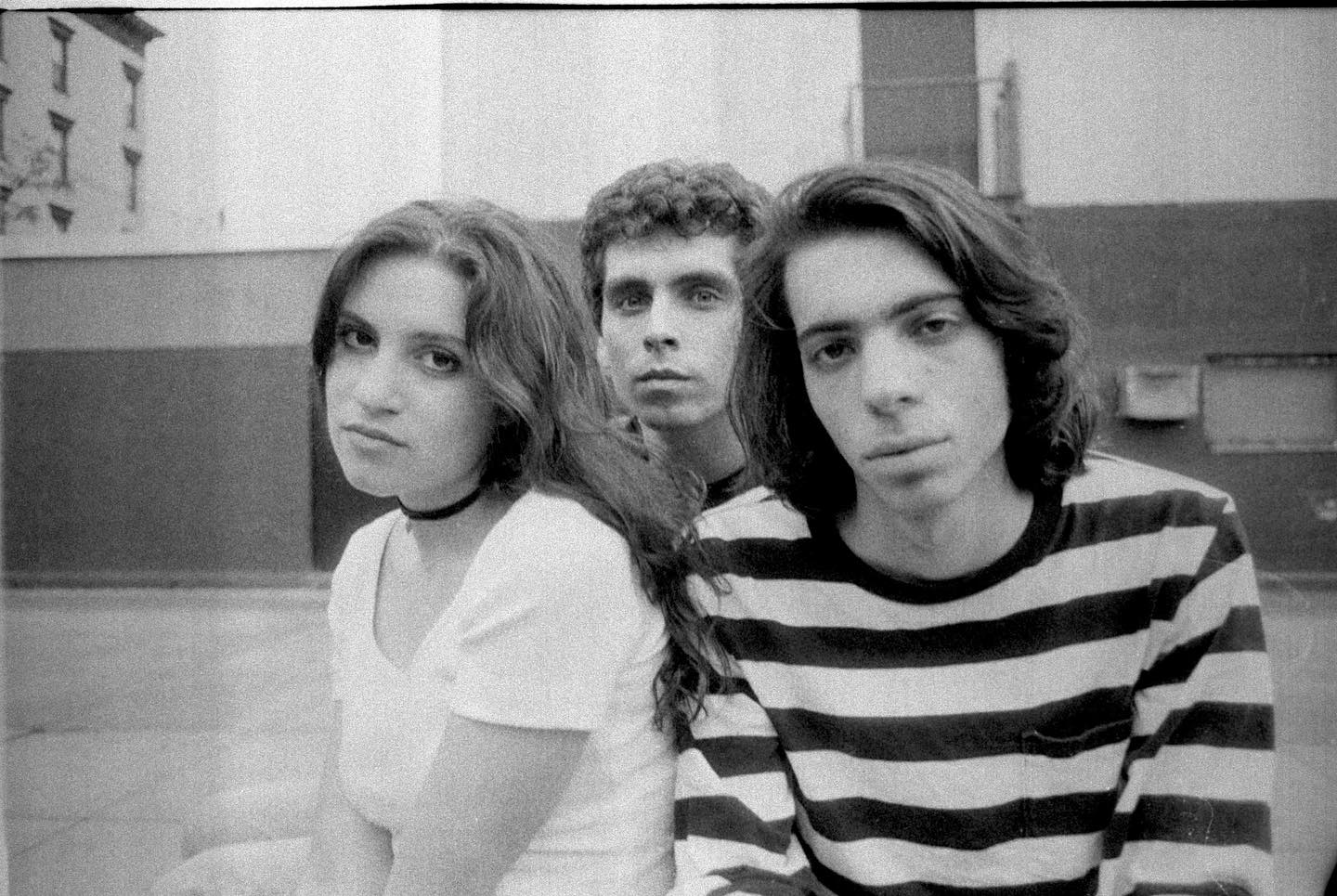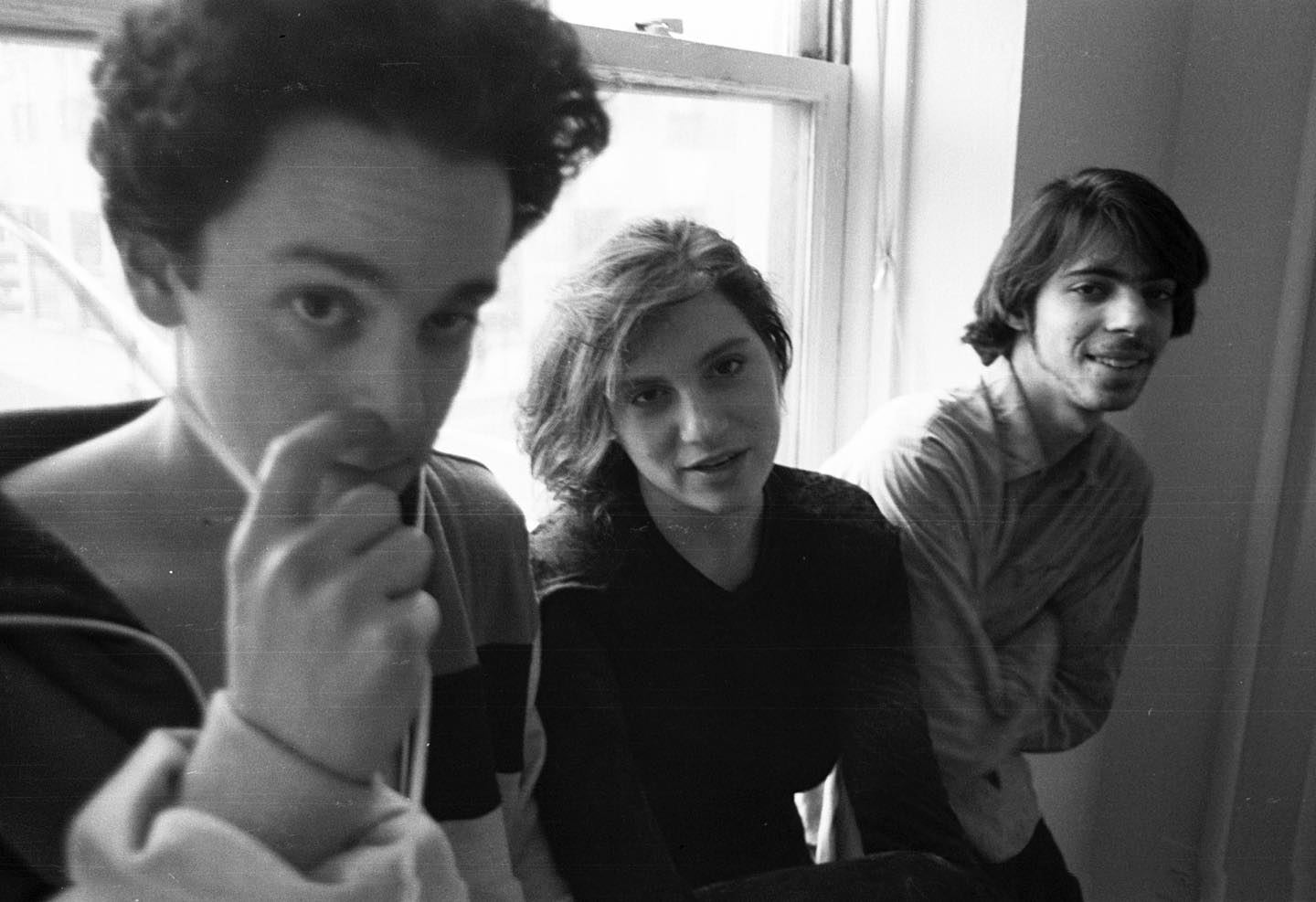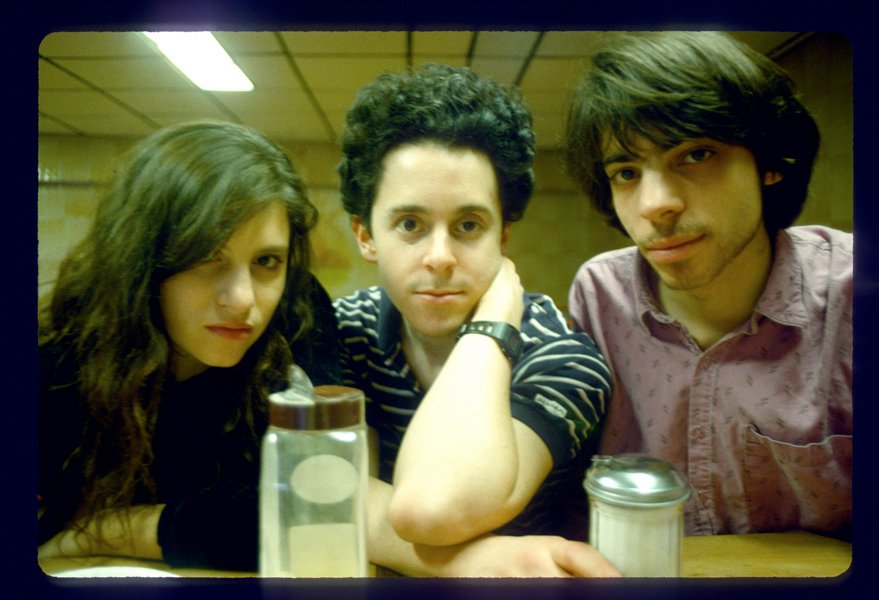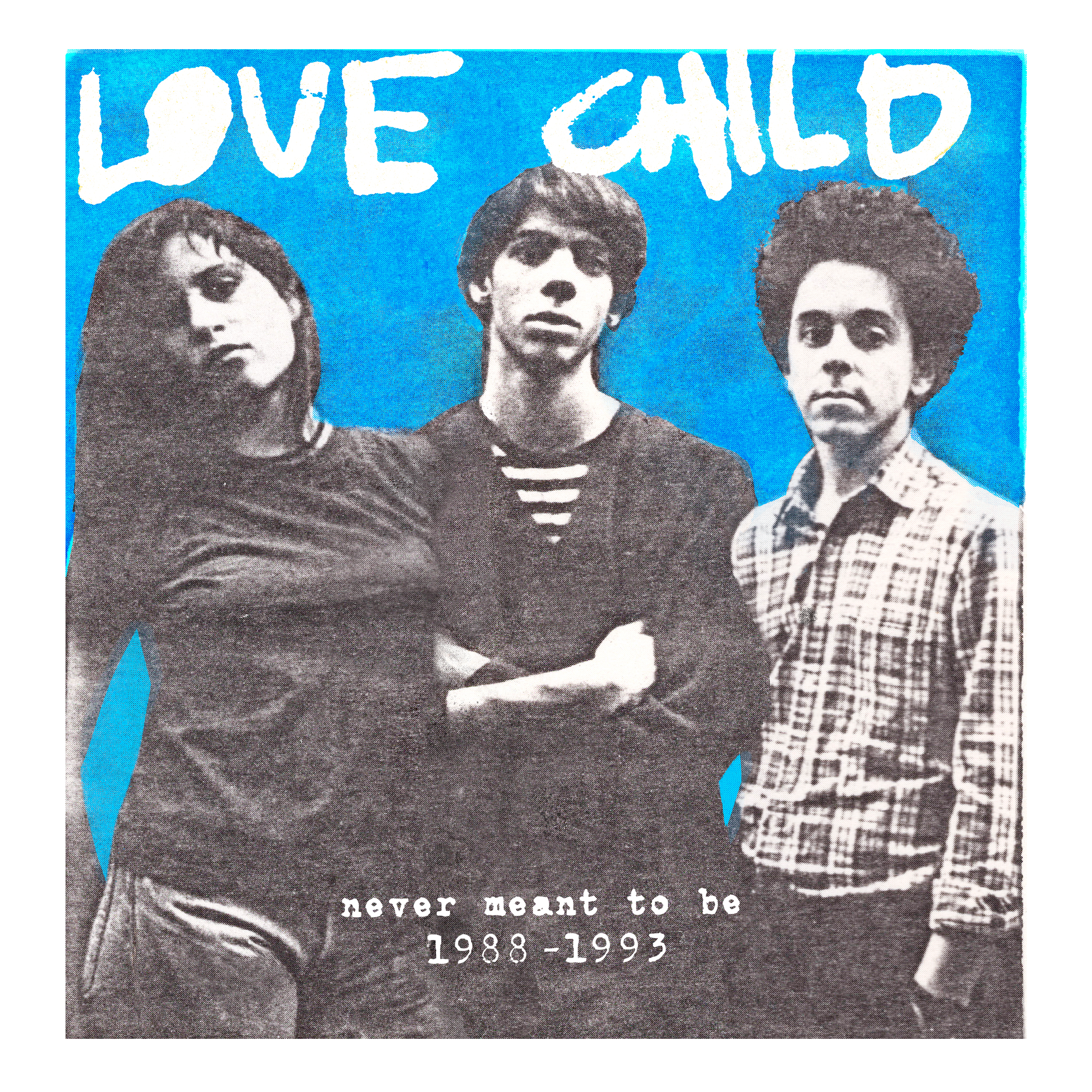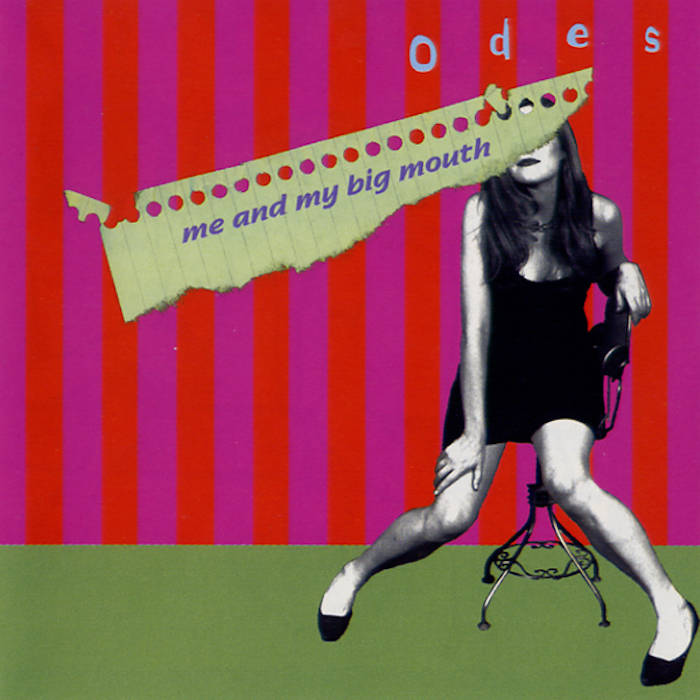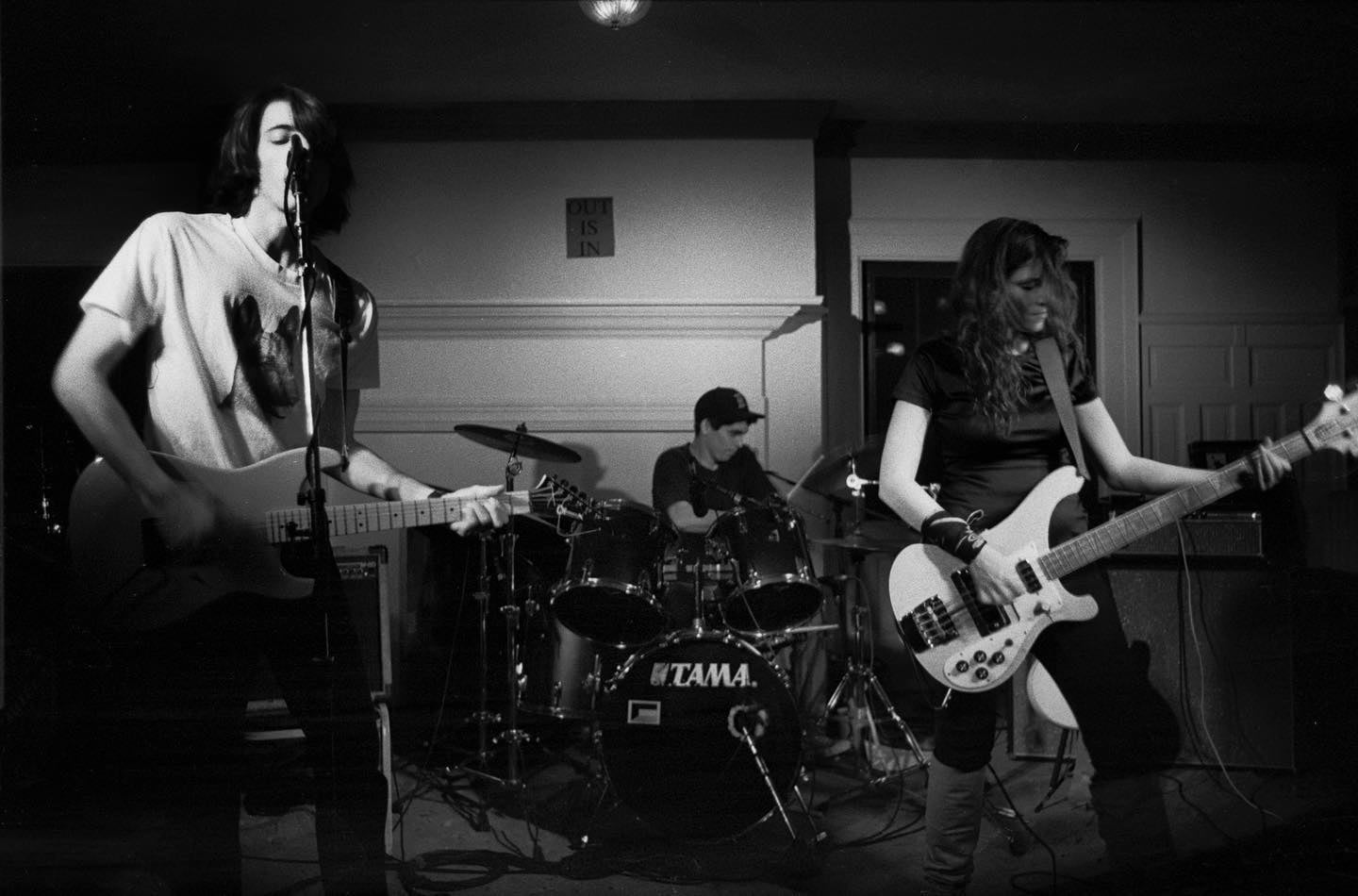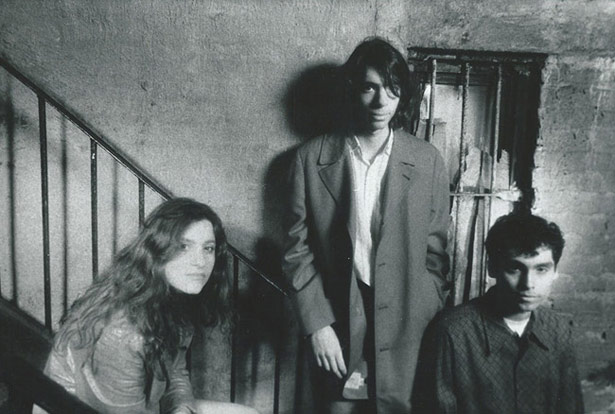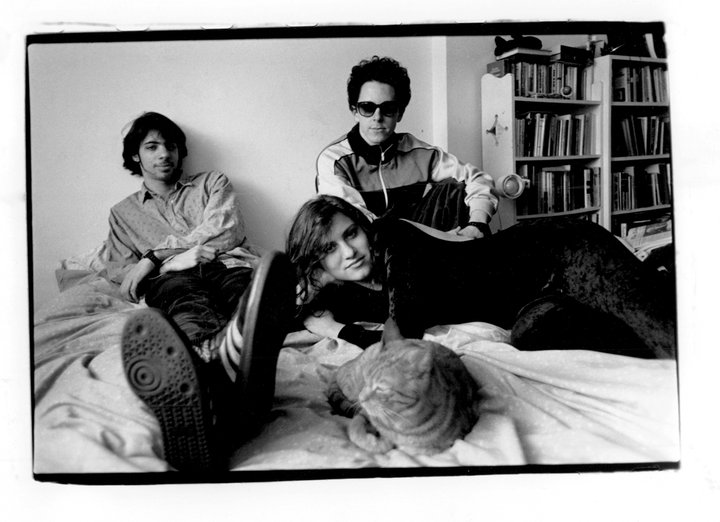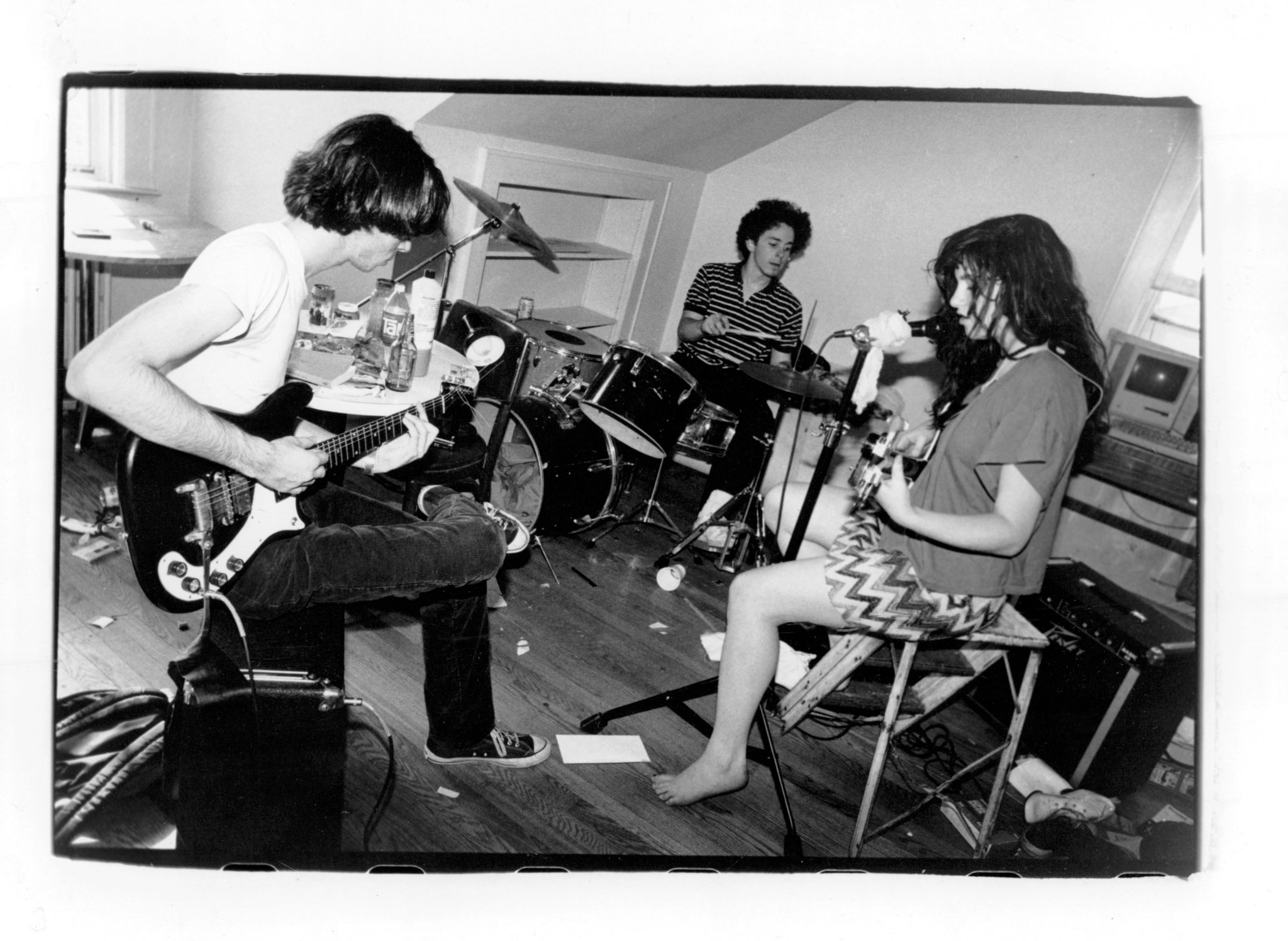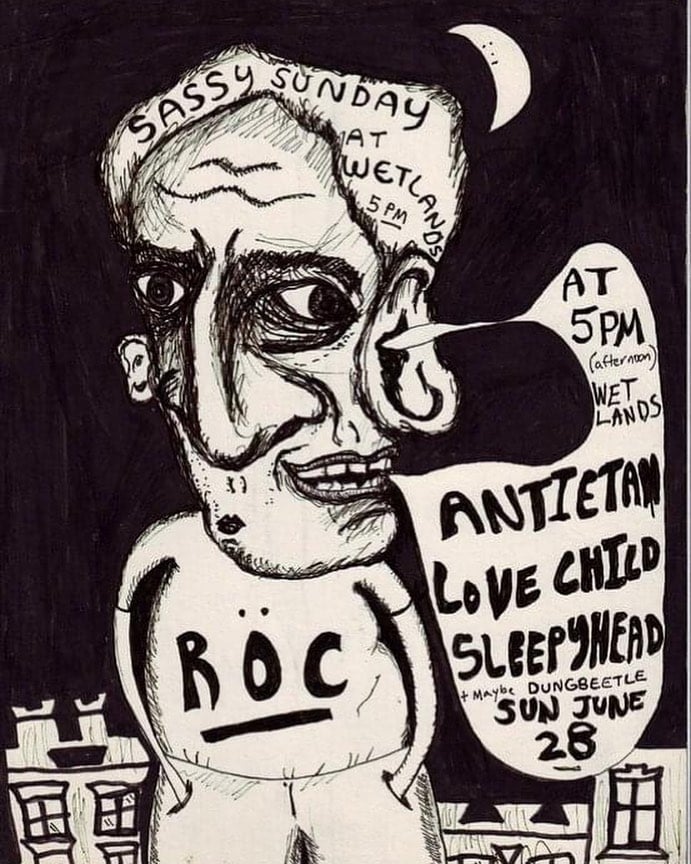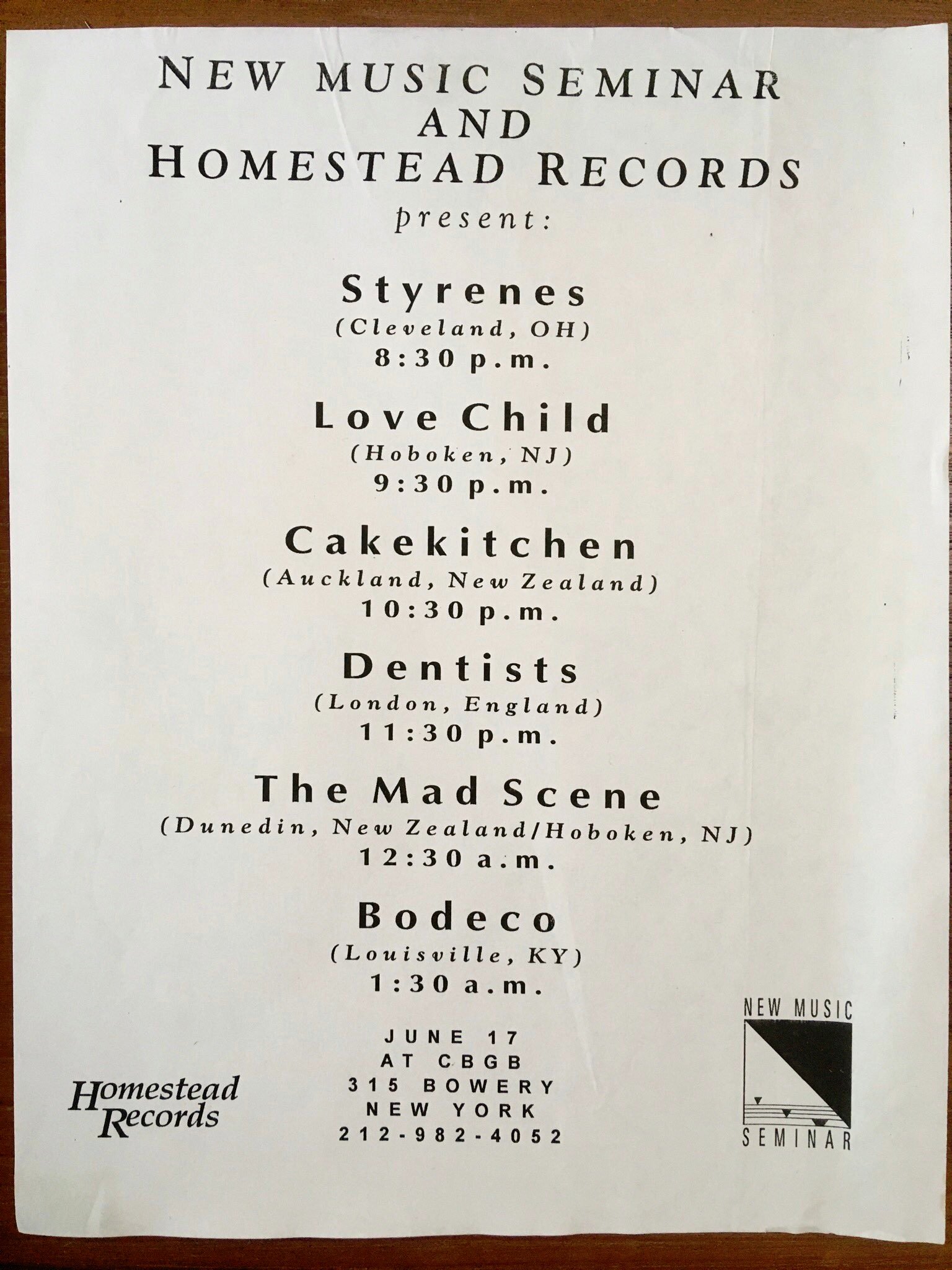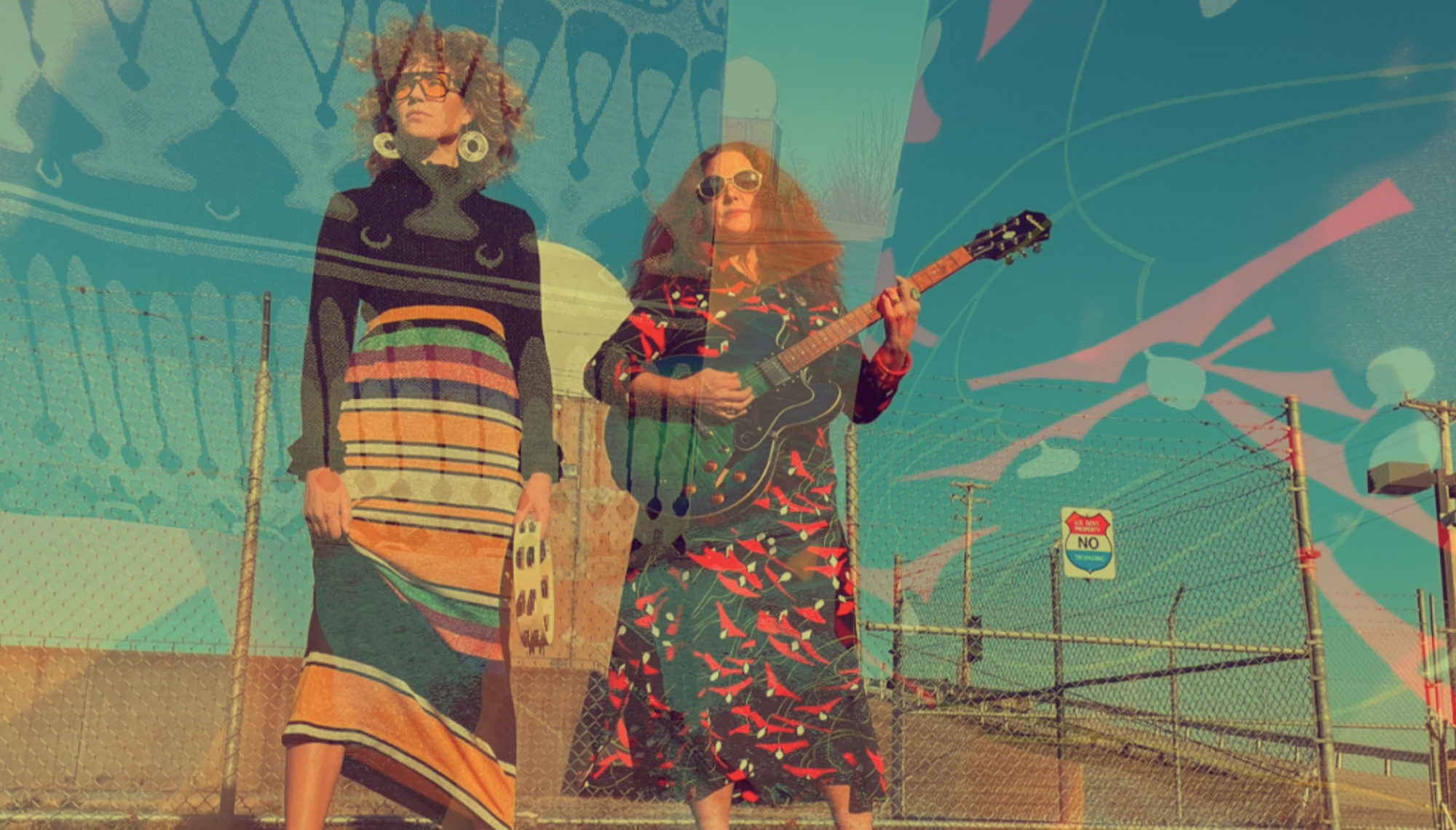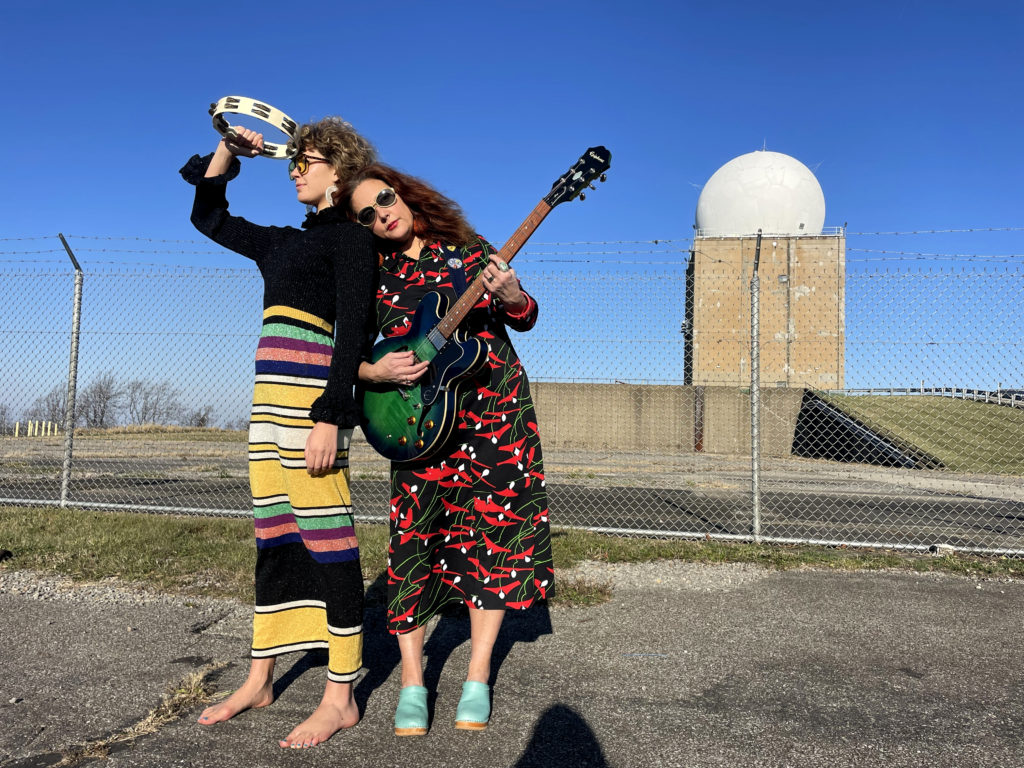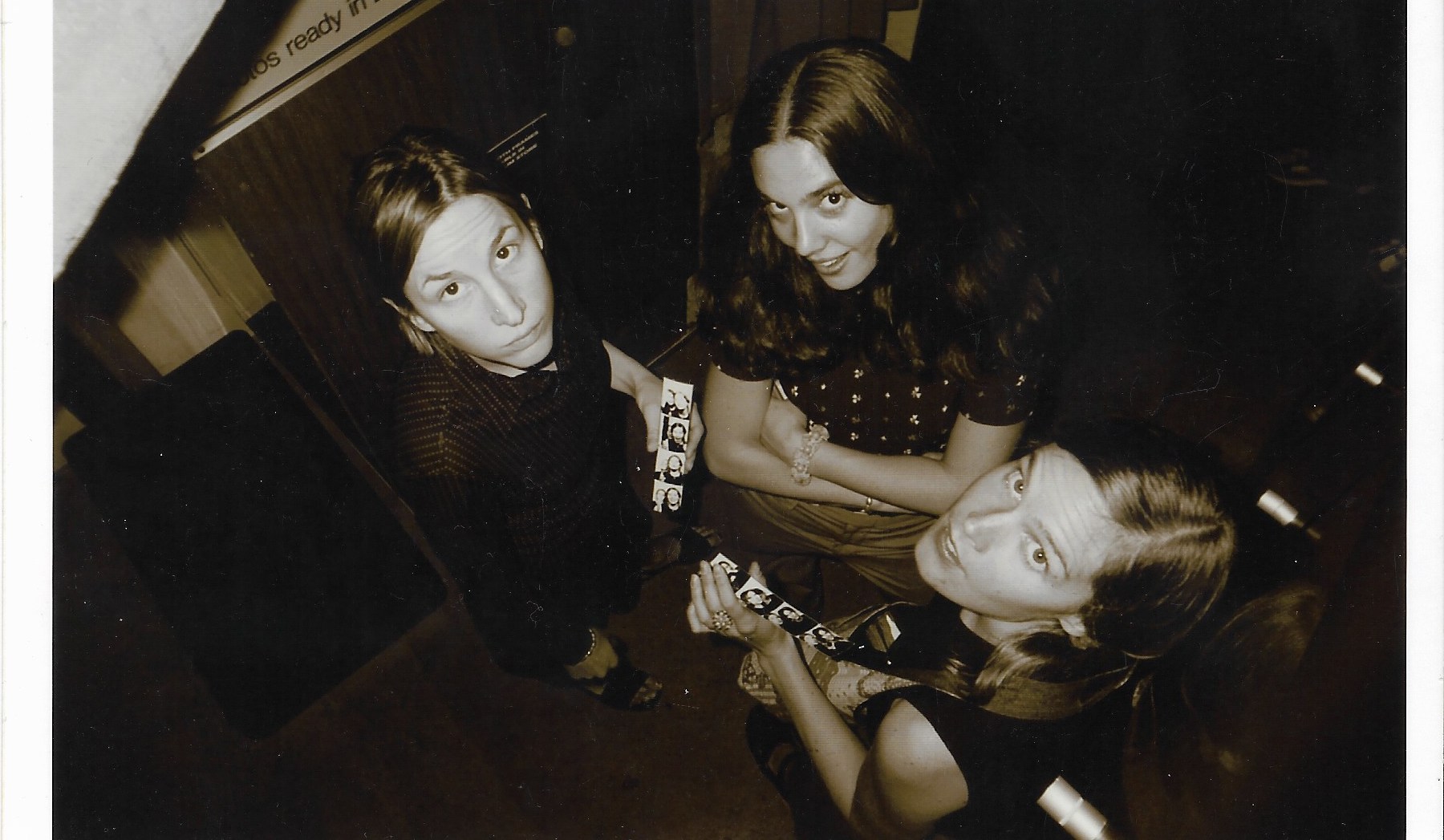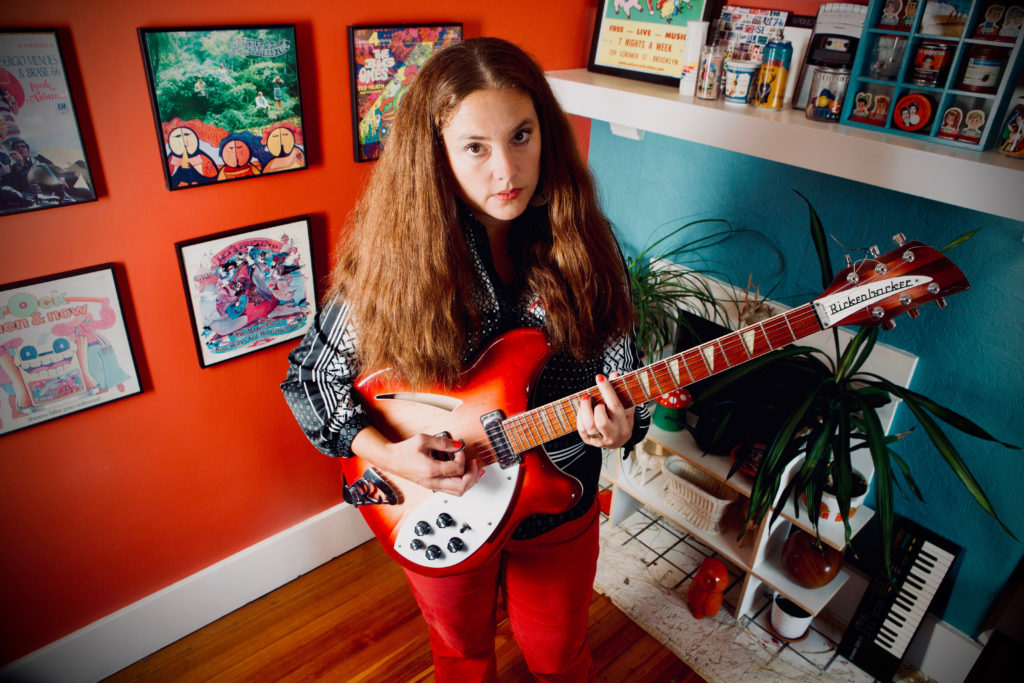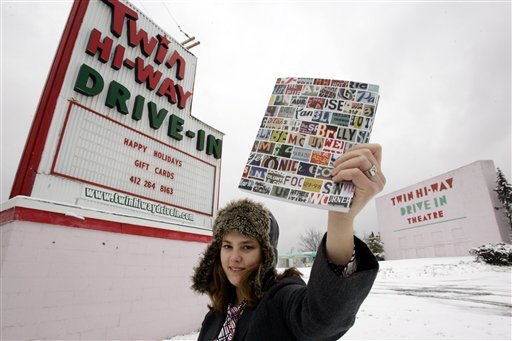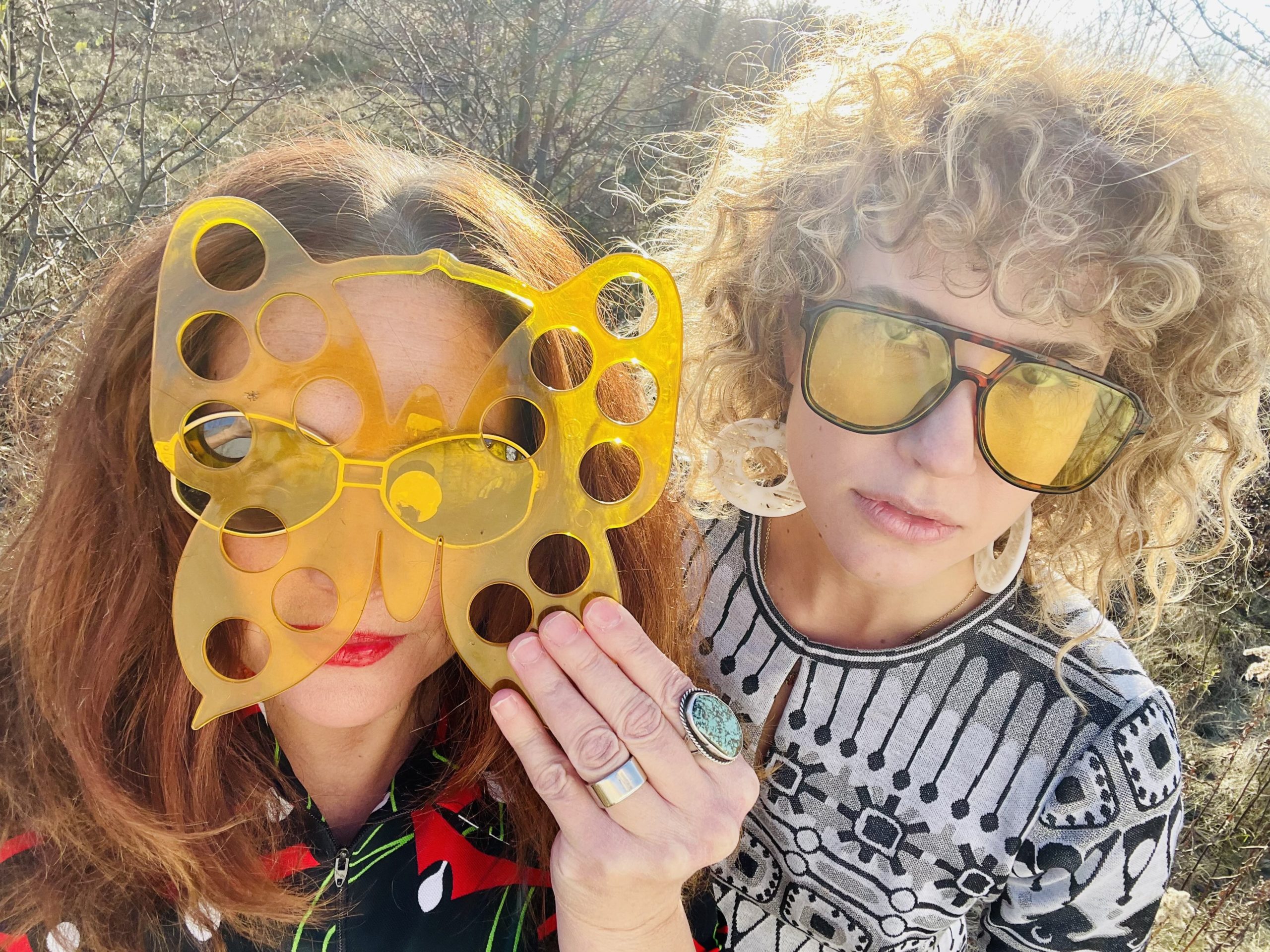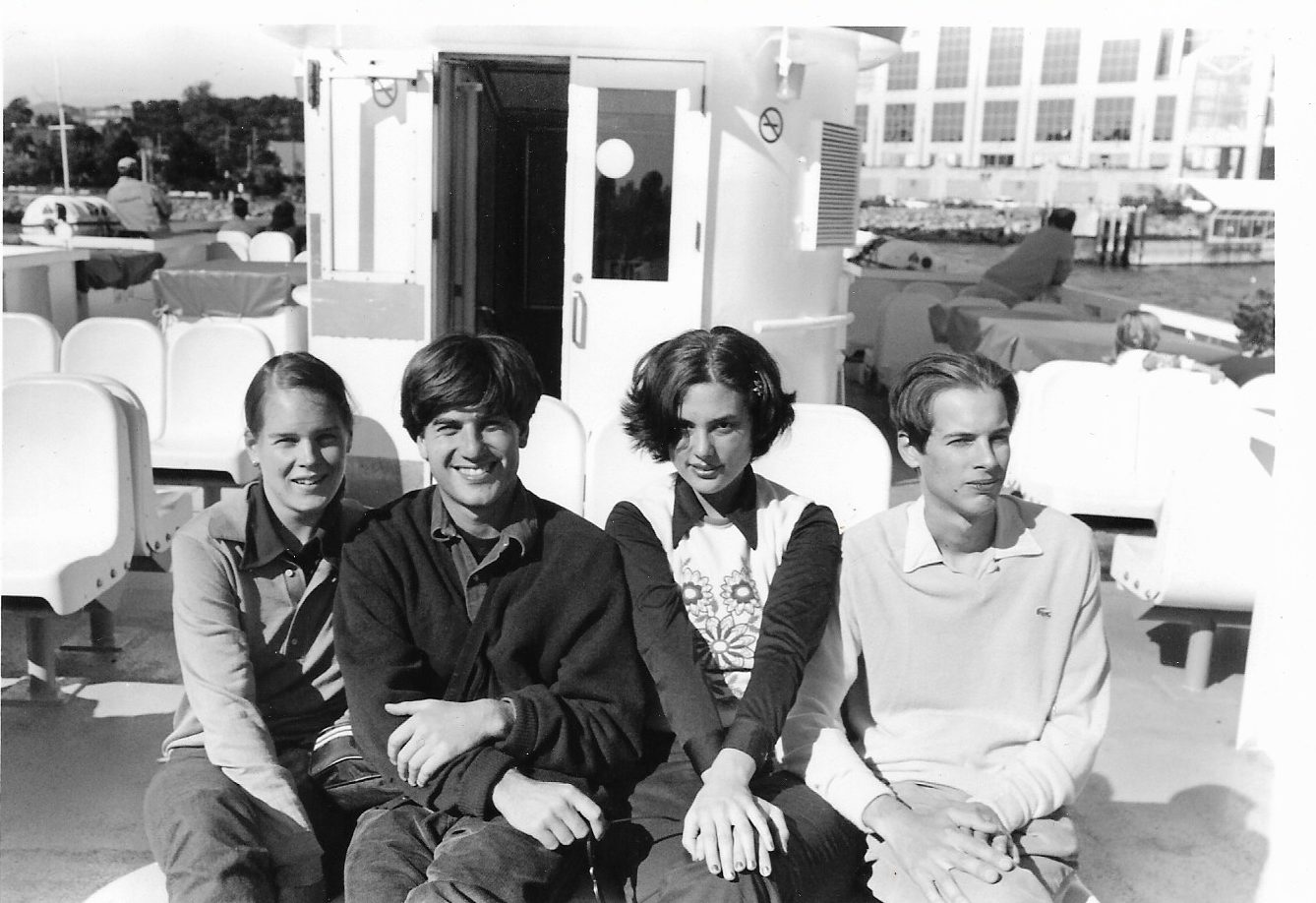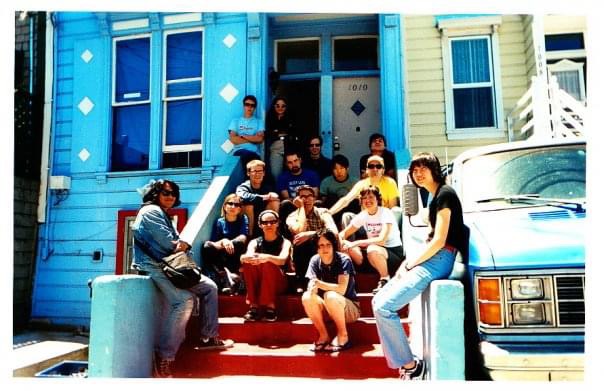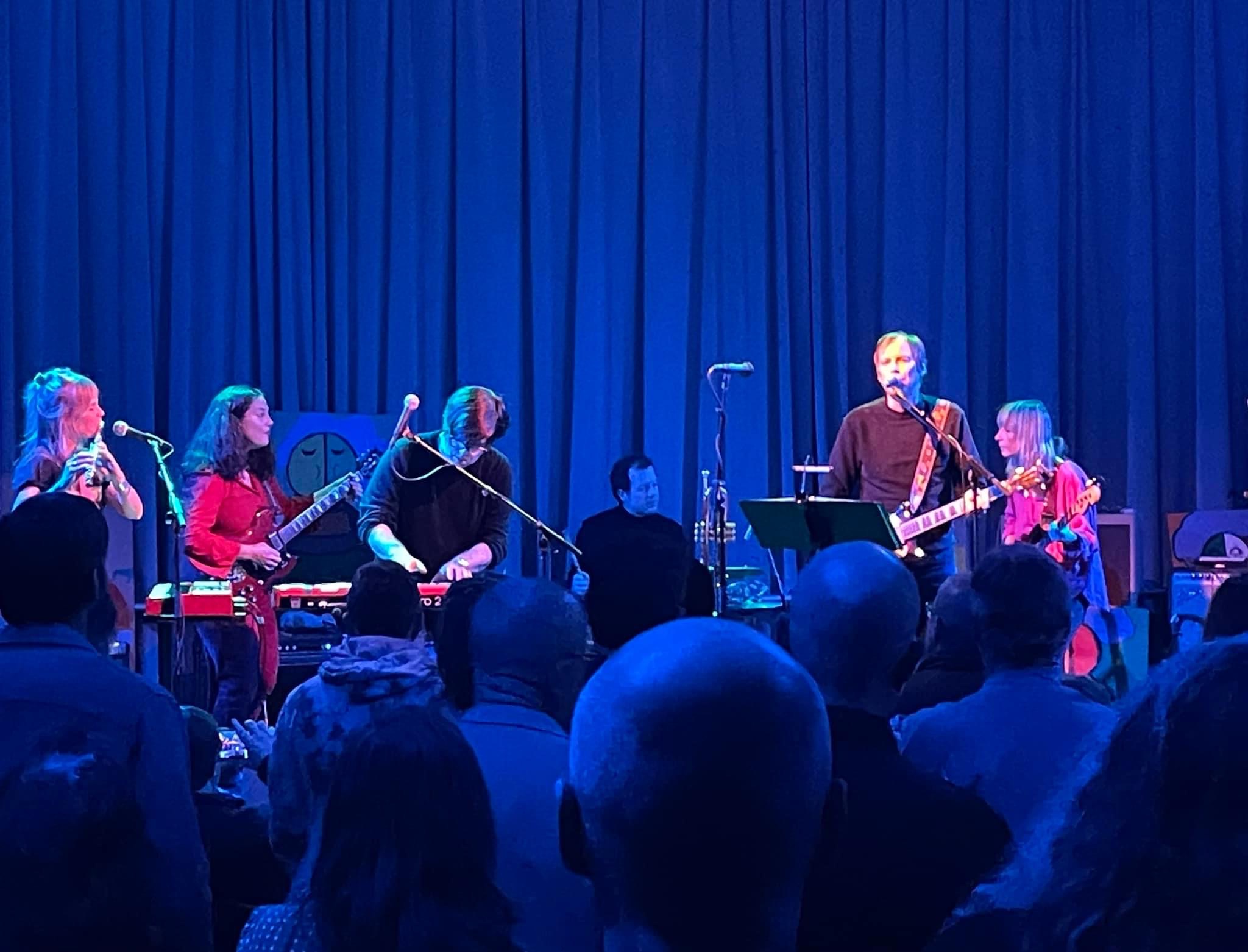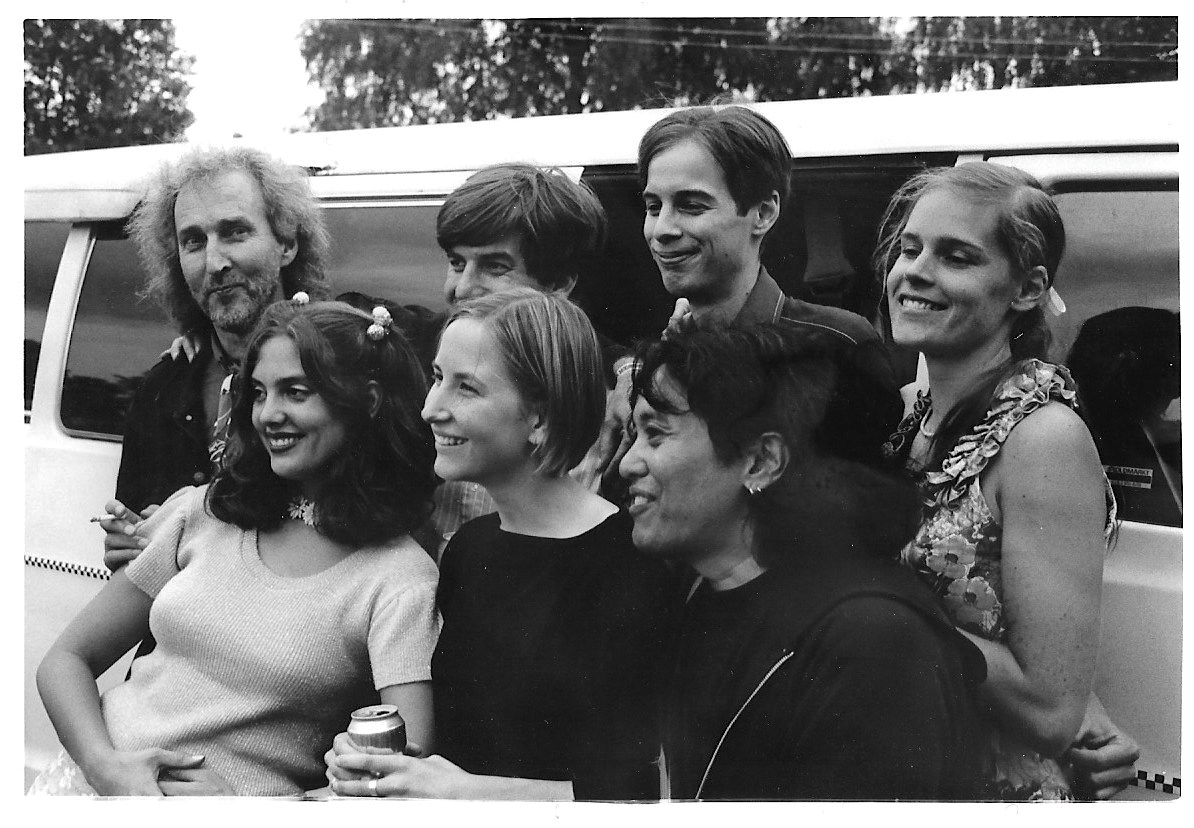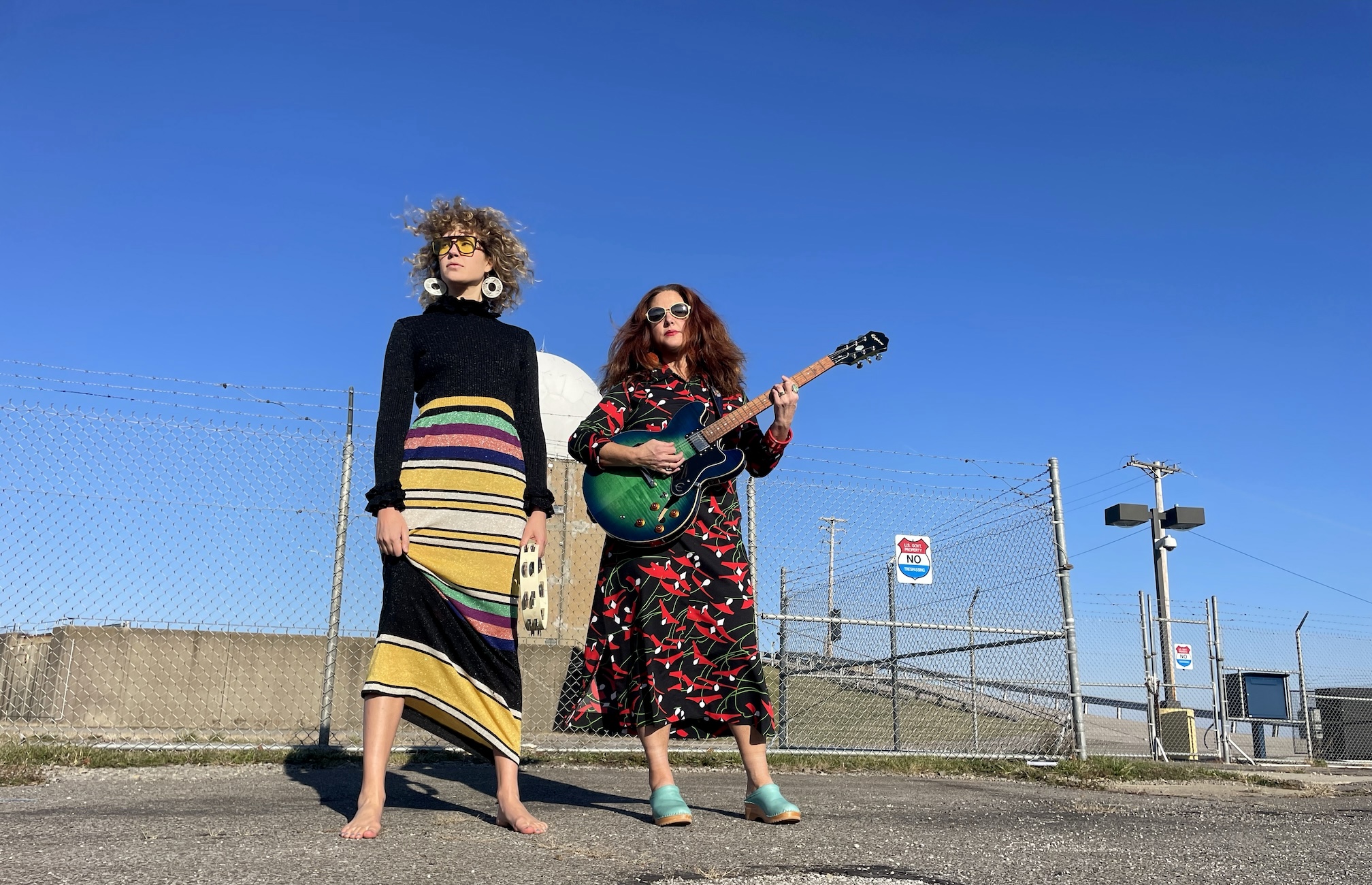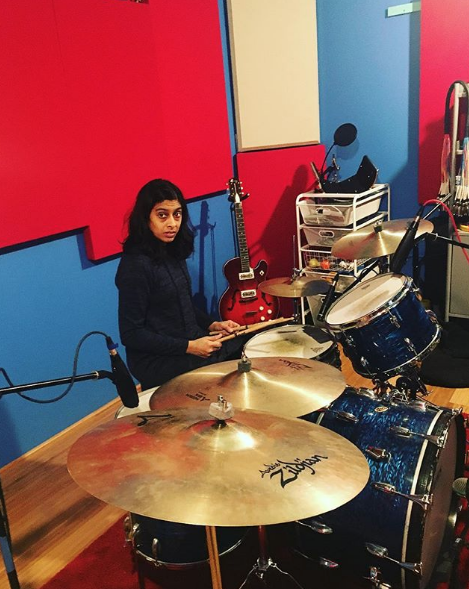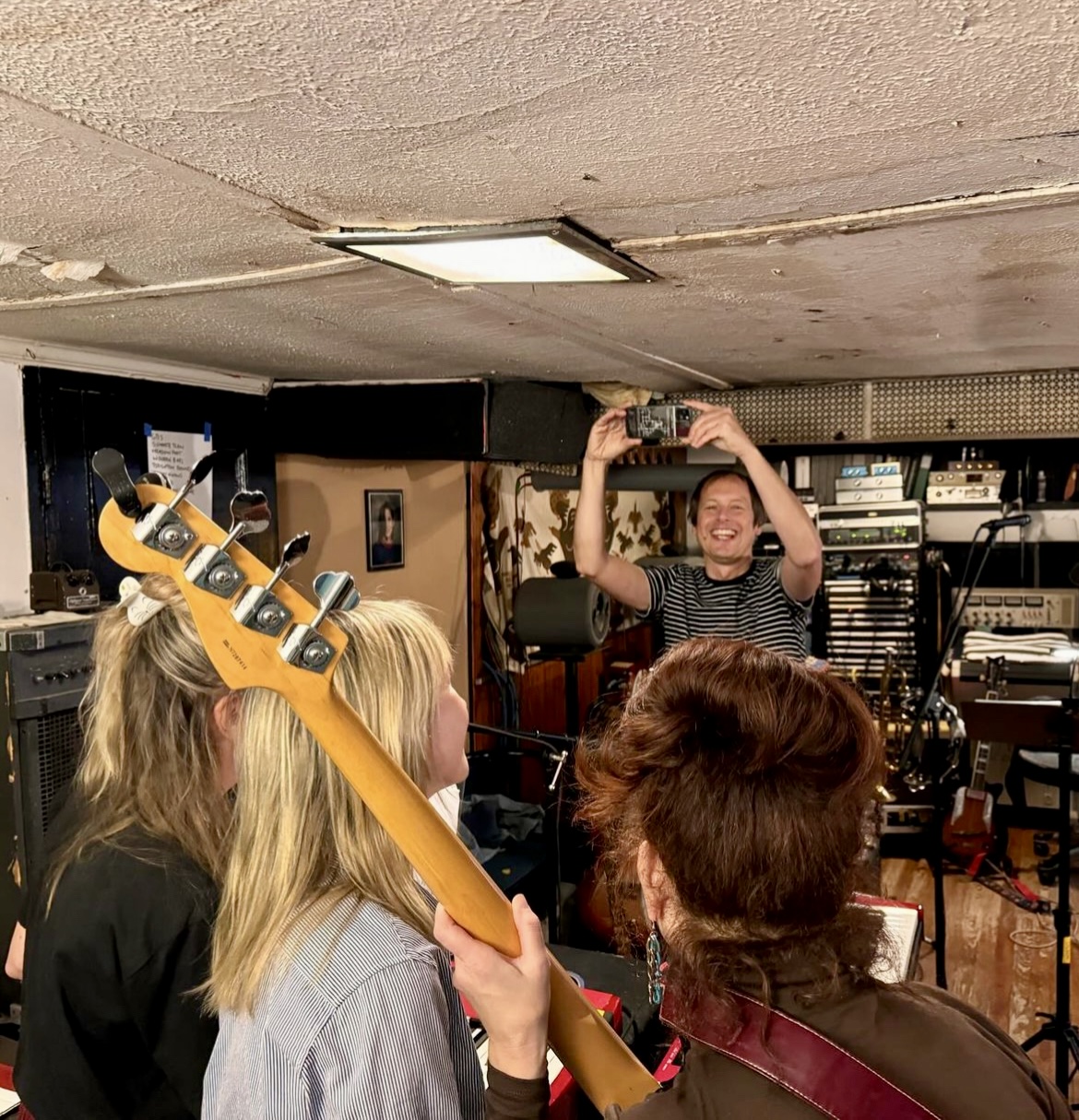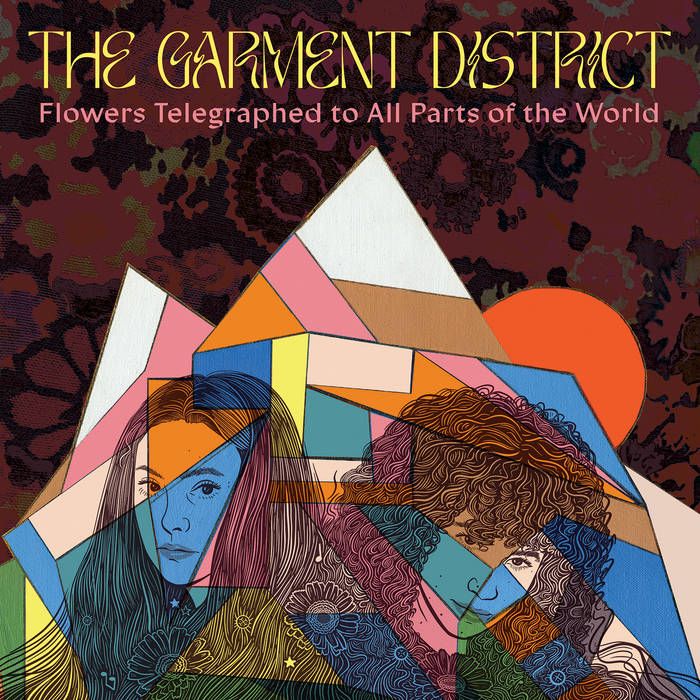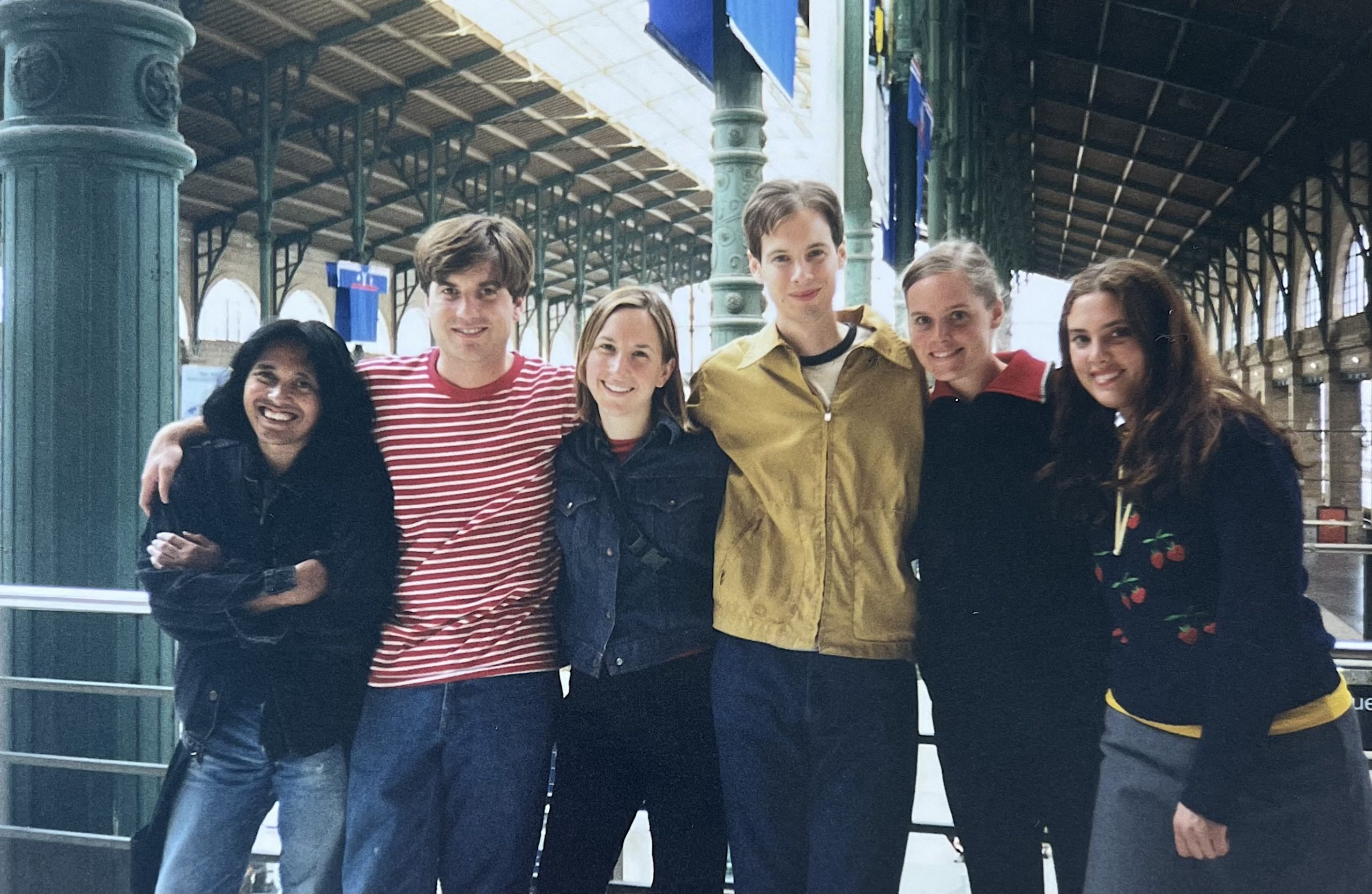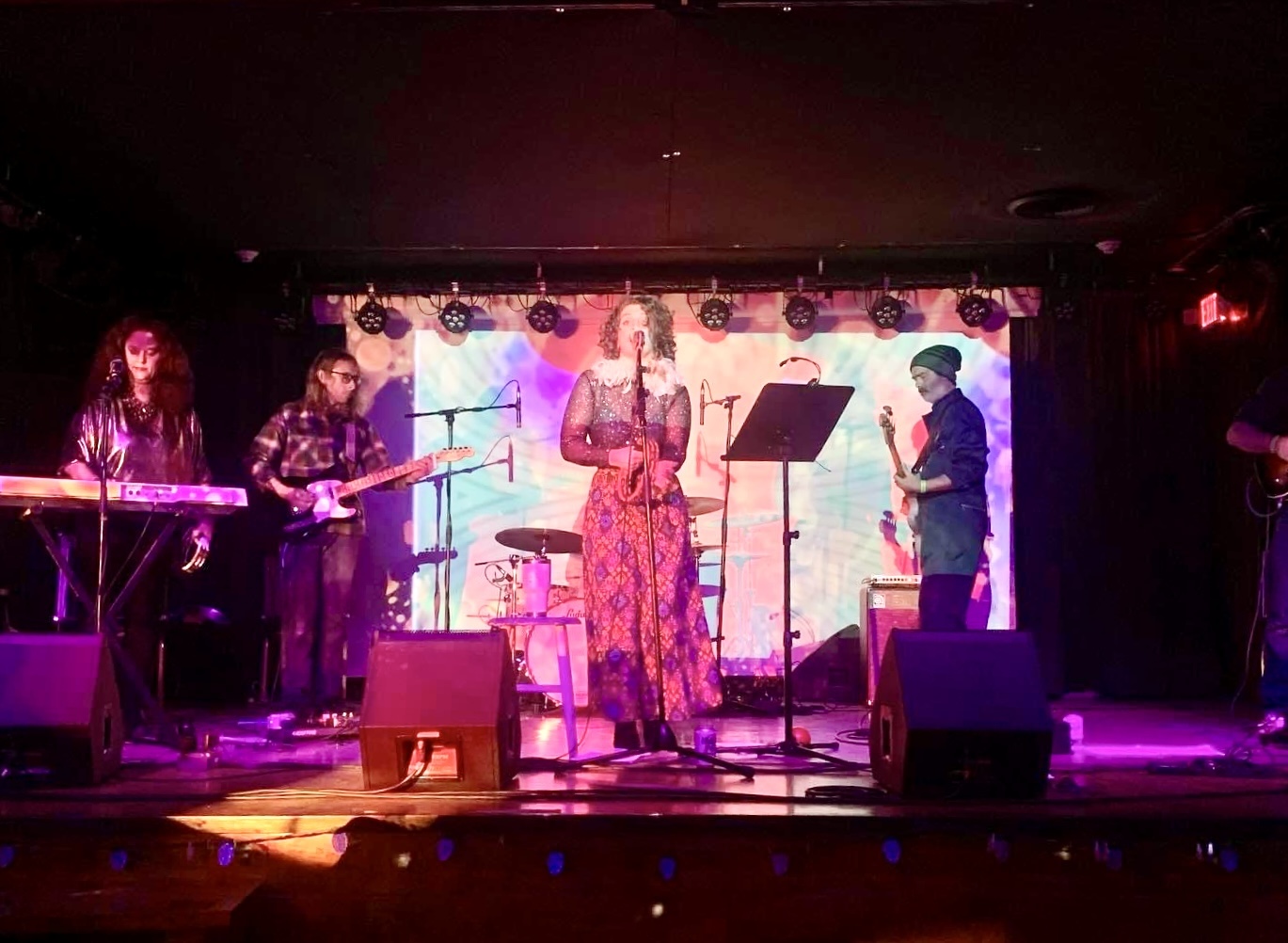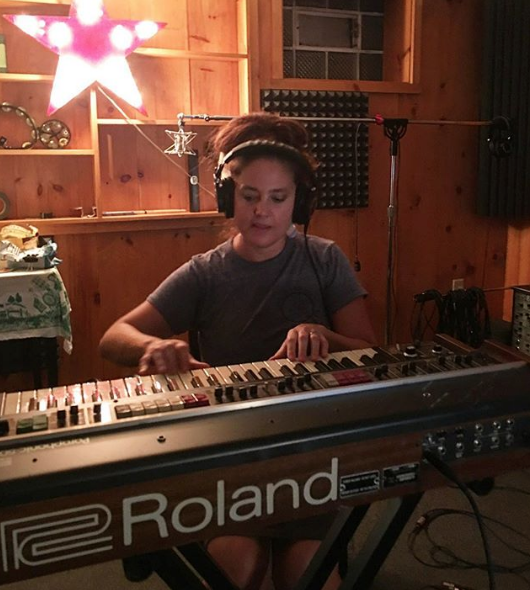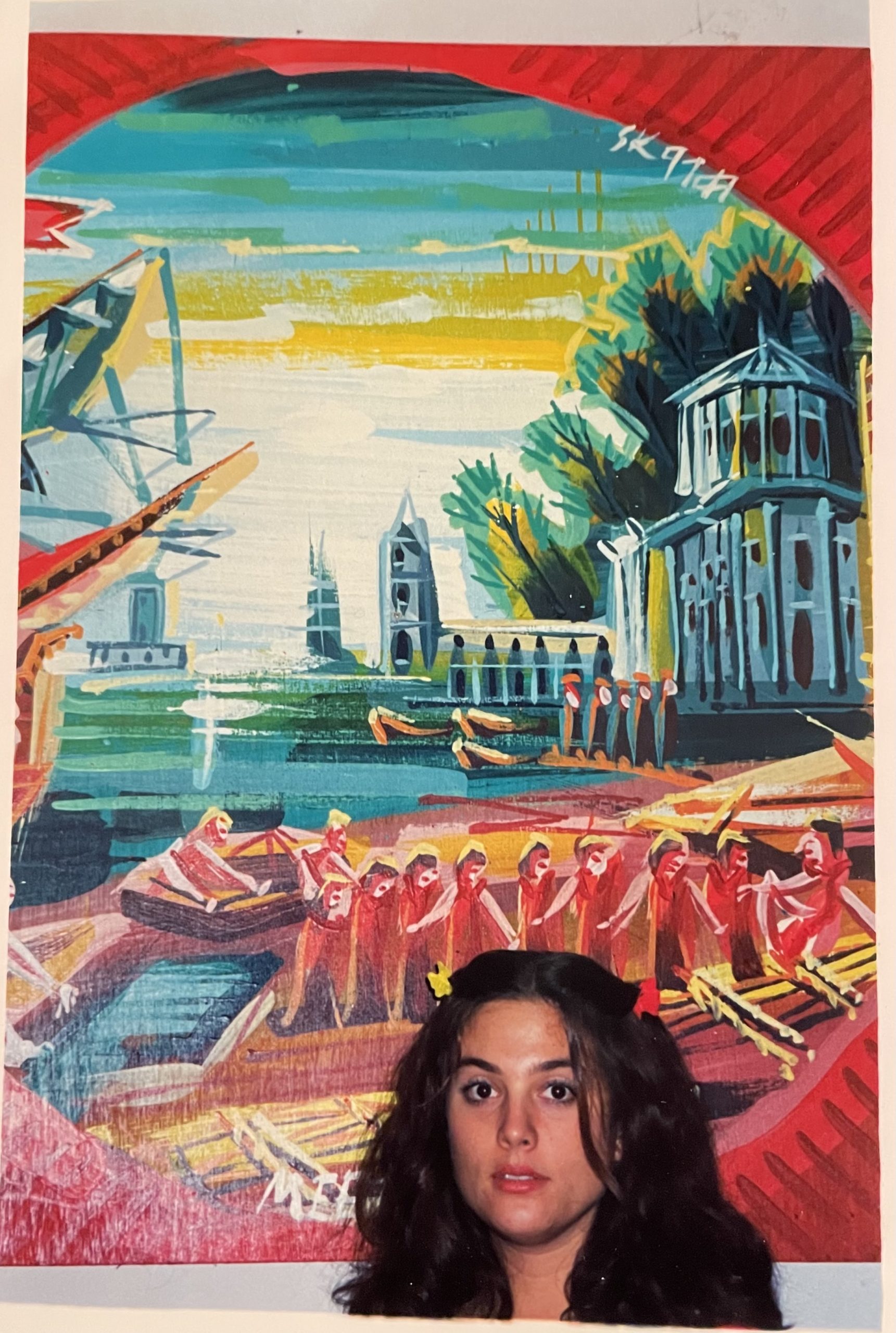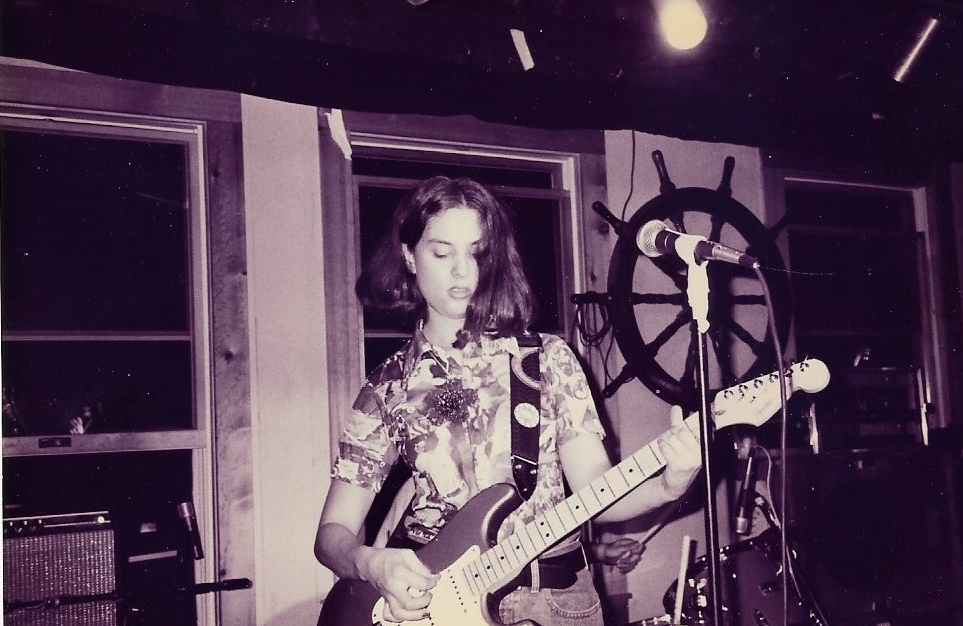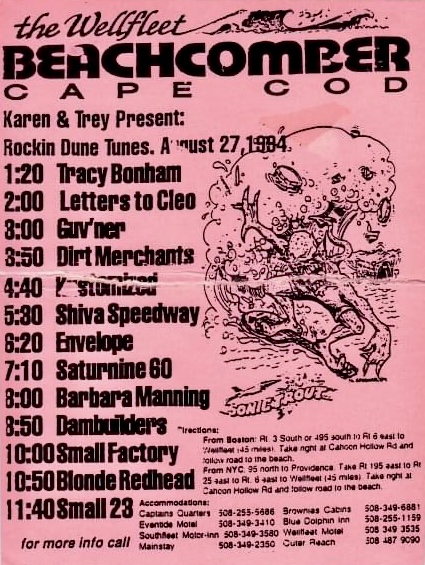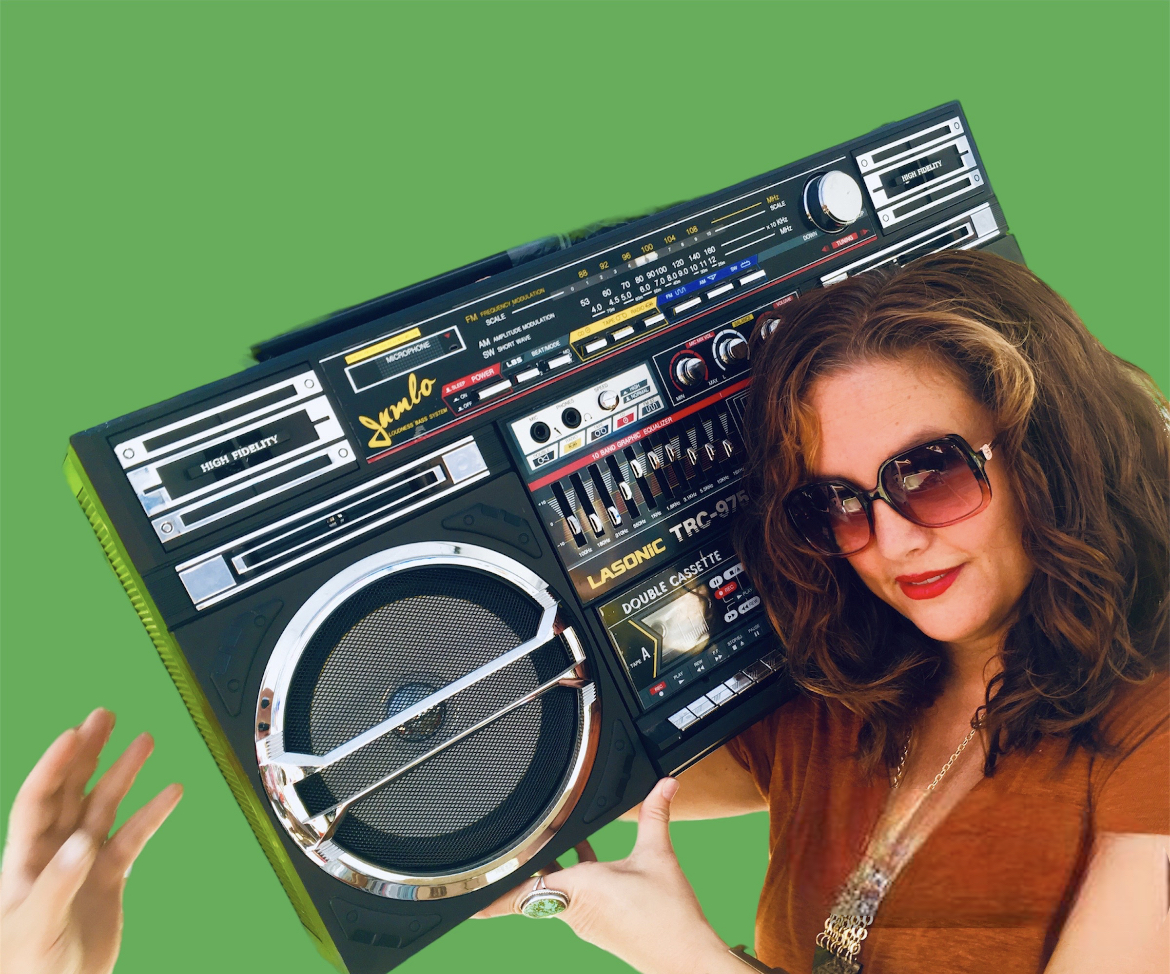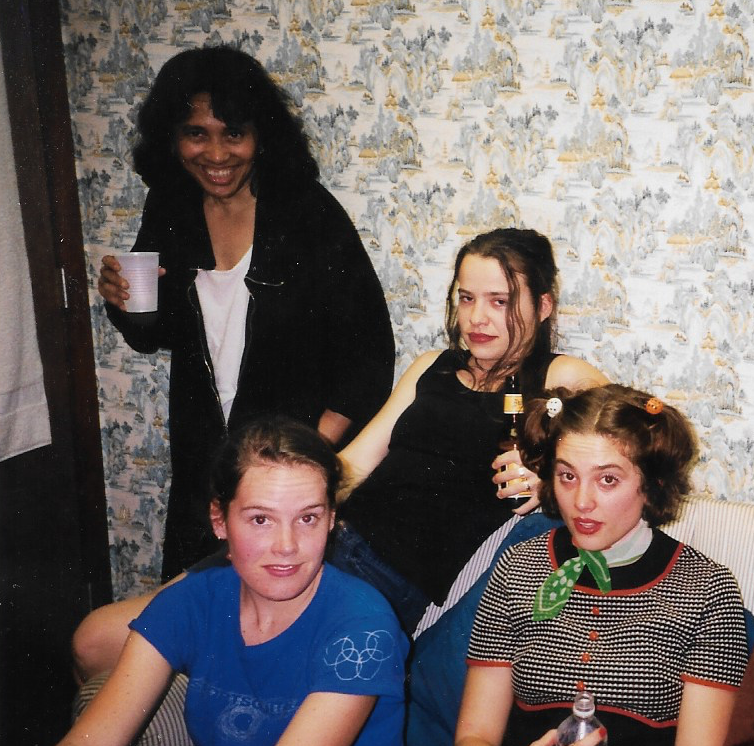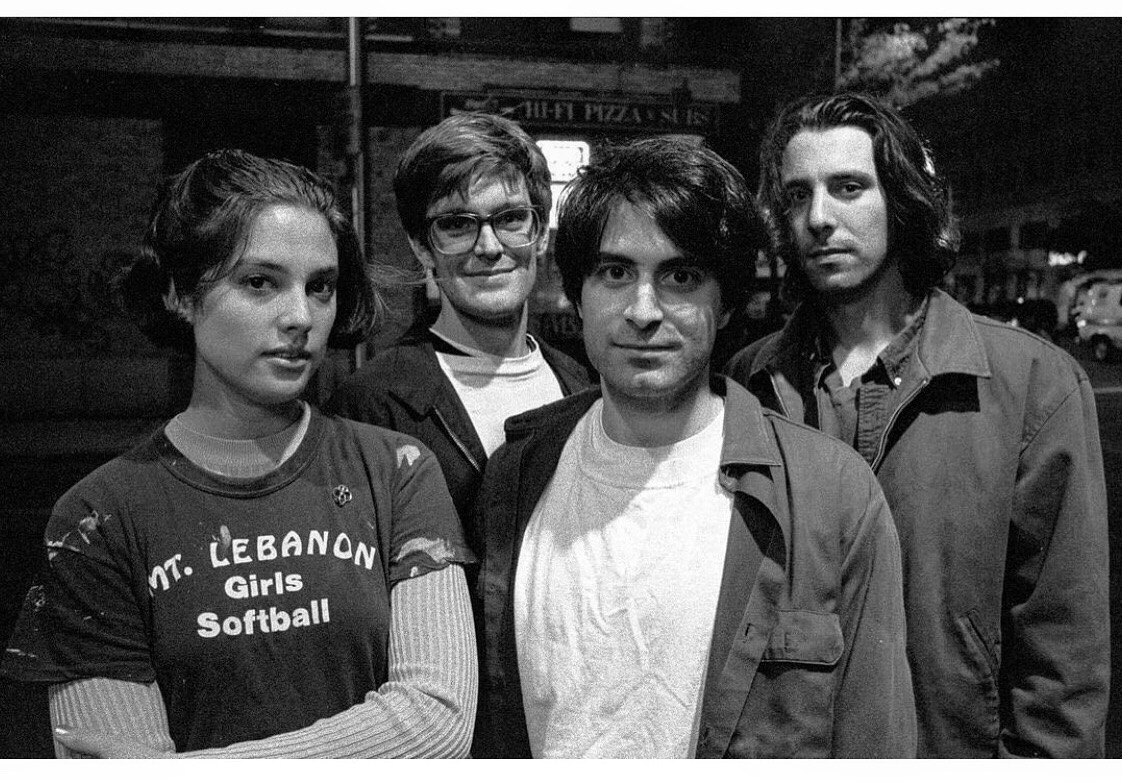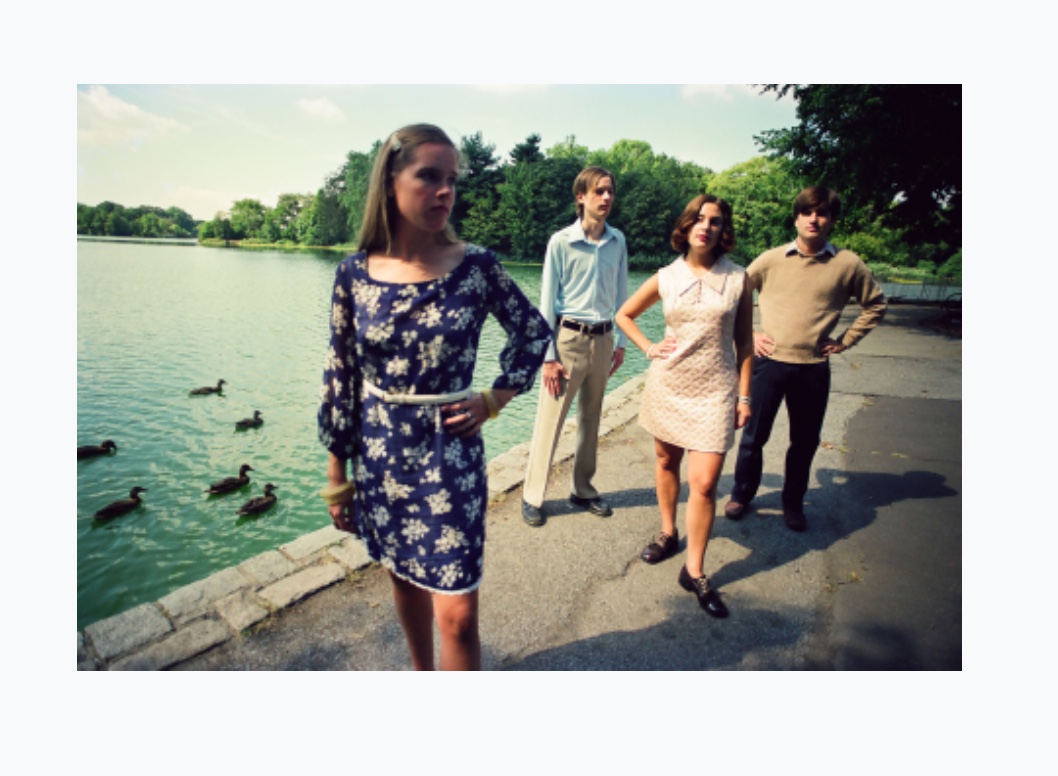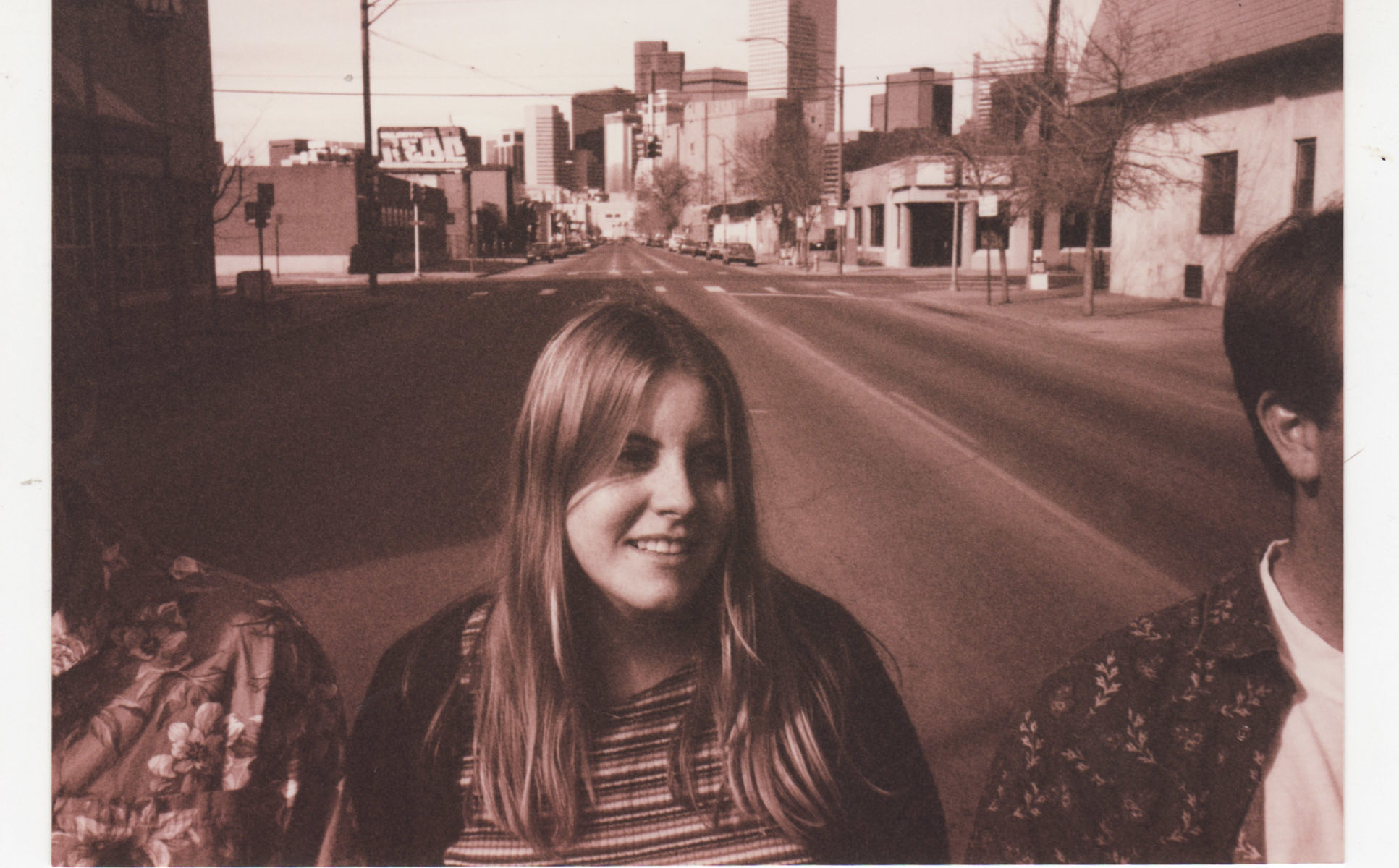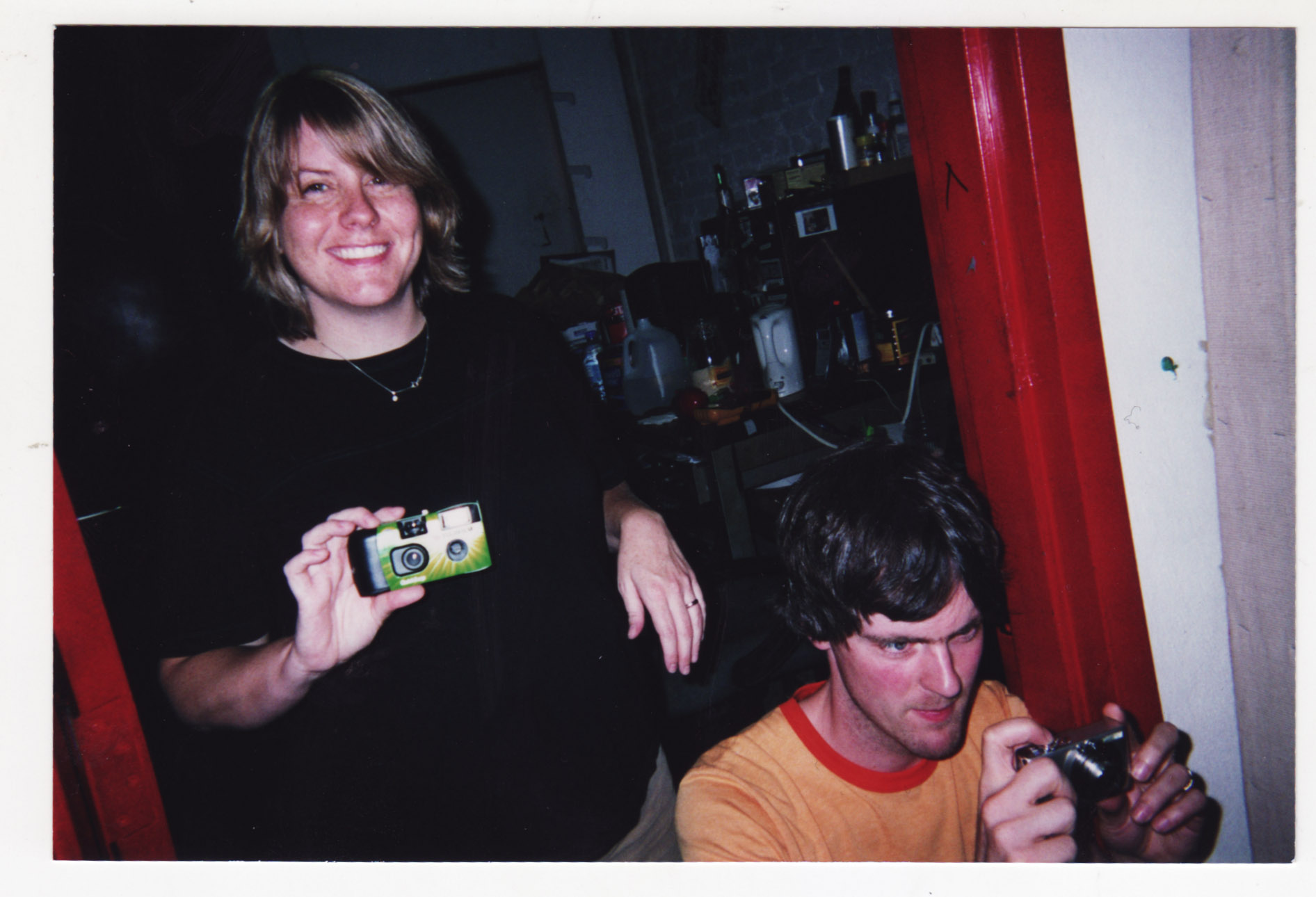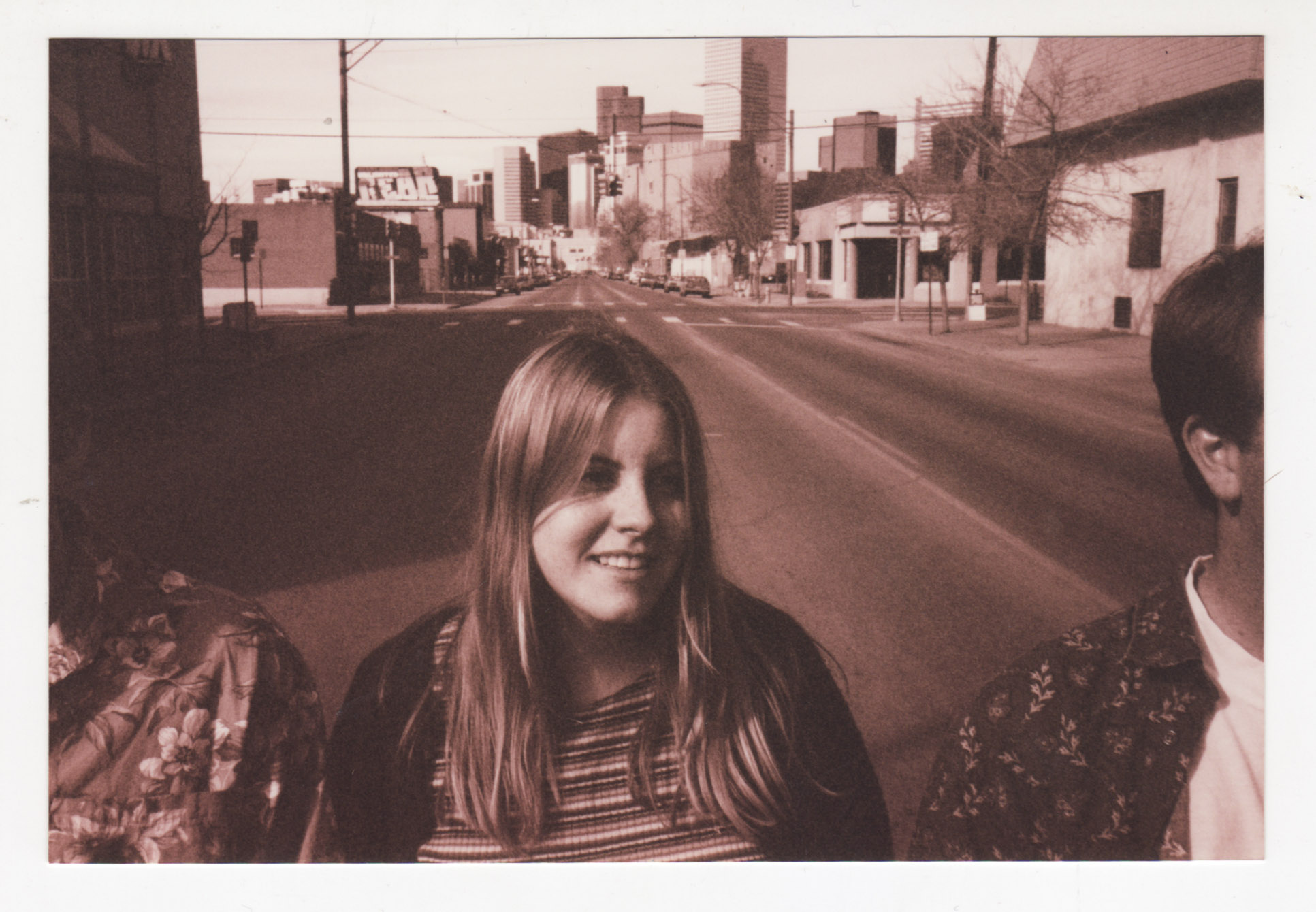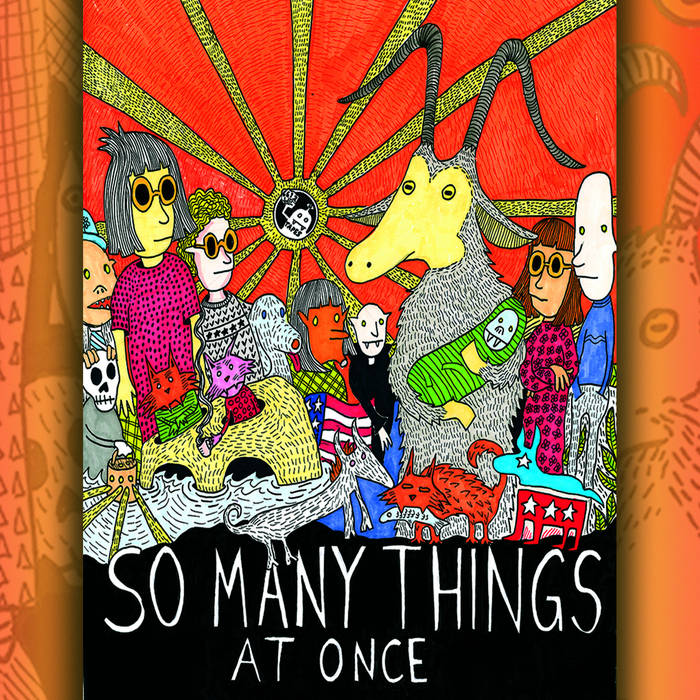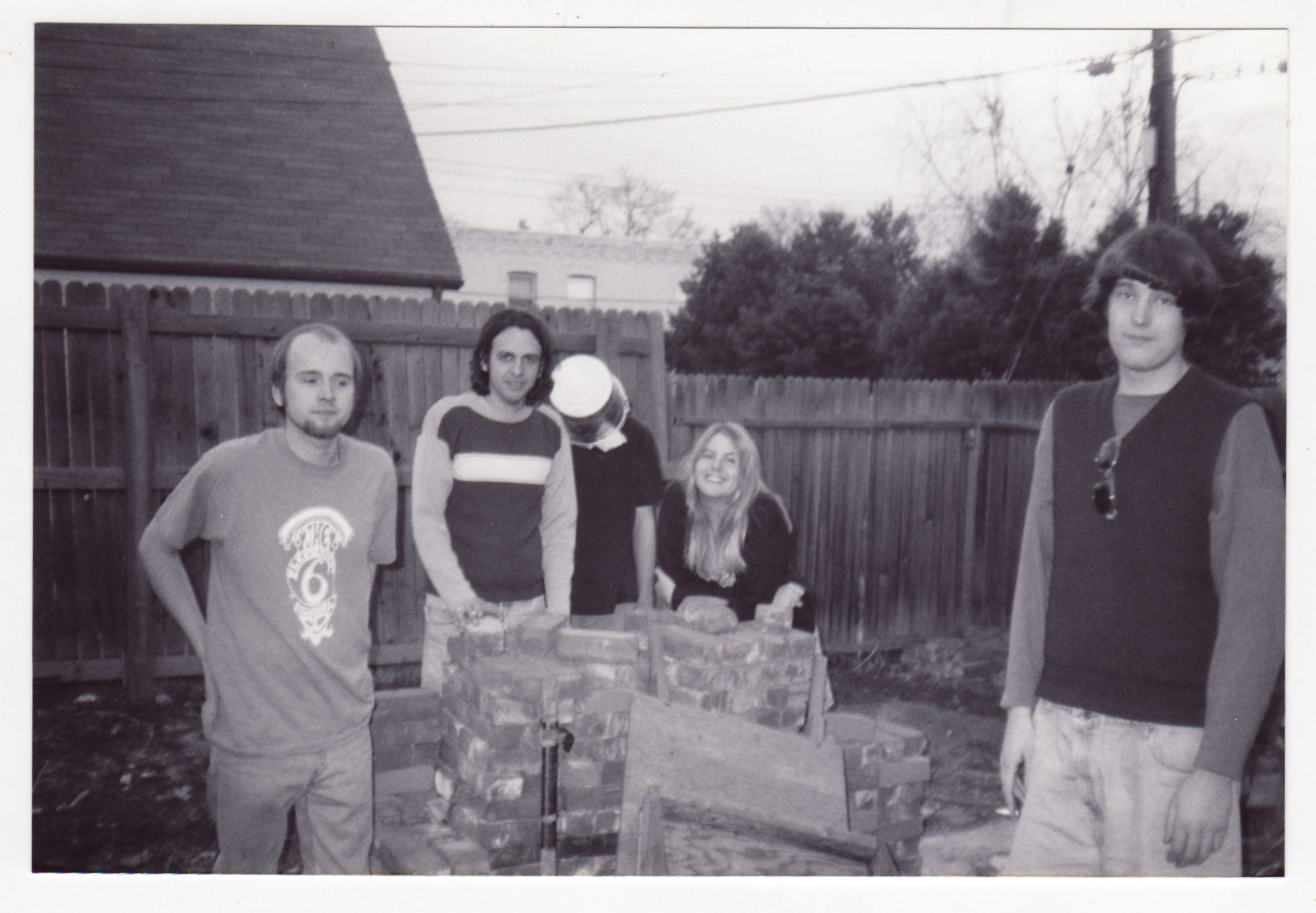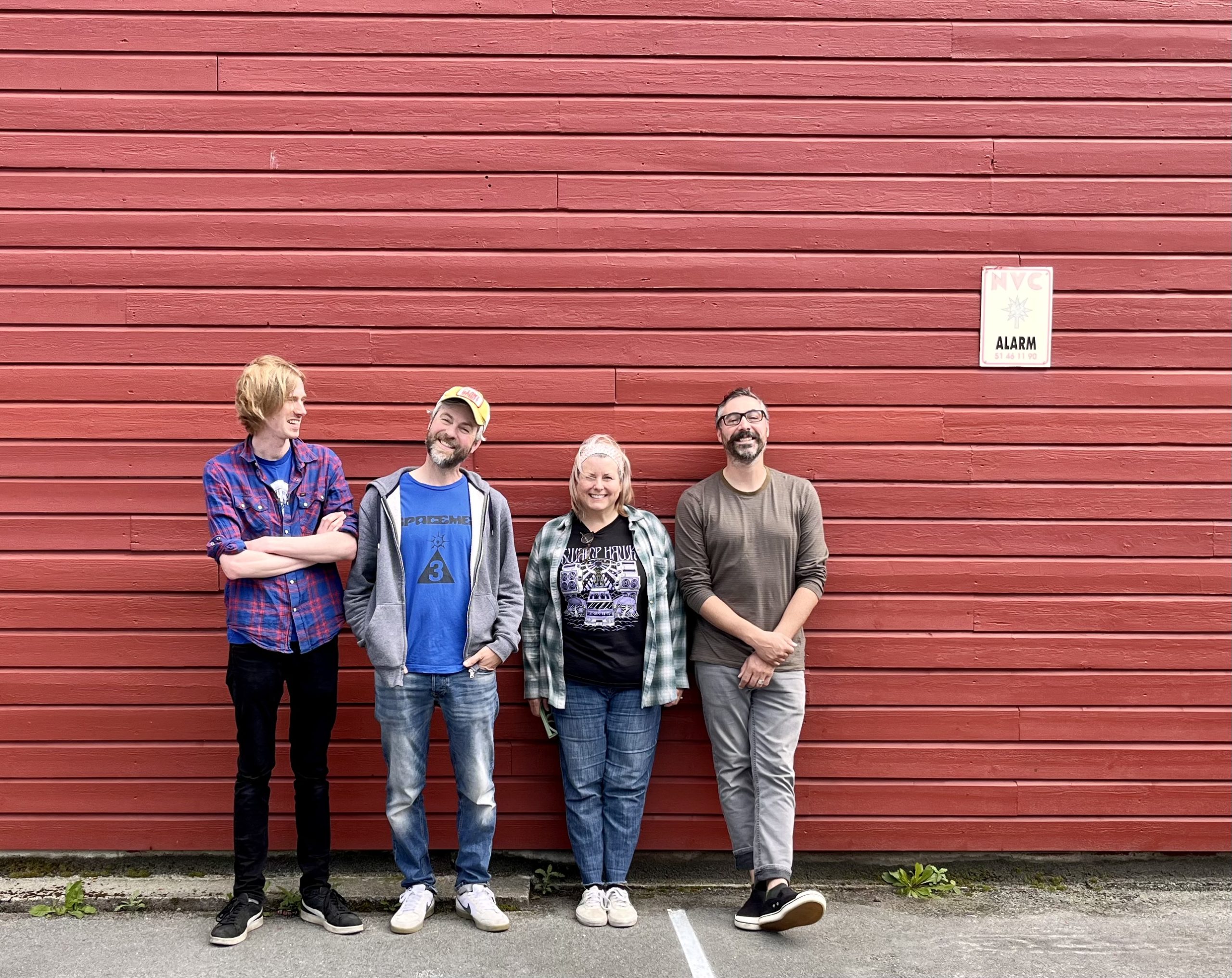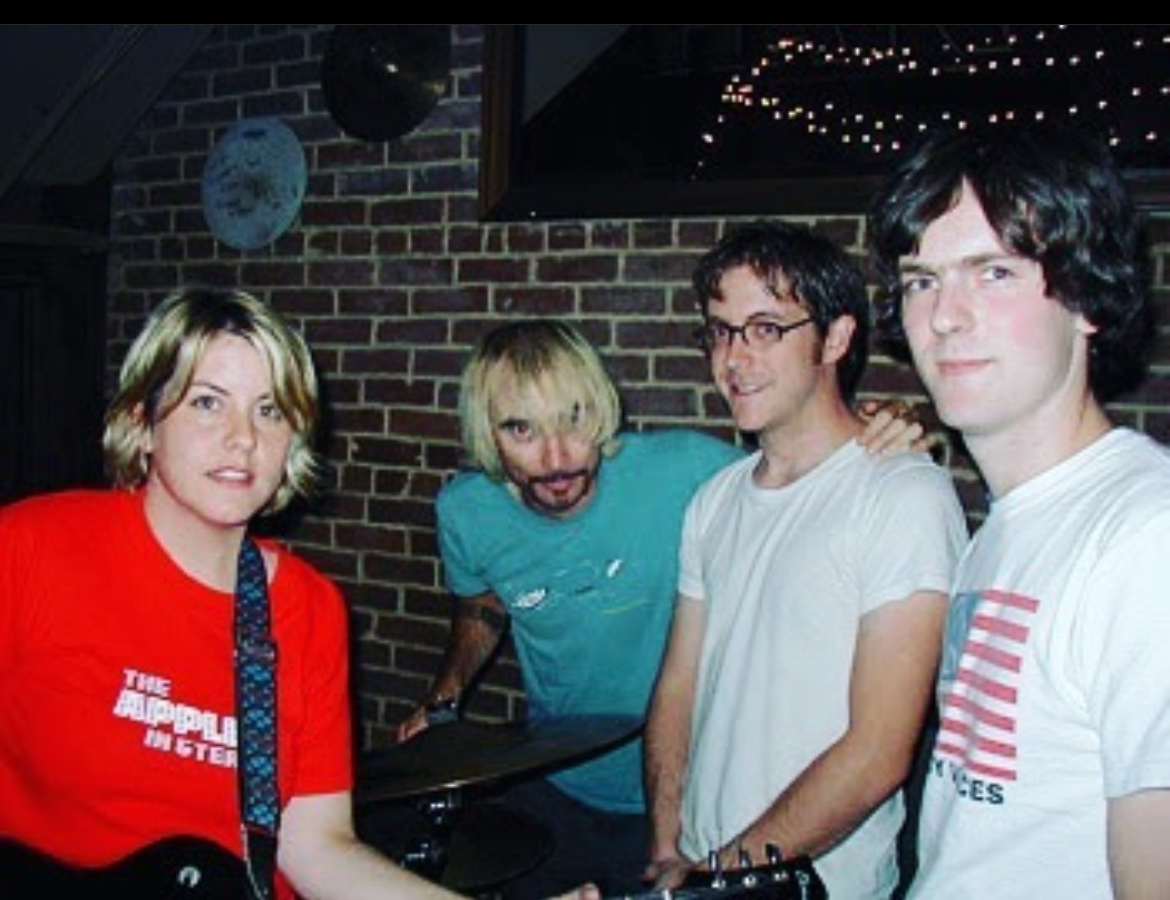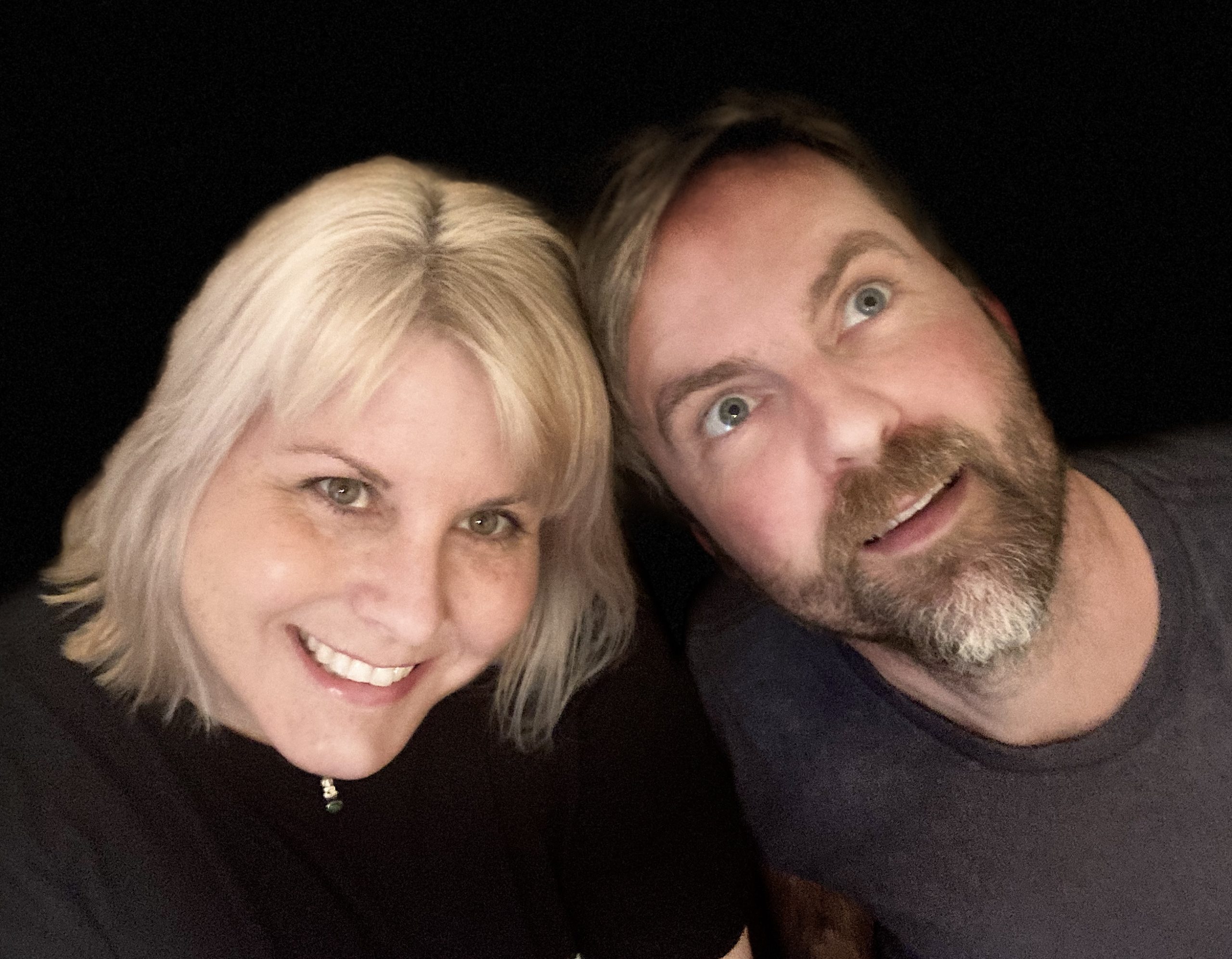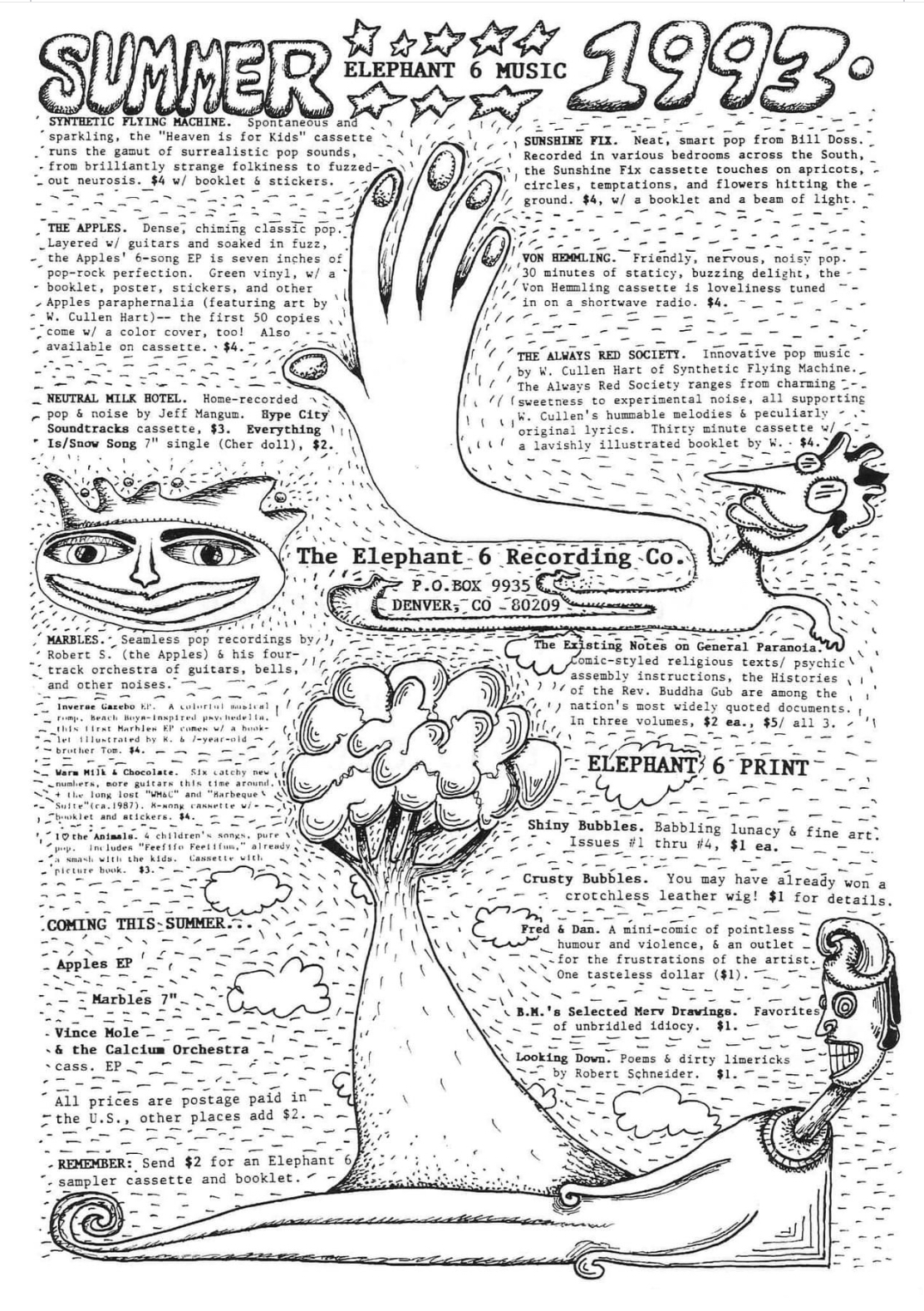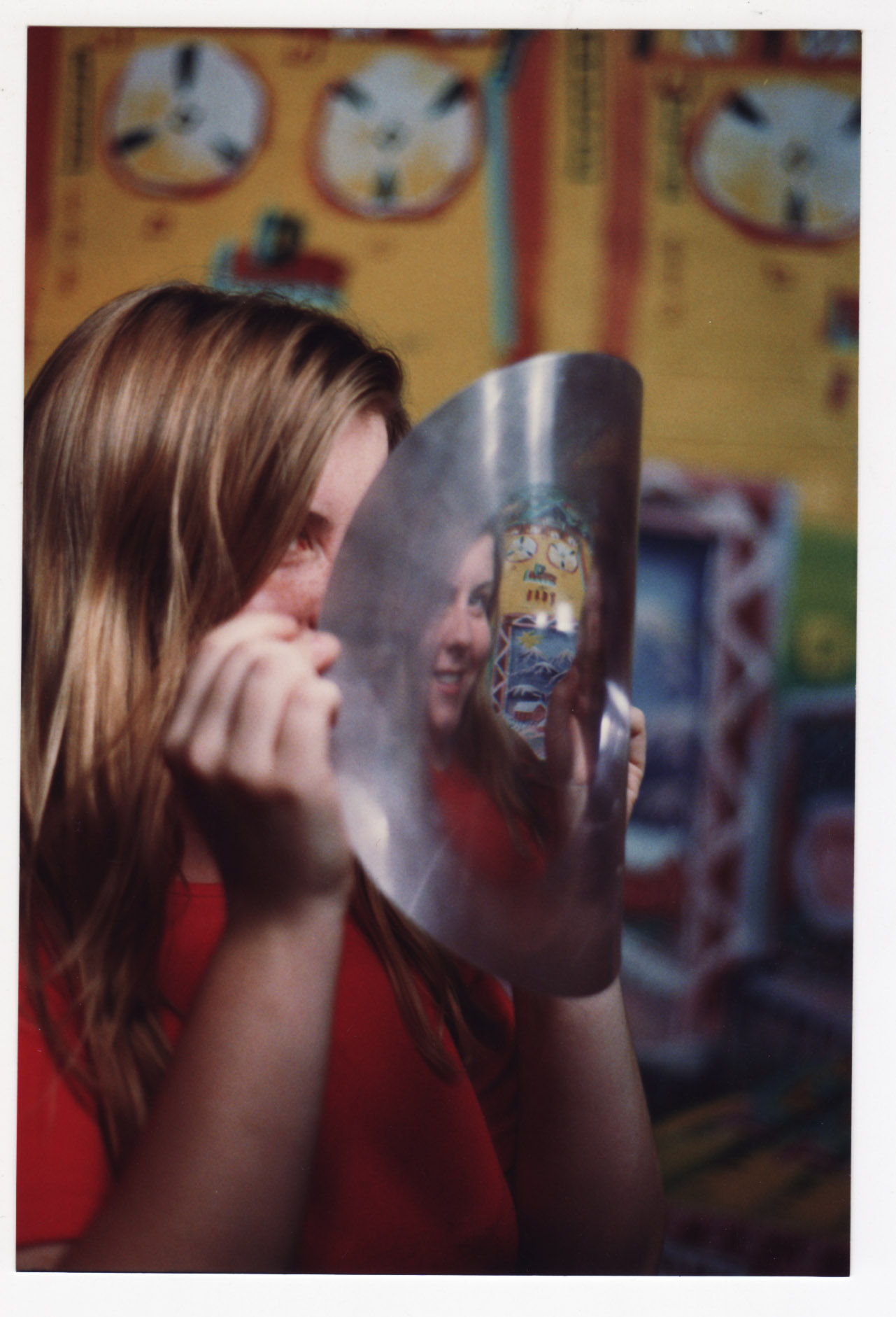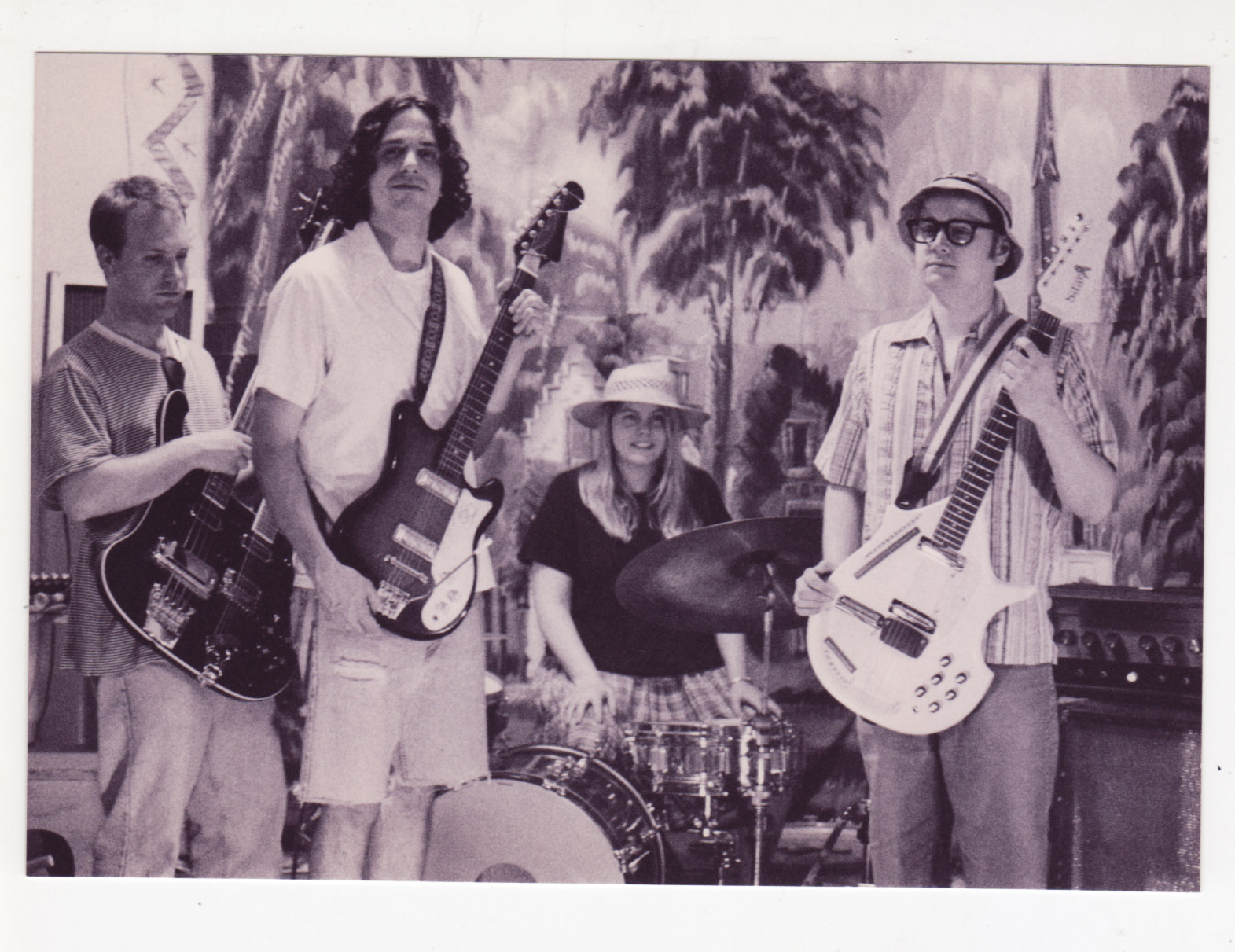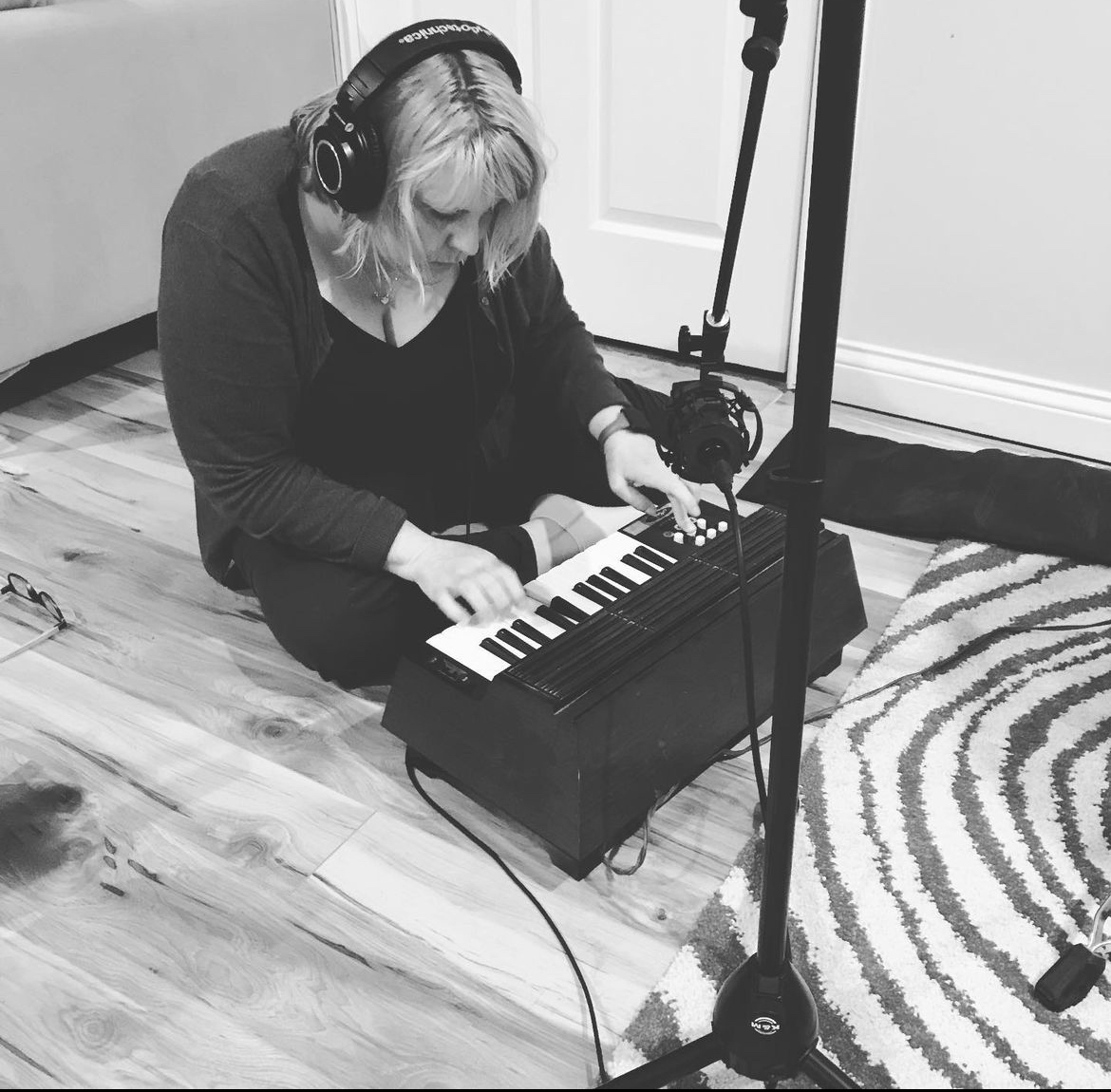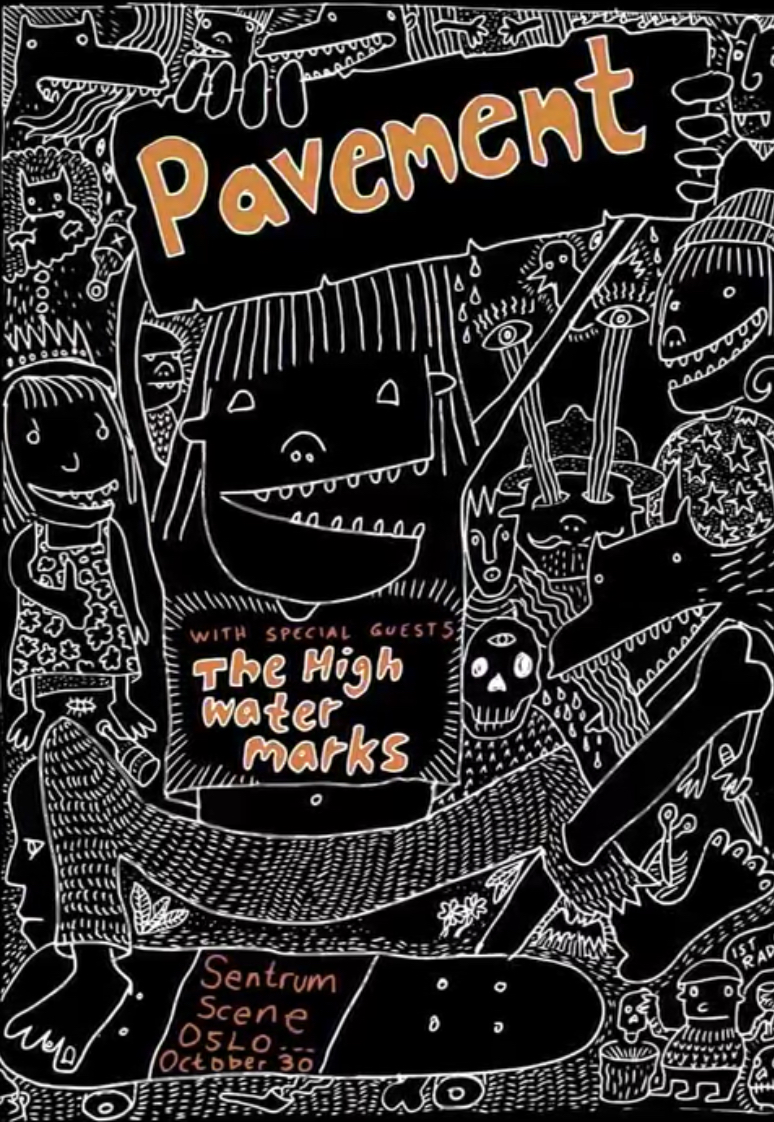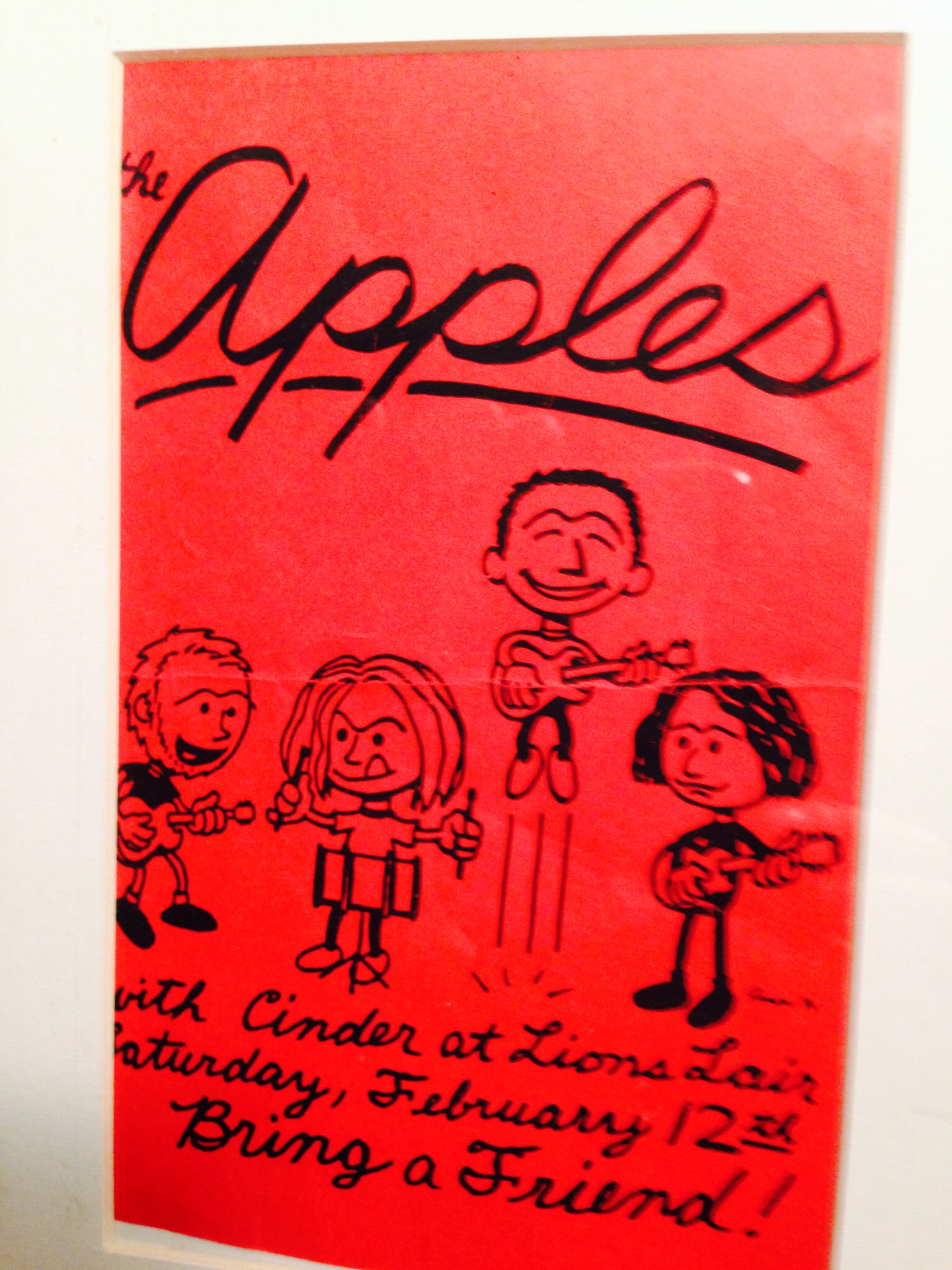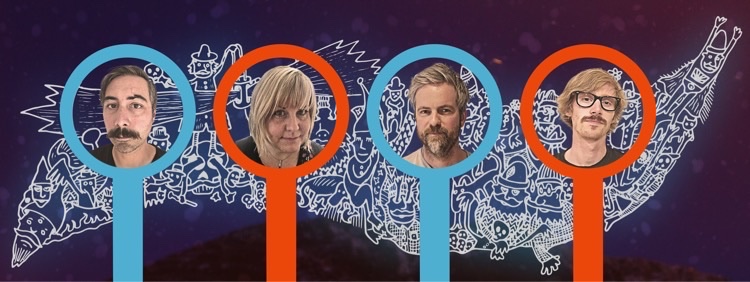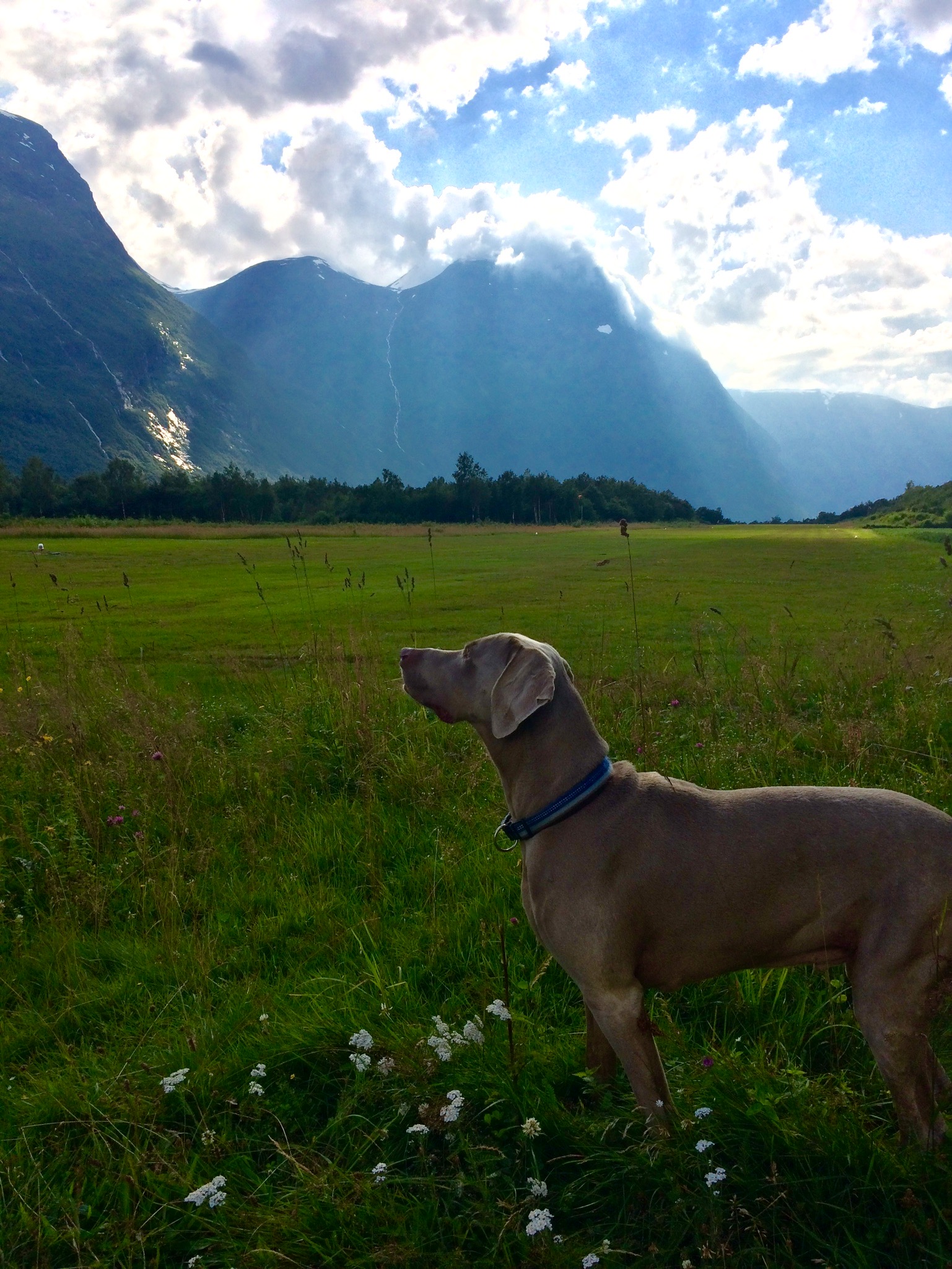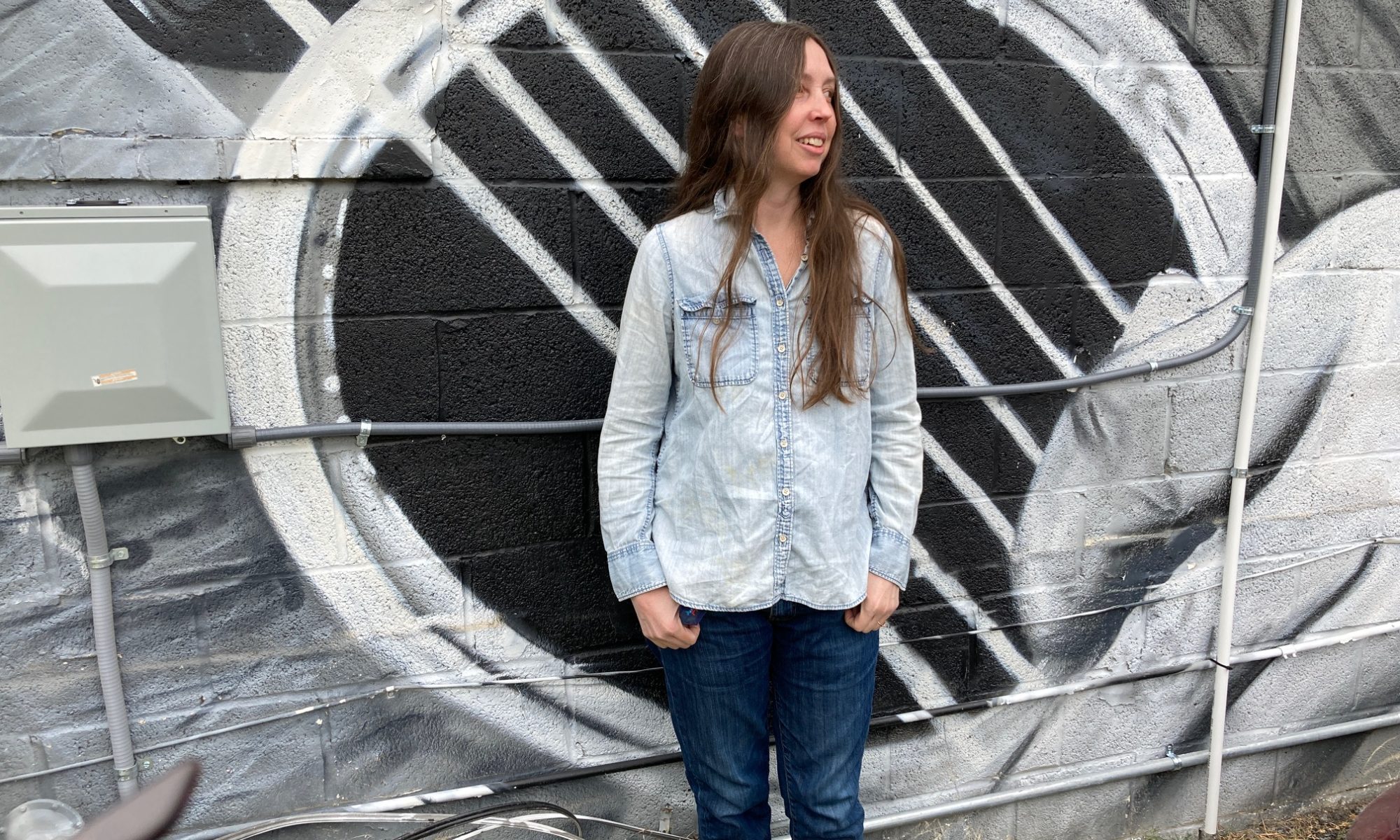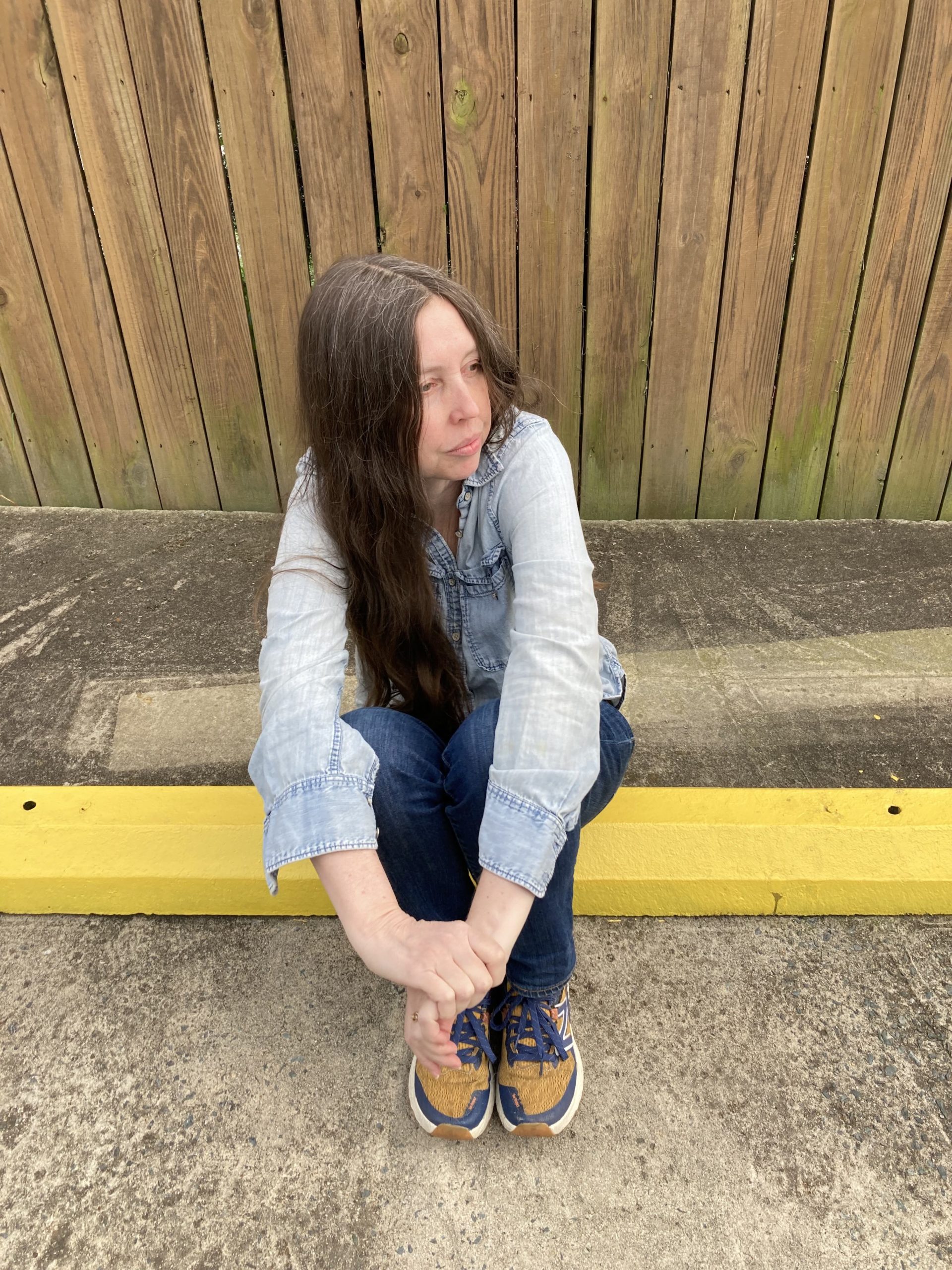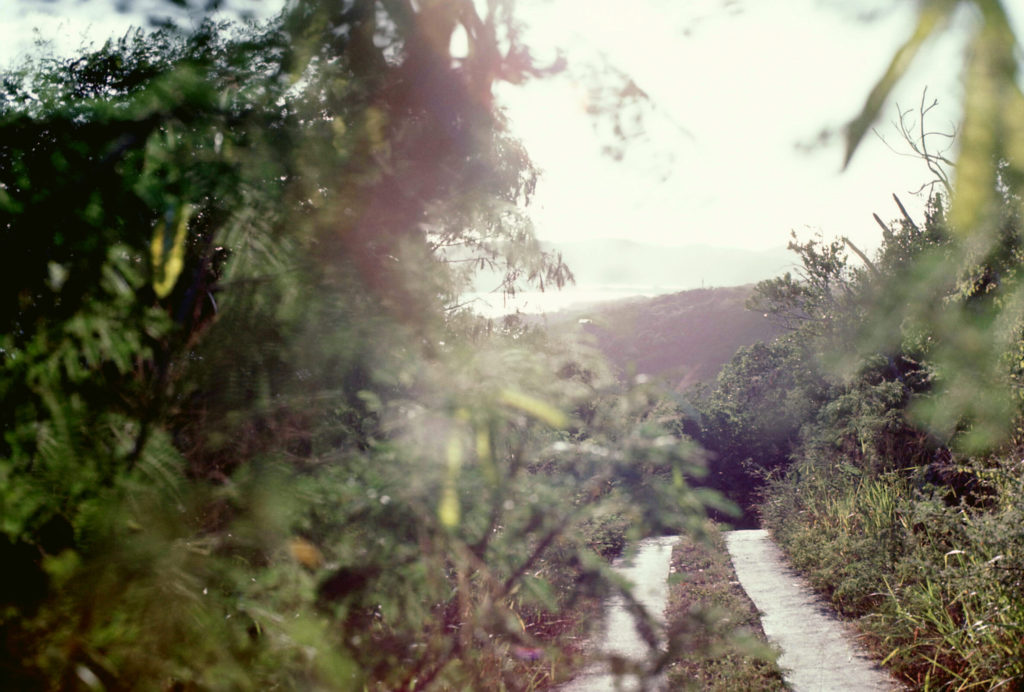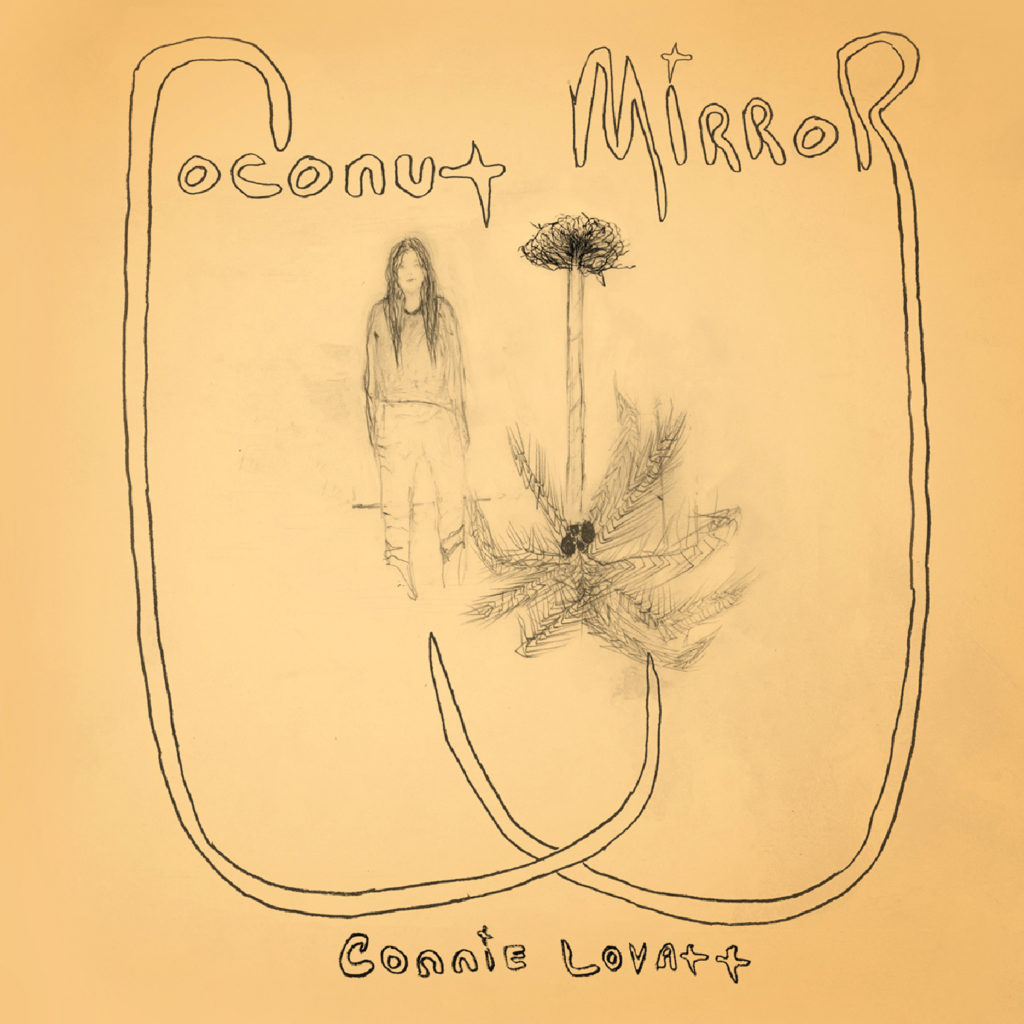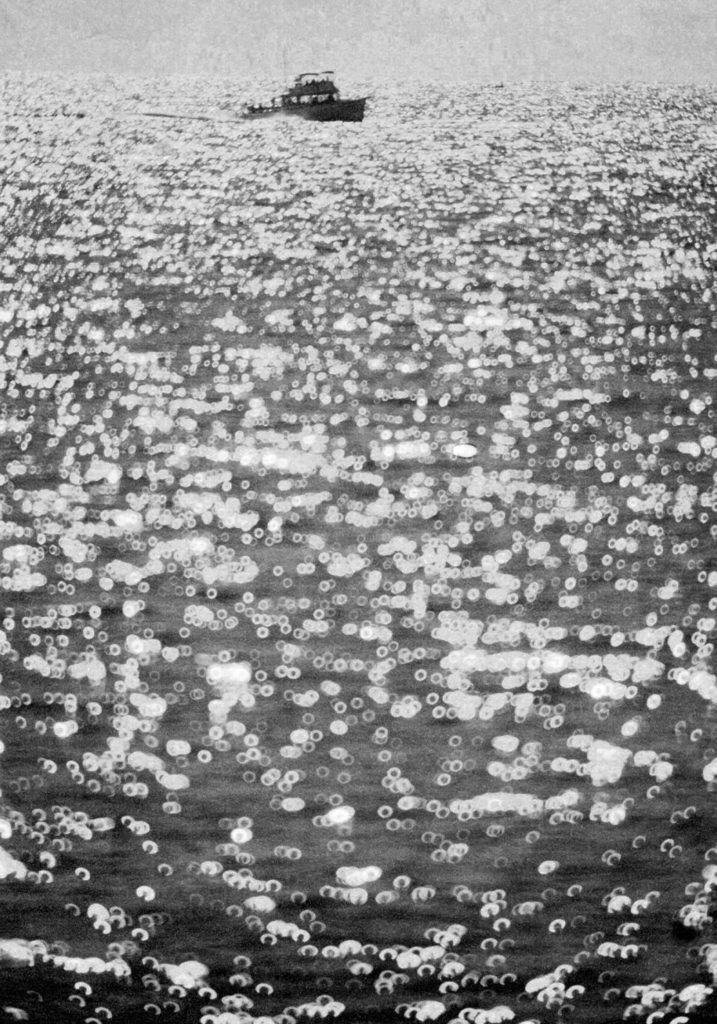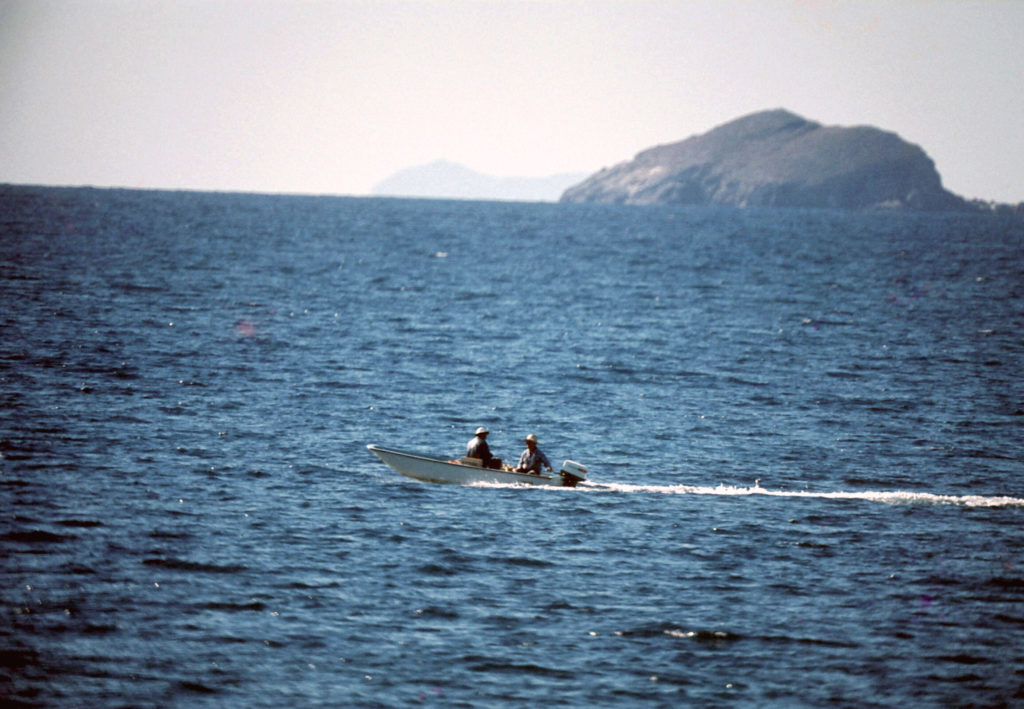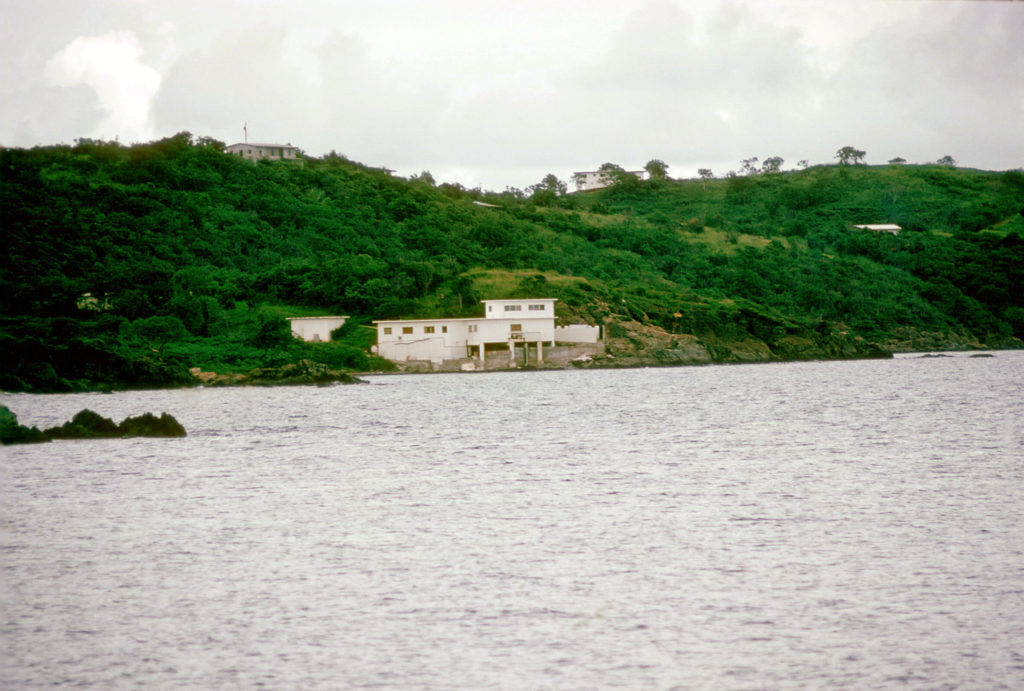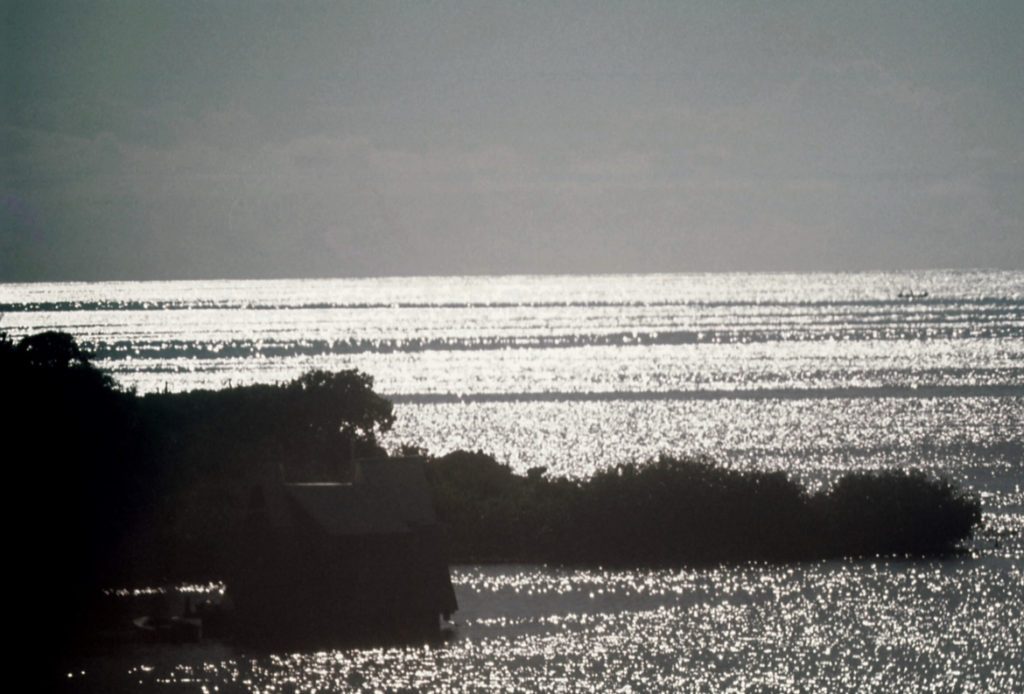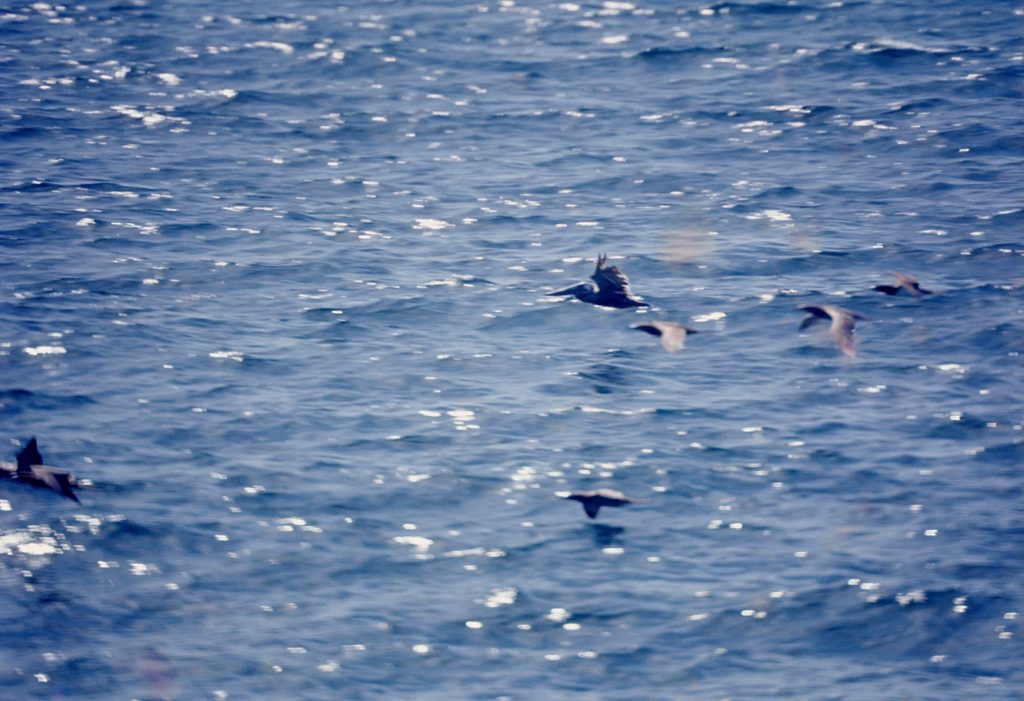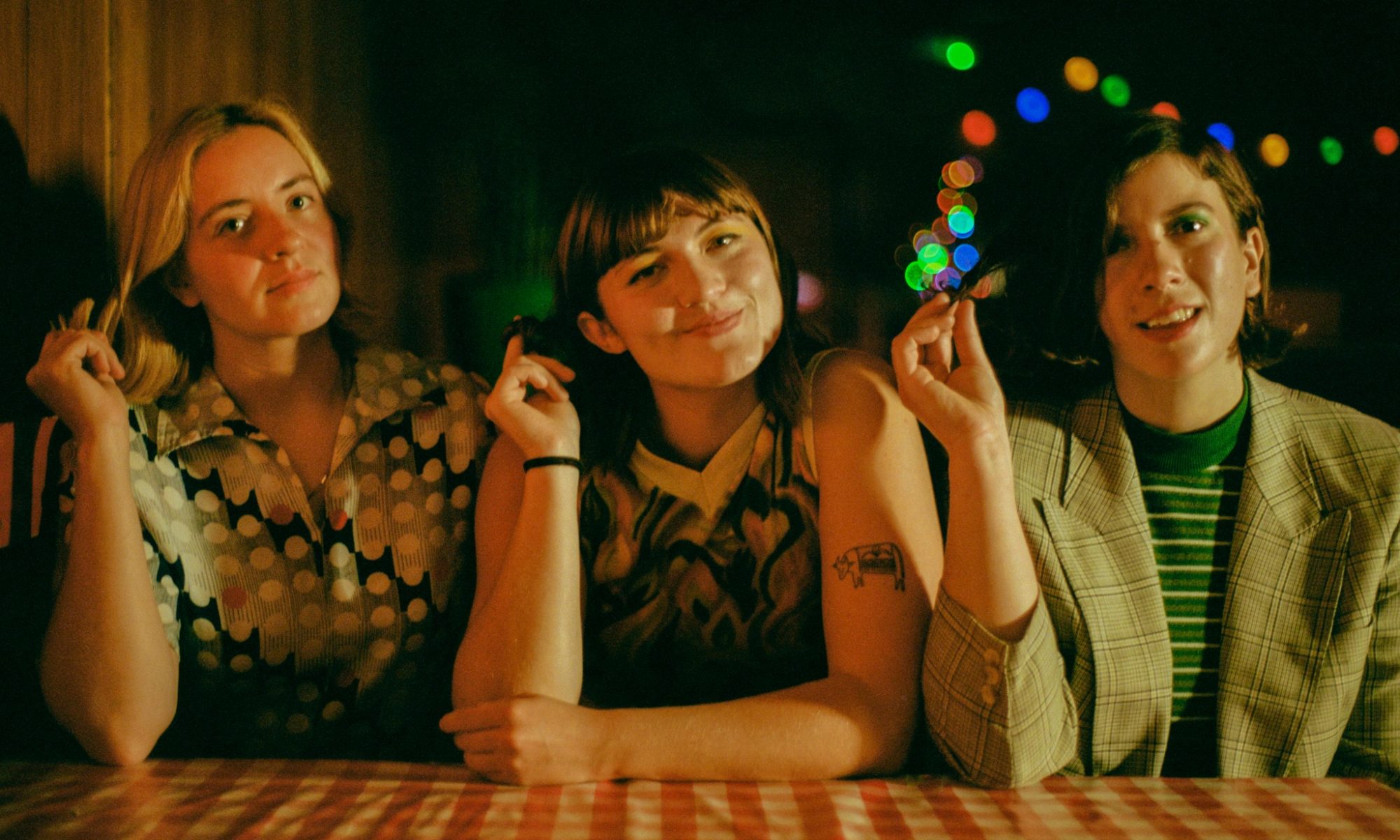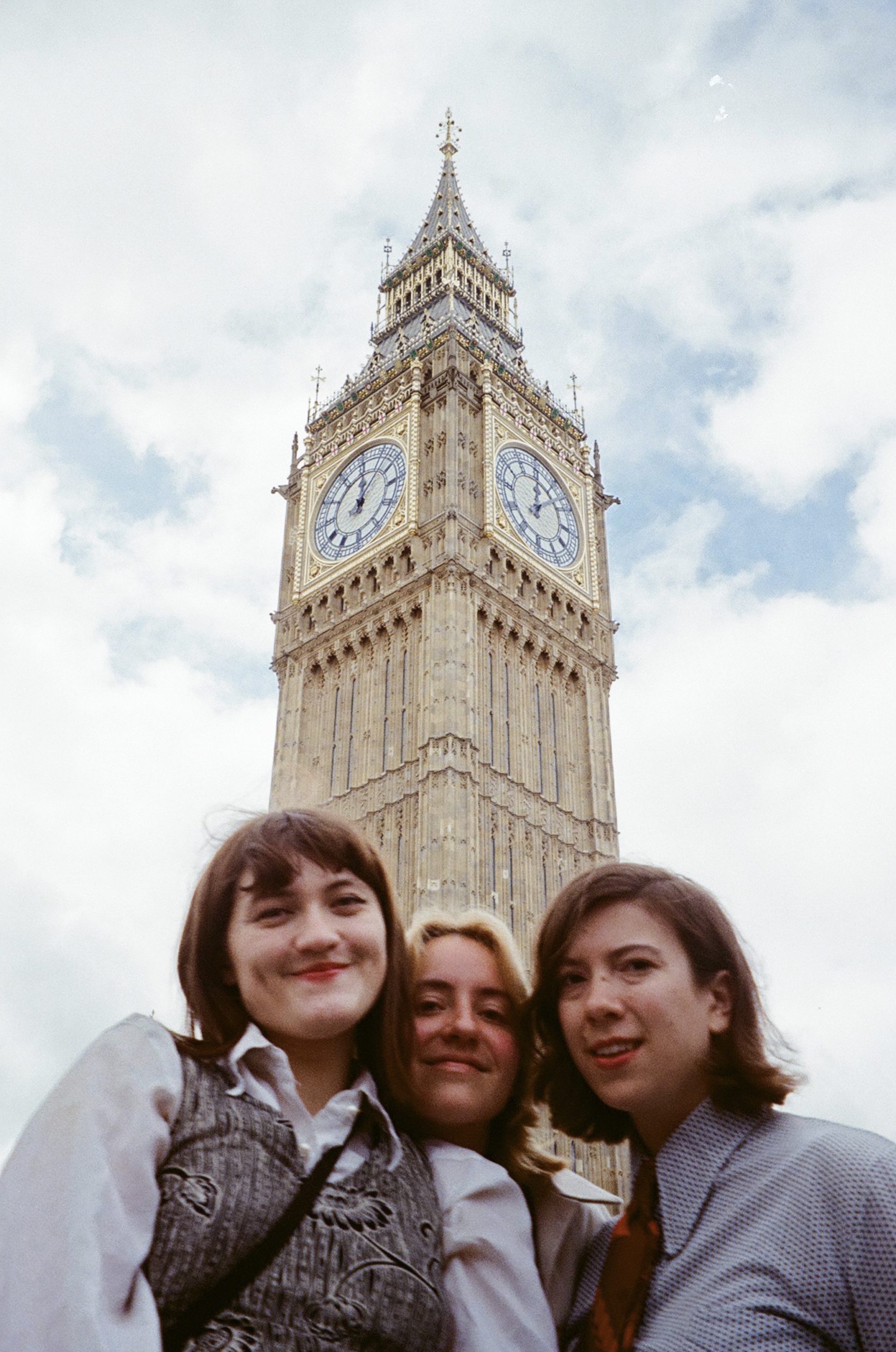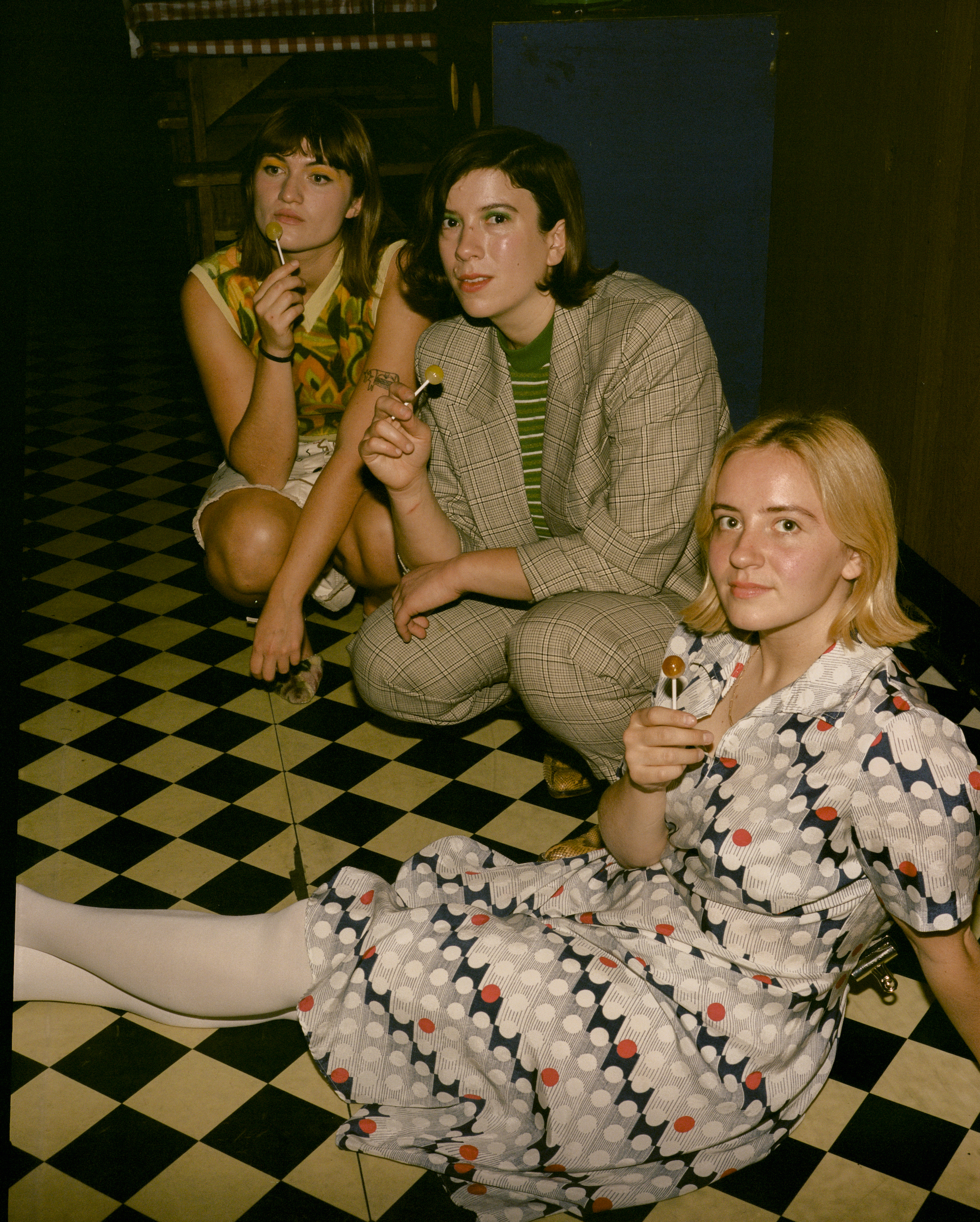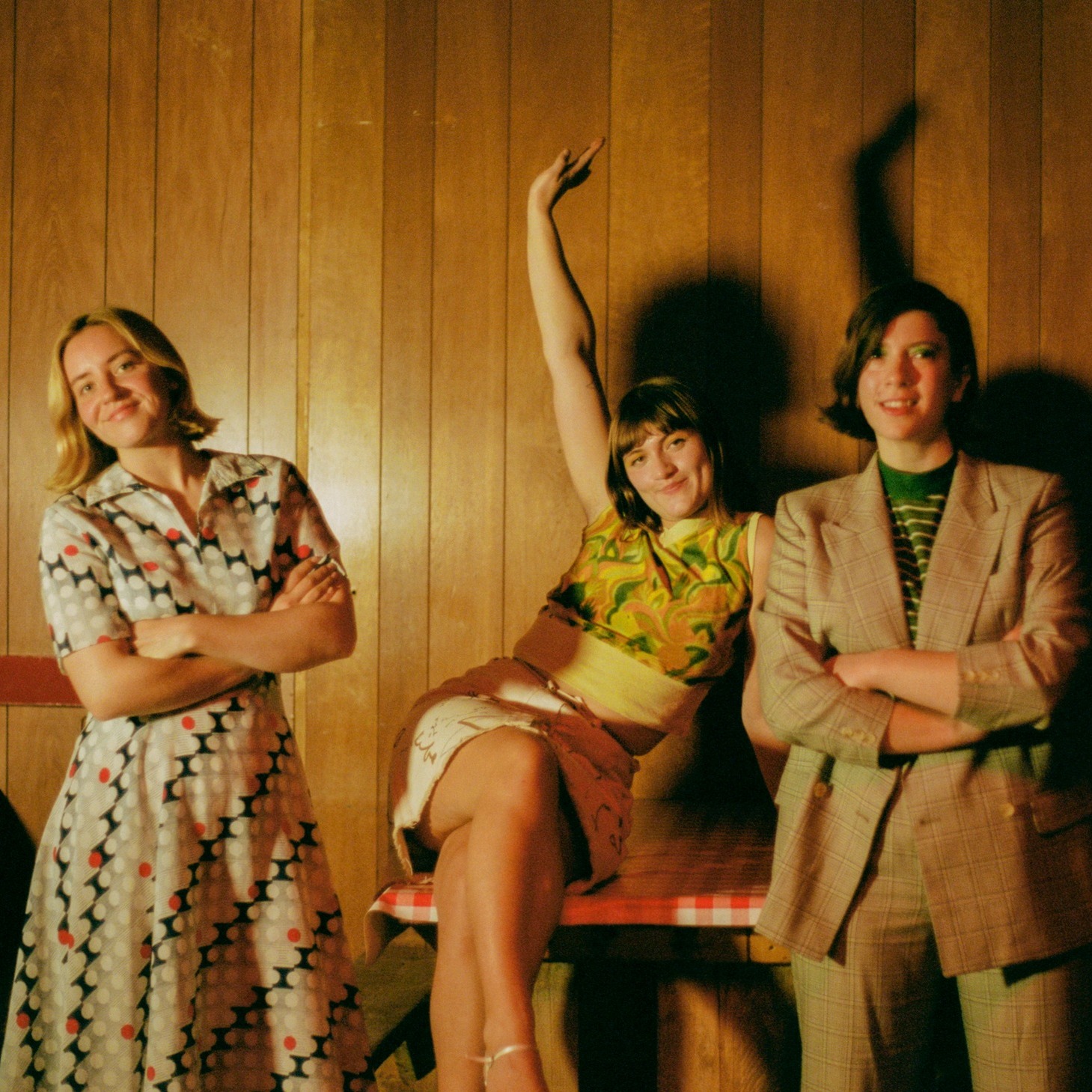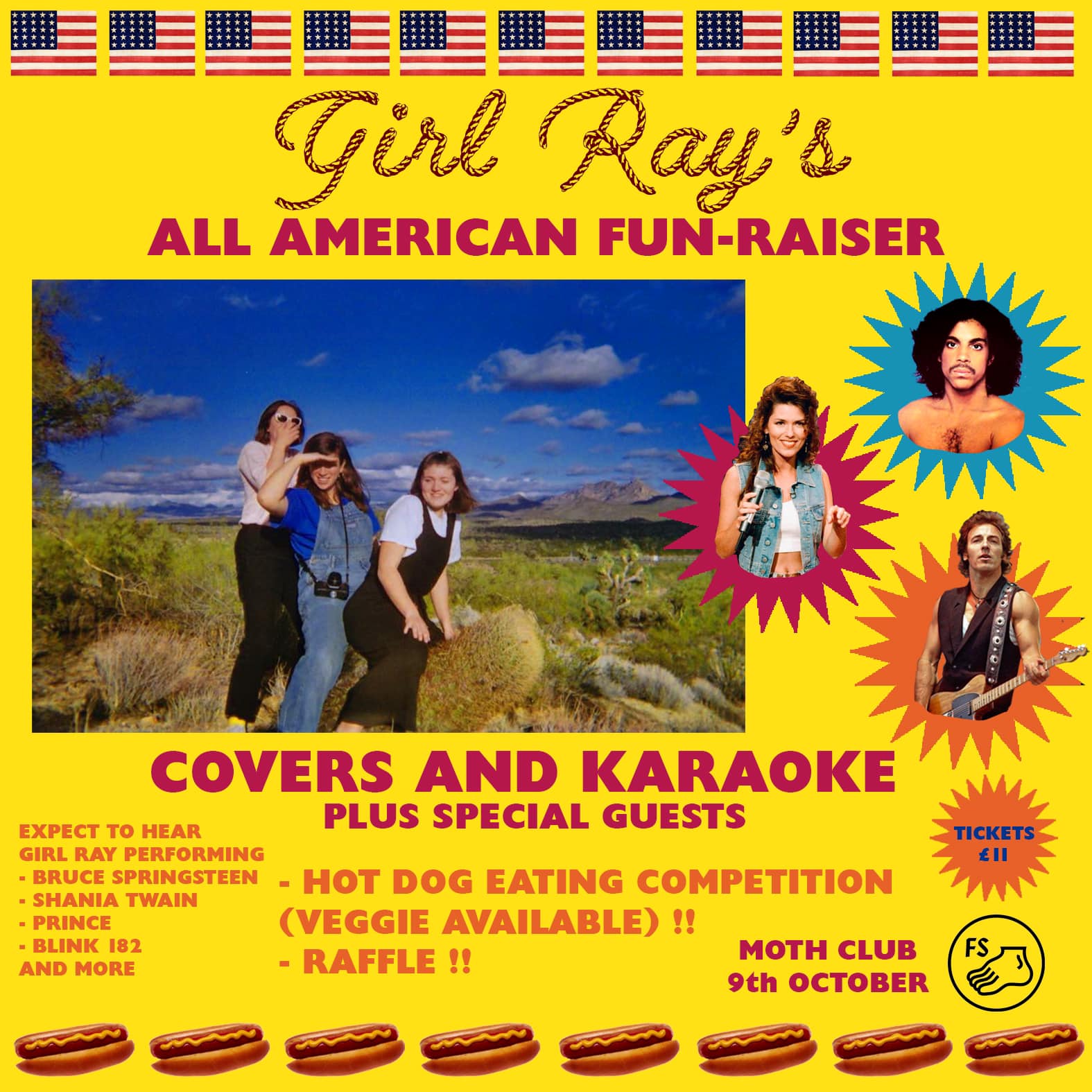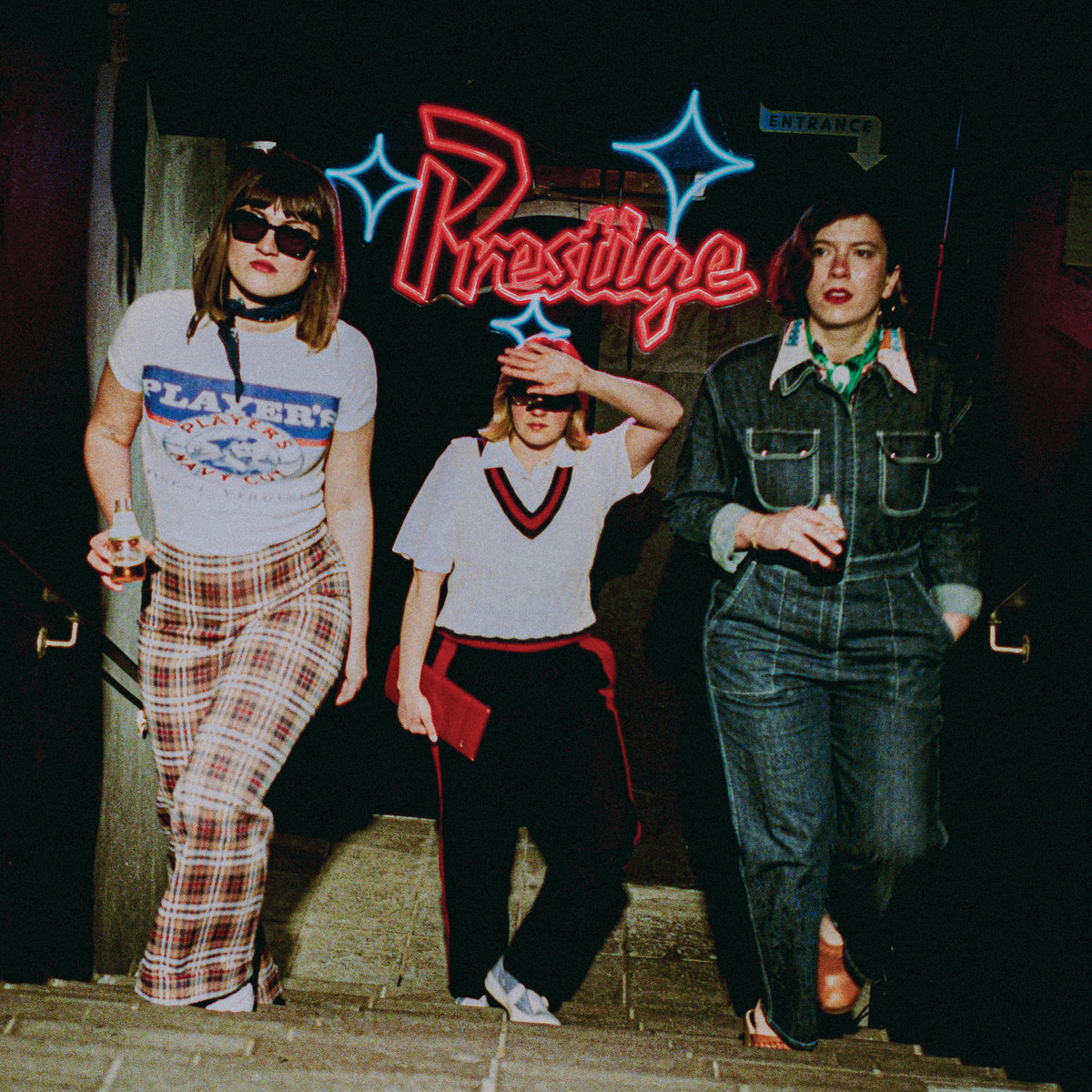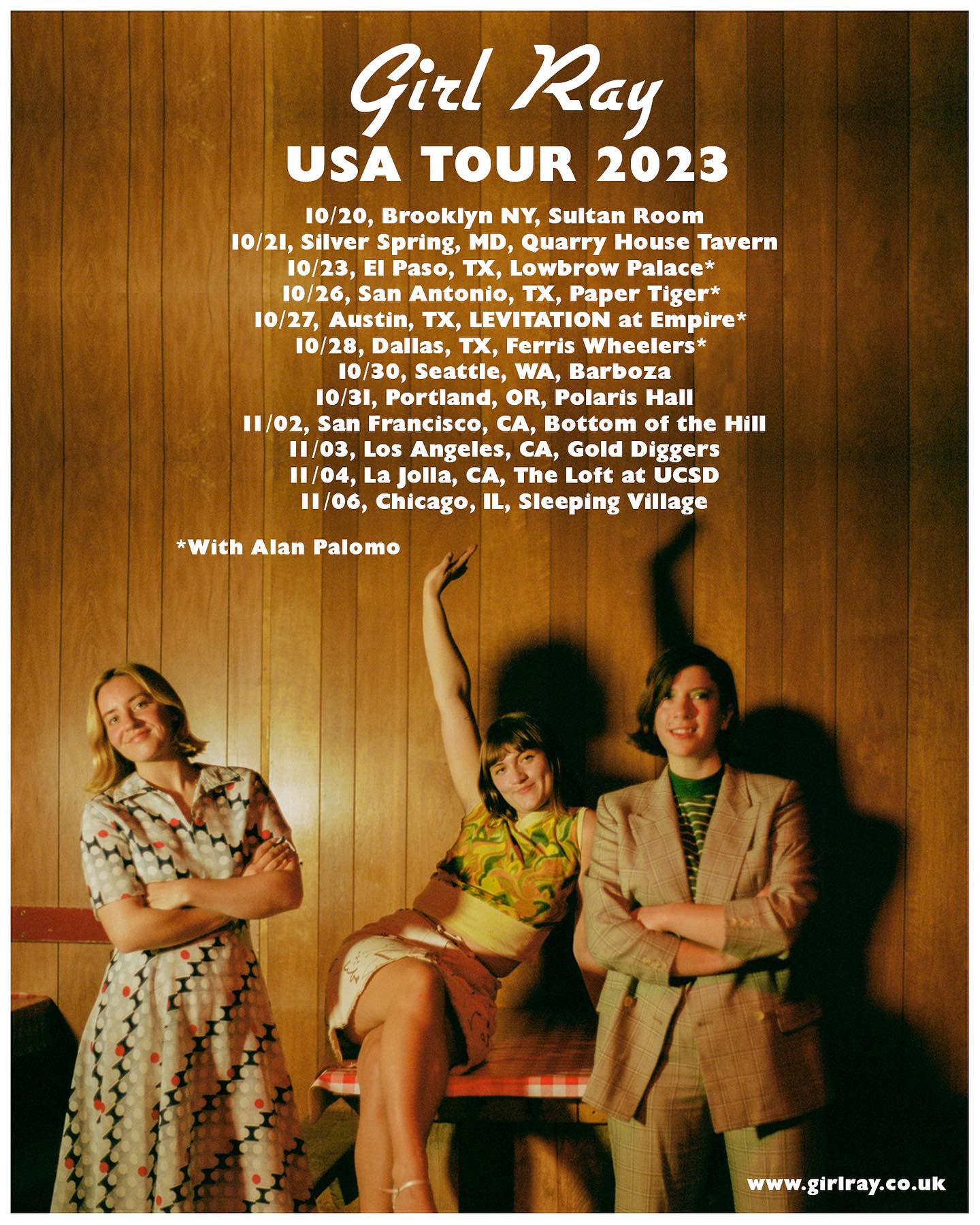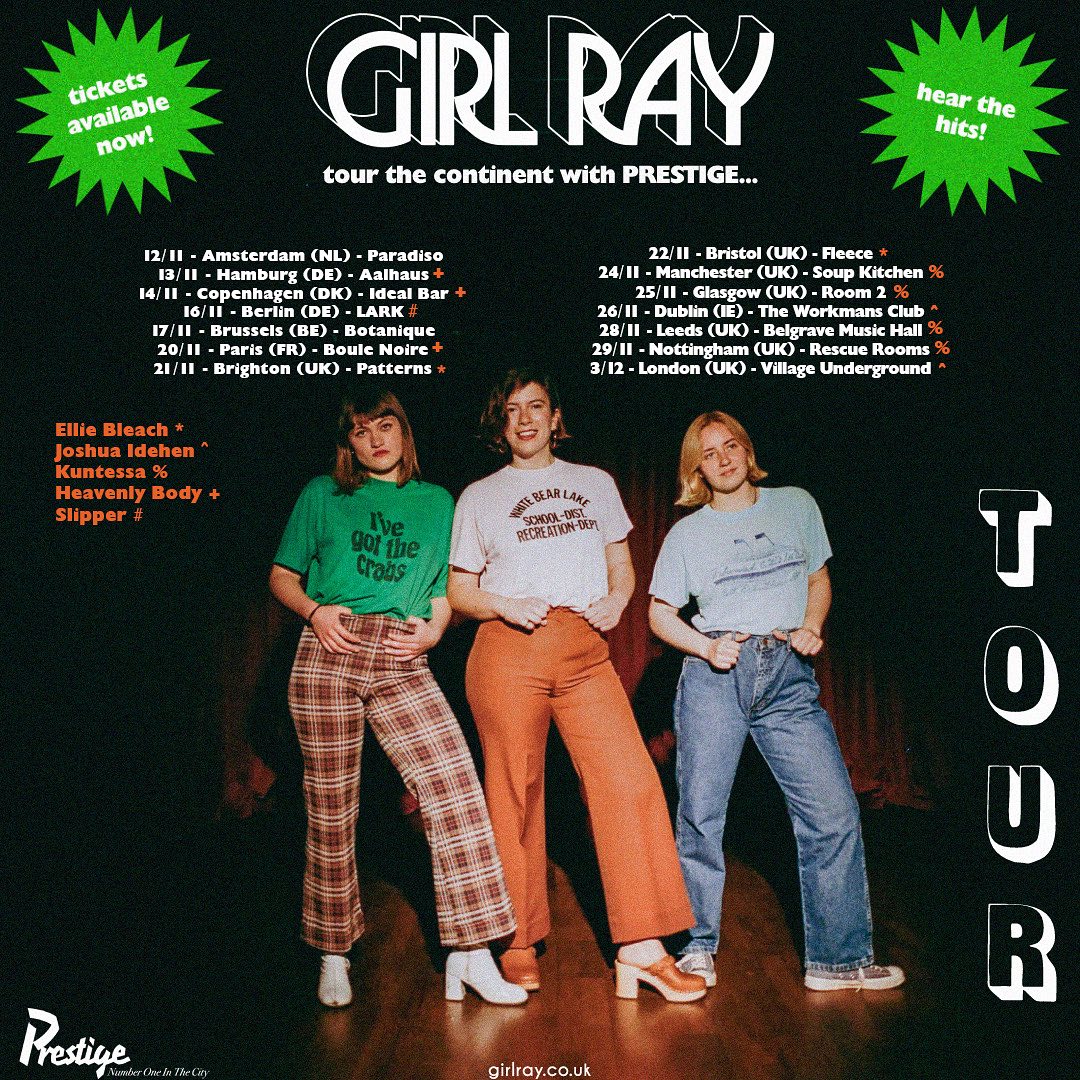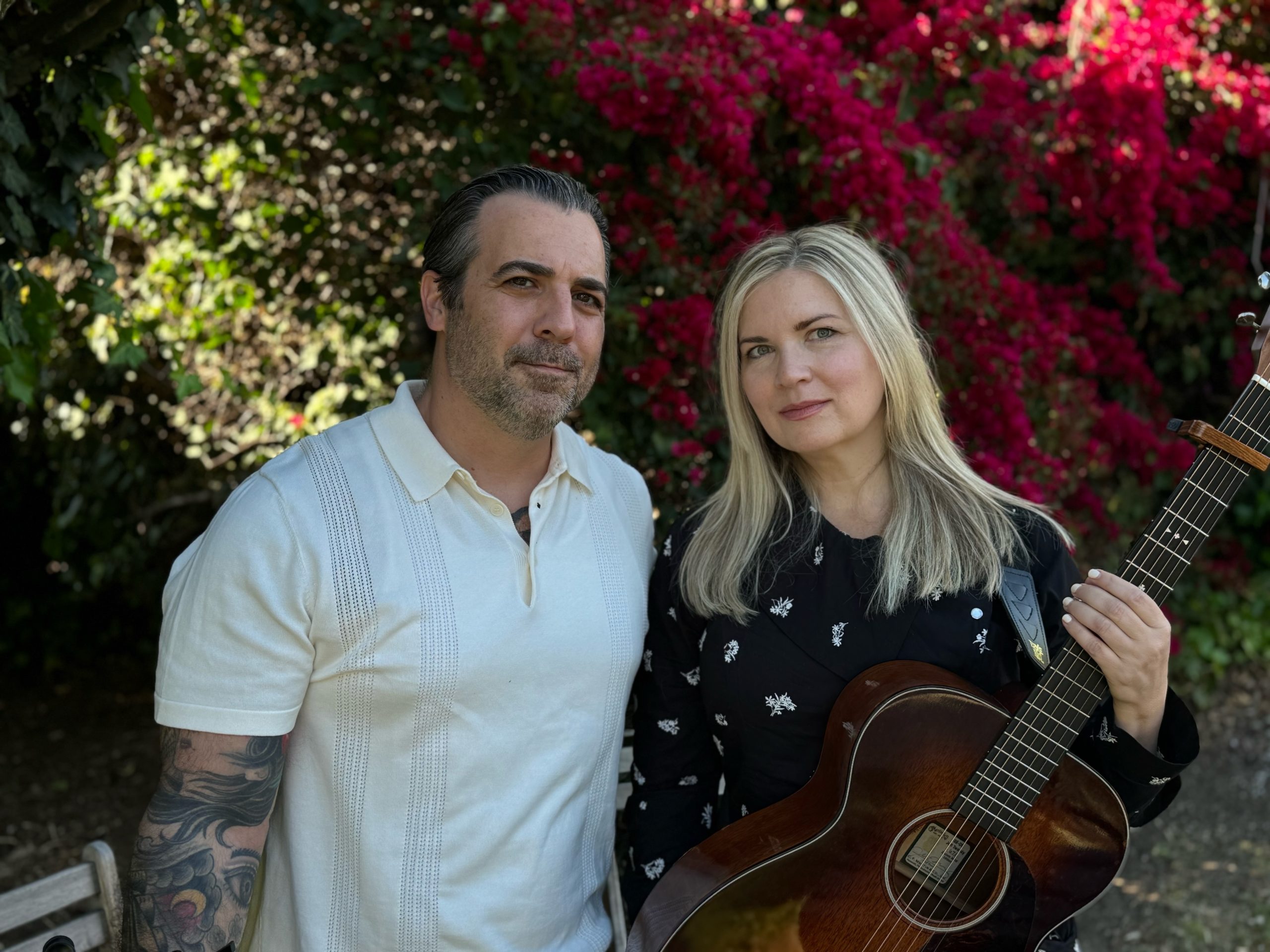
We don’t talk enough about the people we lost to COVID, and that ends now: One of the biggest losses in the music universe was John Prine, which inspired the L.A.-based musician Jon DeRosa (Aarktica, Flare) and producer Charles Newman (Magnetic Fields, Flare, Mother West Records) to start work on Prine Songs EP, which was released in December with singer-songwriter Kendall Jane Meade (Mascott, Juicy, the Spinanes, Helium). It started out as just a way to pass pandemic time, but Jon says: “I just wanted to pay tribute to a songwriter who meant so much to me.” Jon and Kendall were part of the New York City independent music scene that chickfactor participated in in the 1990s and early 2000s, and they both played at our parties (and collaborated with Stephin Merritt and the late LD Beghtol, who also died in 2020), so it made sense for the two of them to get together and talk about their Prine Songs EP and Prine himself, along with their musical pasts and songwriting in general. Images courtesy of Kendall and Jon
Jon: So Kendall, do you remember how we met in the first place?
Kendall: I remember seeing you play guitar with Flare or with Dudley (Klute) at a Chickfactor night at the Fez. You had on your uniform of the time, which was either a white T-shirt or a white tank top and you had long-ish kind of combed back black hair.
Jon: Not much has changed.
Kendall: I thought you were a great guitarist, and I don’t know exactly how it happened, but you and I later ended up hanging out. We took a walk around Washington Square Park and we had lunch at Dojo. I think it was the late nineties, around the time my first Mascott EP was released. Does this sound familiar to you?
Jon: It all sounds familiar. I think LD (Beghtol) was trying to get us … together? Or at least to work on music together. LD was a matchmaker of all kinds, and he wanted his friends to make art together. I was probably a year or two in at NYU, barely 20 years old. The first Aarktica record No Solace and Sleep came out in ’99. This would’ve been a little bit after that, probably, or right around that same time. I joined Flare right around that time so that’s when I met LD and Charles Newman, who was producer/engineer and Flare keyboardist.
Kendall: How did you get the Flare gig?
Jon: I had just moved to New York in the Fall of 1997. I was really young and just looking to play music and meet people. I was on the Indie Pop email list, and LD put out a call looking for musicians. I don’t think it was for Flare, I think he was doing some solo shows. And this was right as 69 Love Songs was coming out, which he of course sang on. From what I remember, Flare was in a bit of a transition with a guitarist vacancy perhaps, and LD had a solo show or two lined up that he needed some backup for. I answered. I remember rehearsing with him at his office, his art design office, after hours. I picked up everything really quickly, and we did a show at CB’s Gallery. Somewhere in there I got asked to join Flare. That was how it worked. I had also just become an intern at Fez, under Time Cafe, so I was the assistant to the assistant booking manager. I spent A LOT of time in and around Fez where a lot of our friends were playing, and I got to see a lot of free shows. They fed me and treated me really well (I still remember Hiram the manager, what a sweet guy). And if I was lucky I got to work the door and make, I think 10 bucks an hour, which was a lot of money back then.
Kendall: I love that.
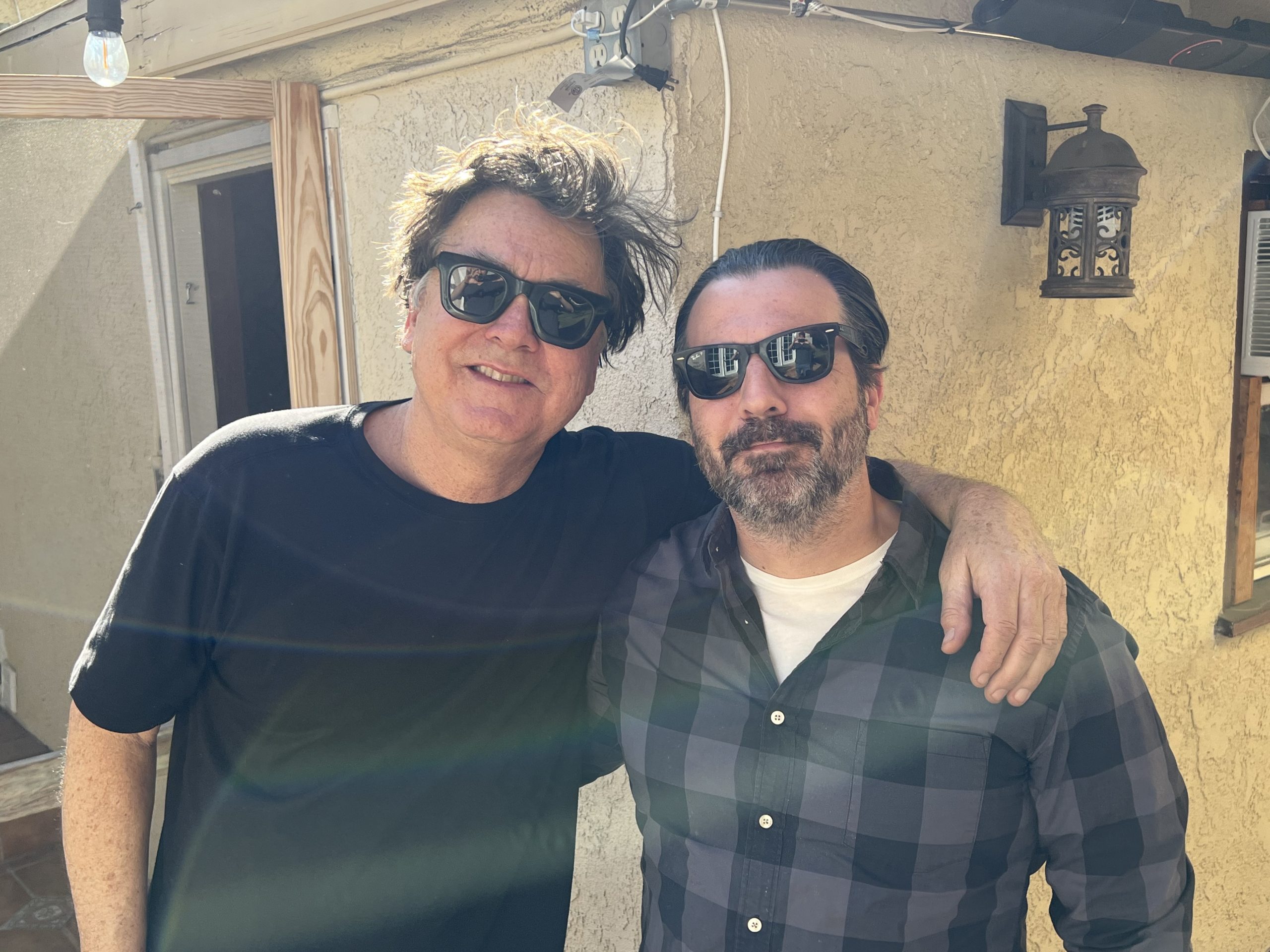
Jon: And how long had you been in New York at that time? What brought you there?
Kendall: I moved to New York in 1994 because two of the women in my band at the time, Juicy, moved to New York. So I followed suit. Juicy was my college band at Boston University. We all eventually moved to New York, and I stayed for a few years, leaving briefly after that band broke up. I moved back home to Detroit for about a year and then started hopping on tours and playing in bands. I played keyboards with Helium and then right after that, I played bass and keyboards for The Spinanes and then keyboard and bass in Sparklehorse. I was traveling for quite a bit during that time, so when I met you I was likely off tour from The Spinanes and starting to really actively work on my solo project Mascott. My first Mascott records were released on Matt Jacobsen’s label Le Grand Magistery, which was a label that Flare was also on. So that’s how I met LD and Charles, and then you.
Jon: At that time, I had just signed to Darla Records with Aarktica, and Le Grand Magistery was being distributed by Darla. So we were all kind of pursuing our individual projects and it wasn’t uncommon to collaborate or sing on someone’s record or pop in the studio and play a guitar riff. I remember playing on records where I was just stopping by to say hi and ended up playing on something. So several years later, I was making the Aarktica record Matchless Years for Darla and that was the first time you and I got to collaborate in the studio. You sang on several songs on that album, and we did that with Charles at his studio Mother West.
Kendall: That was probably my first time recording at Mother West. I remember really loving the songs and also that we never got to sing them together in a live setting.
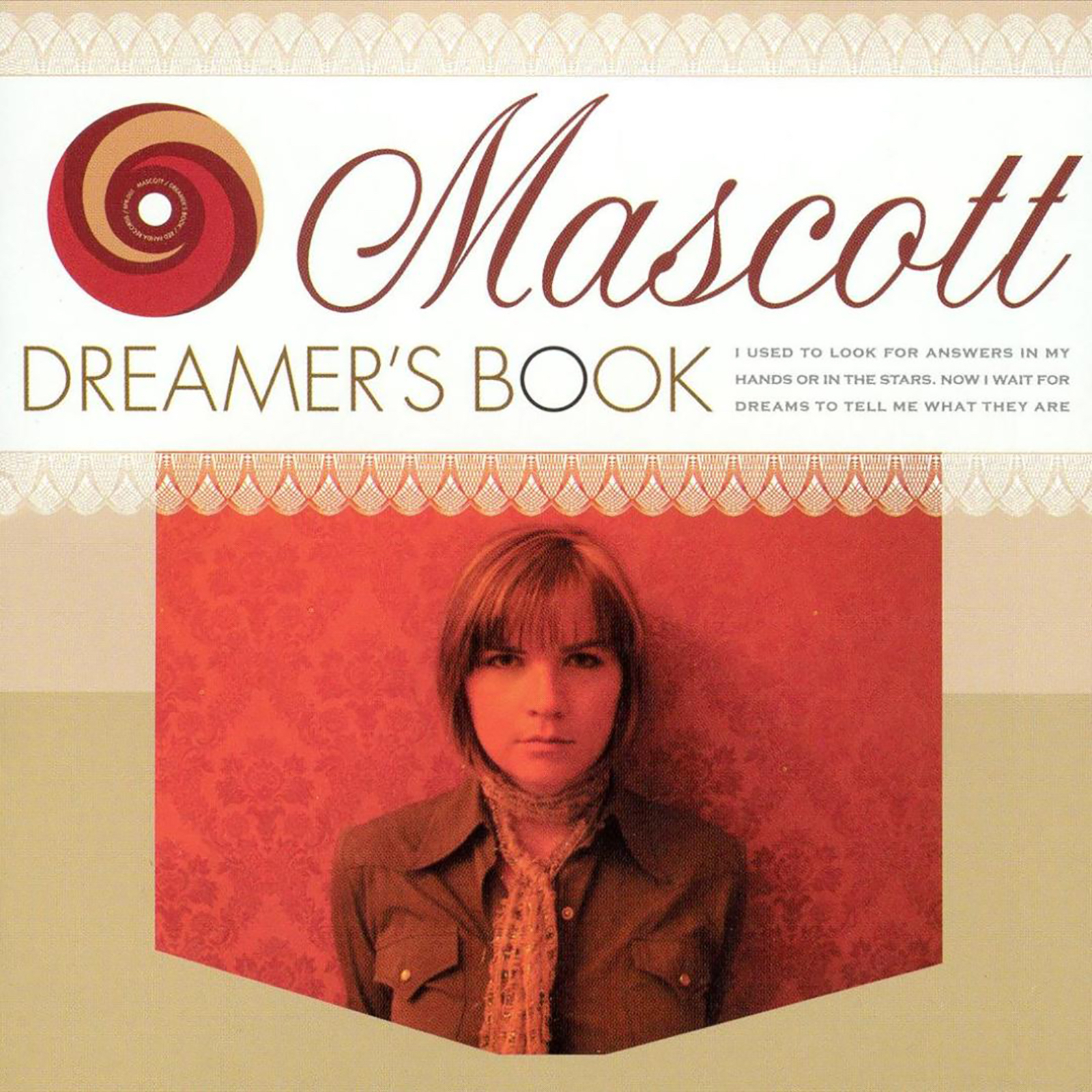
Jon: I moved to California to work at Darla Records right as that album was coming out in 2007. I lasted about a year there before packing it up and moving back to the East Coast. What were some of the other things that we did together musically?
Kendall: We both were on the Stephin Merritt Showtunes record on Nonesuch. I played on a song called “Ukulele Me” with many other people singing and playing ukulele at the same time.
Jon: I definitely remember that wild session. So many ukes, so many characters. And then I got to do some duets with Shirley (Simms) on that album, which was great.
Kendall: We both collaborated a lot with LD, too, so we would appear on the same LD albums. LD and the New Criticism albums, Flare Acoustic Arts League, and Acoustic Arts Ensemble. We definitely shared some album space together without perhaps singing with each other. So I feel like we’ve always been orbiting around each other a bit as friends and musical peers. A few years ago we ran into each other at a Magnetic Fields show here in LA and reconnected. And that’s what started this journey together leading us toward the Prine Songs ep.
Jon: Right. I moved back to LA in January 2014, so I’d been out here a while by that point. And then Charles actually came back out here as well, several years later. He actually had been living in the apartment that I vacated in Brooklyn. So it all is quite intertwined. Anyway, now we’re here 10, 15 years later making music again.
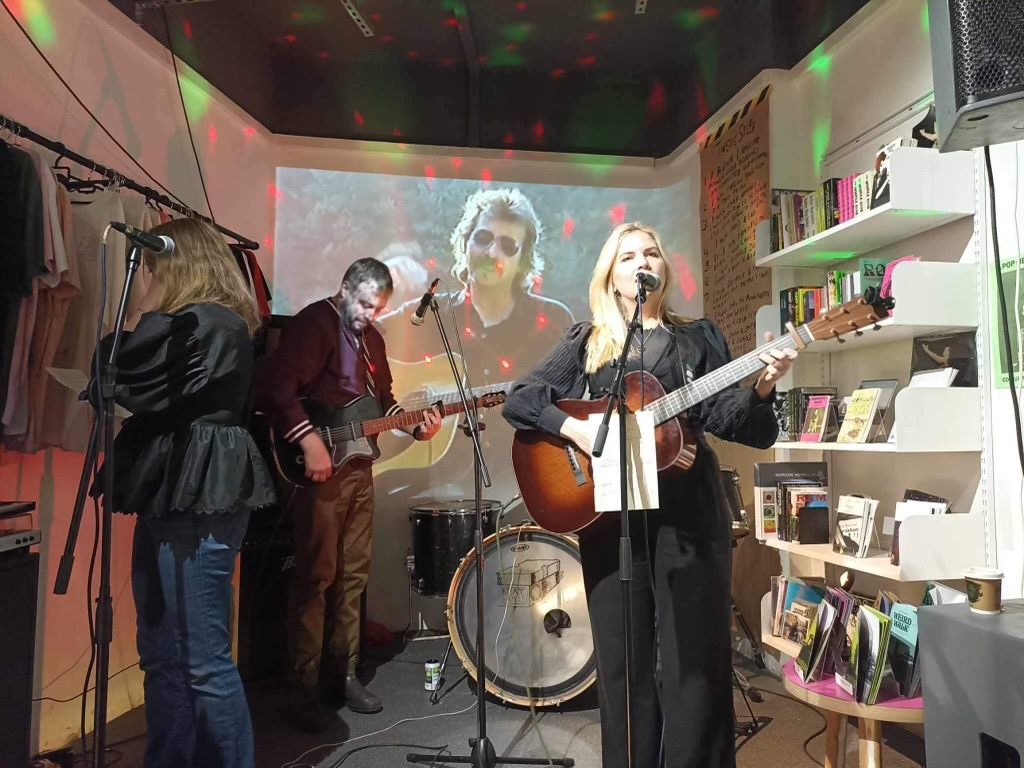
Kendall: What have you done musically in the 10-15 years where I didn’t see you?
Jon: I was making music as Aarktica, releasing several different albums on a few different labels, most recently Projekt Records and even a recent album We Will Find the Light on Darla Records, after a really nice reunion with them. I also put out several records under my own name, which were… stylistically quite a bit different than Aarktica, more of an orchestral, dark chamber pop sort of sound. Much more vocally focused. In recent times, I’ve been moonlighting as vocalist for Black Tape for a Blue Girl, who were actually one of my favorite bands growing up. That project is headed by Sam (Rosenthal) who also runs Projekt Records. I’ve also done some soundtrack work with Charles, which I enjoy quite a lot. I’m a little all over the place at times, but it’s only because… I’ve tried to become more conscious of creating whatever thing feels like what I want to do at the moment. It’s a discipline in being undisciplined maybe. In a way, it kind of brings us to how we ended up reconnecting in the present. Because during the pandemic, I was sort of feeling a little bit stagnant, and I didn’t really feel very inspired to be writing my own material. I was extremely depressed, but I was trying to find a way to not let it stifle me completely. So Charles and I came up with this idea to record some John Prine songs. Charles lives like 10 minutes from me in Encino, so it’s kind of nice that even though now we find ourselves both out in LA, we’re still neighbors.
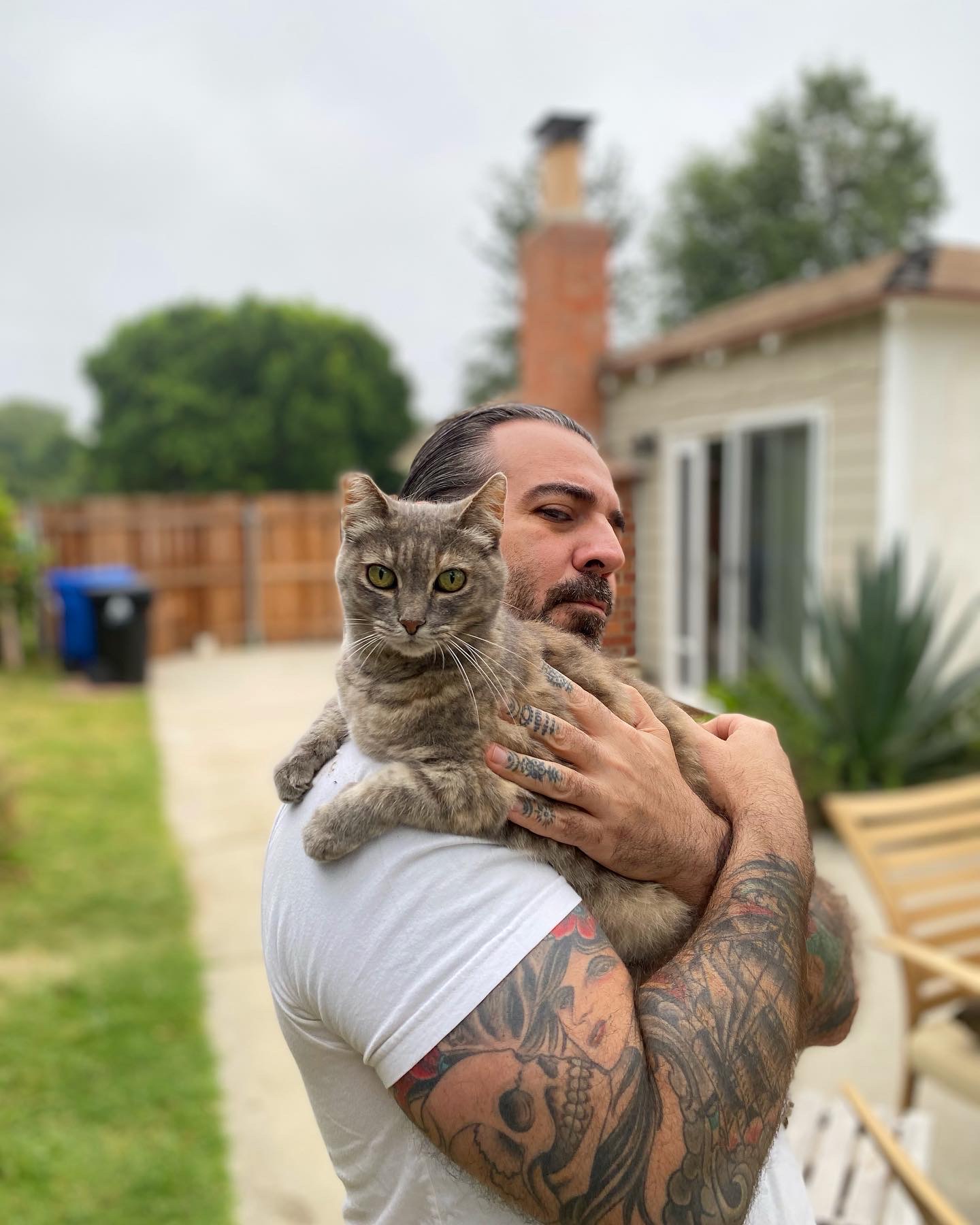
Kendall: What inspired you to record John Prine songs specifically?
Jon: During the Pandemic, I had been just recording covers at my house and posting them on Facebook. I was doing it to keep my sanity, and I was doing it to boost the spirits of my friends that I wasn’t getting to see, my family on the East Coast, and I was recording all manner of songs. I did a version of “Clay Pigeons,” which is actually a Blaze Foley song, but it was kind of made famous by John Prine and just felt really good. I was a casual fan of John Prine, but in that pandemic era, I was taking really long walks during which I’d delve deeply into artist catalogs that I had only scratched the surface of up until then. And John Prine was one of them where I was like, I knew him, I knew his music, I knew his hits, I loved what I knew of him, but I realized that I had only just scratched the surface of his catalog. And as I got deeper and deeper into it, it felt more familiar to me. It felt more special to me, and I wanted to get to know him more and more through that. Sadly, he was one of the first celebrities who passed away from COVID during that time. And we had already kind of made this decision to start making this record when that had happened. I don’t think we had the intention of releasing it, I personally just intended to keep the recordings in our back pocket for whatever down the road. I think that kind of helped keep it really loose. And that brings us to when you and I reconnected, and it turned out that we were looking for someone to sing some of the female vocal parts, and you appeared.
Kendall: I appeared. I remember Charles asking me if I wanted to sing on “In Spite of Ourselves.” It’s an honor to sing that part, Iris Dement’s original part. At first I didn’t know if I was right for it because she’s got such a spirited vocal. The lyrics are a little naughty. But once I started listening to it and hearing your take on it, I knew I could fit right in. And so that was really fun, and I loved singing on it, and then you guys asked me to sing back up on a couple more songs, which was wonderful. I realized, once again, how our voices fit together. It’s very natural. It’s very familiar to me, and I think you’re such a great singer.
Jon: In a way, you coming in to sing on “In Spite of Ourselves” was an inspiration to finish the record, because it was like a missing piece, and then everything started to make sense. It also inspired Charles to make the record more of a priority in terms of getting it done, because it was the difference between it being an unfinished album and being able to see the light at the end of the tunnel.
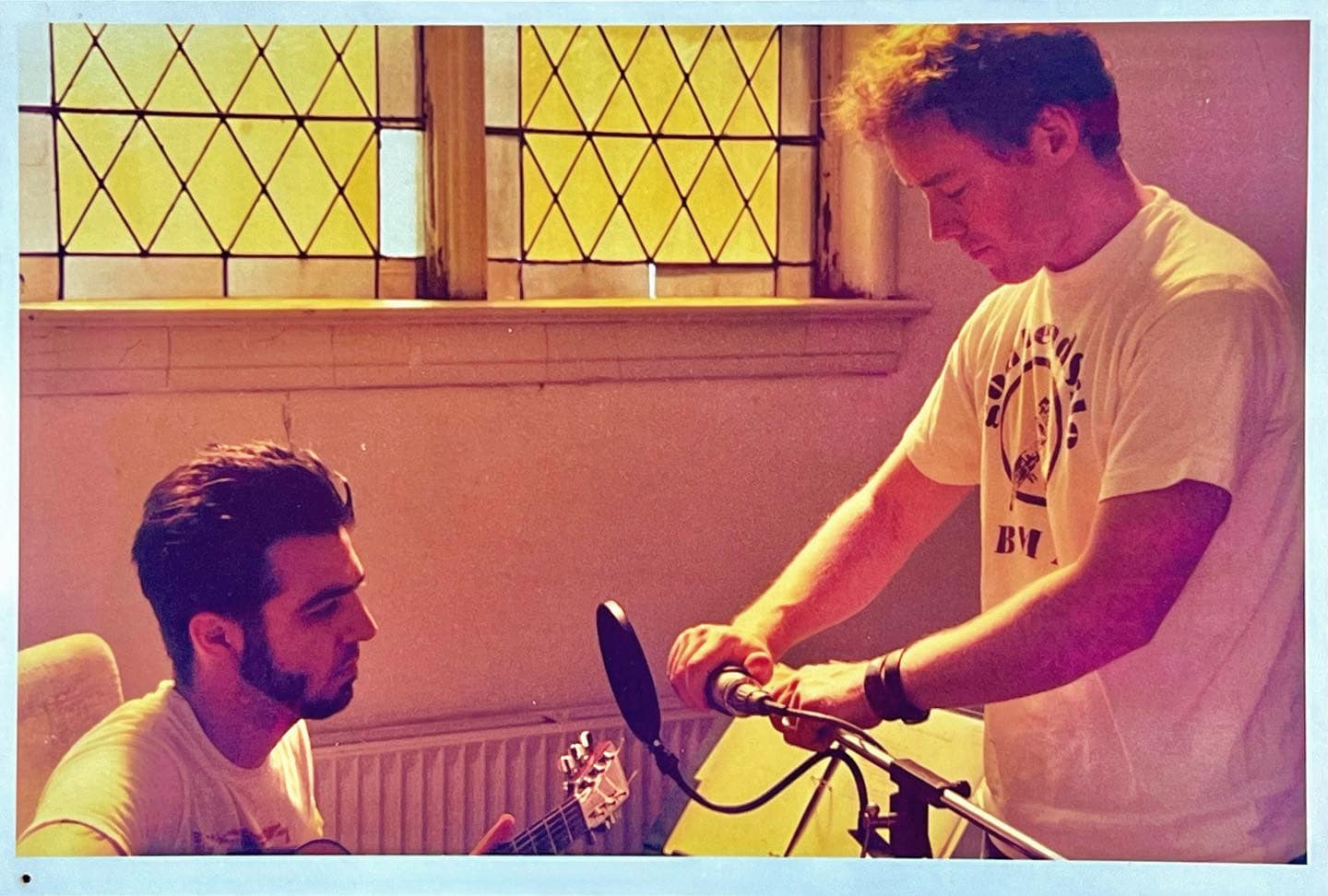
Kendall: Then you guys asked me to sing lead on a Prine song, which was an honor and also a tough decision about which song I wanted to do. Once I heard “I Remember Everything” it was just a no-brainer, that was the one for me because I connected with it on so many levels. I was going through a tough time in my personal life, and I related to it deeply but probably differently than Prine’s intent when he wrote it. I found out it was the last song that he wrote and recorded before he passed away. So it was truly him looking back on his life through the eyes of love. The song means a lot to me.
Jon: I can’t think of too many other songwriters who write in an observational way that doesn’t include a judgment about his characters. There’s inherent wisdom in the words without a condescension or without a posturing. When I listen to John Prine, I feel like I know the characters that he’s writing about. His song “Hello In There”, is a song about getting older and basically becoming invisible in the world. And I remember listening to that song probably about a hundred times. He brings such an empathy and sensitivity to a type of person that doesn’t normally get treated with that level of respect.
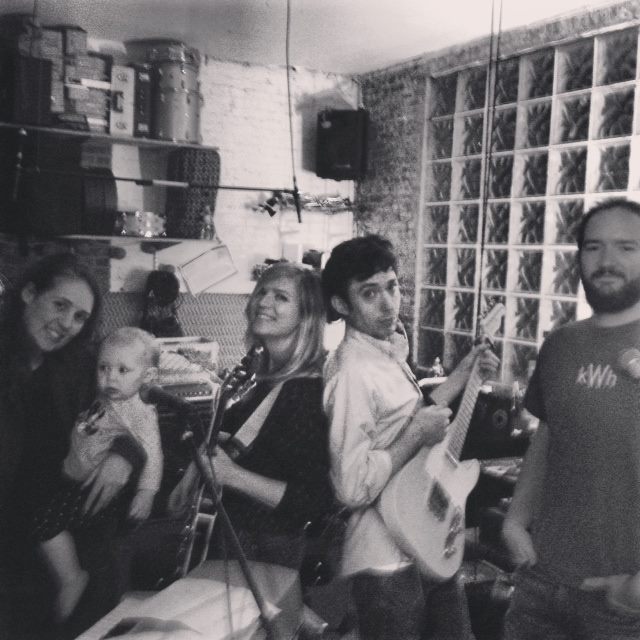
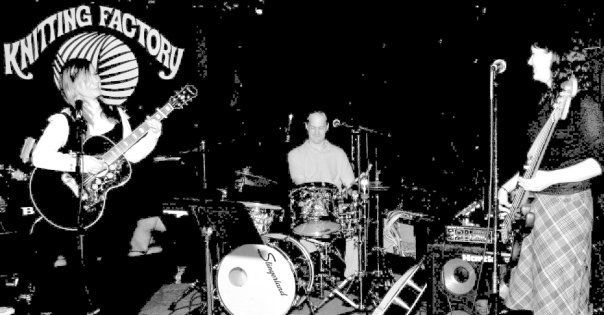
Kendall: That’s a beautiful observation. I also think that he has such a range, even if you just look at the songs on our EP. “Sailin’ Around”, which I think flexes the power of repetition in a really cool way. “That’s the Way That the World Goes Round” is a really universal theme, but very uplifting. “One Red Rose” is also stunning to me. Why did you choose that one?
Jon: I felt compositionally that that was a song that was stylistically something I would’ve written. The other songs were a departure for me stylistically. The way we recorded “That’s the Way That the World Goes Round” felt very Springsteen-esque, which I don’t think of myself as that type of singer. “One Red Rose” to me sounded like it could have been a Nick Cave ballad or something. And so I think I felt like there was a familiarity there, but there were a lot of songs that we had to kind of trim it down. And there were songs that I wish we could have done. “Linda Goes to Mars” comes to mind… I know you’re in the midst of working on a new record right now. Are there any sort of similarities in terms of what you’ve learned from John Prine that you use in your own songwriting or something maybe you aspire to?
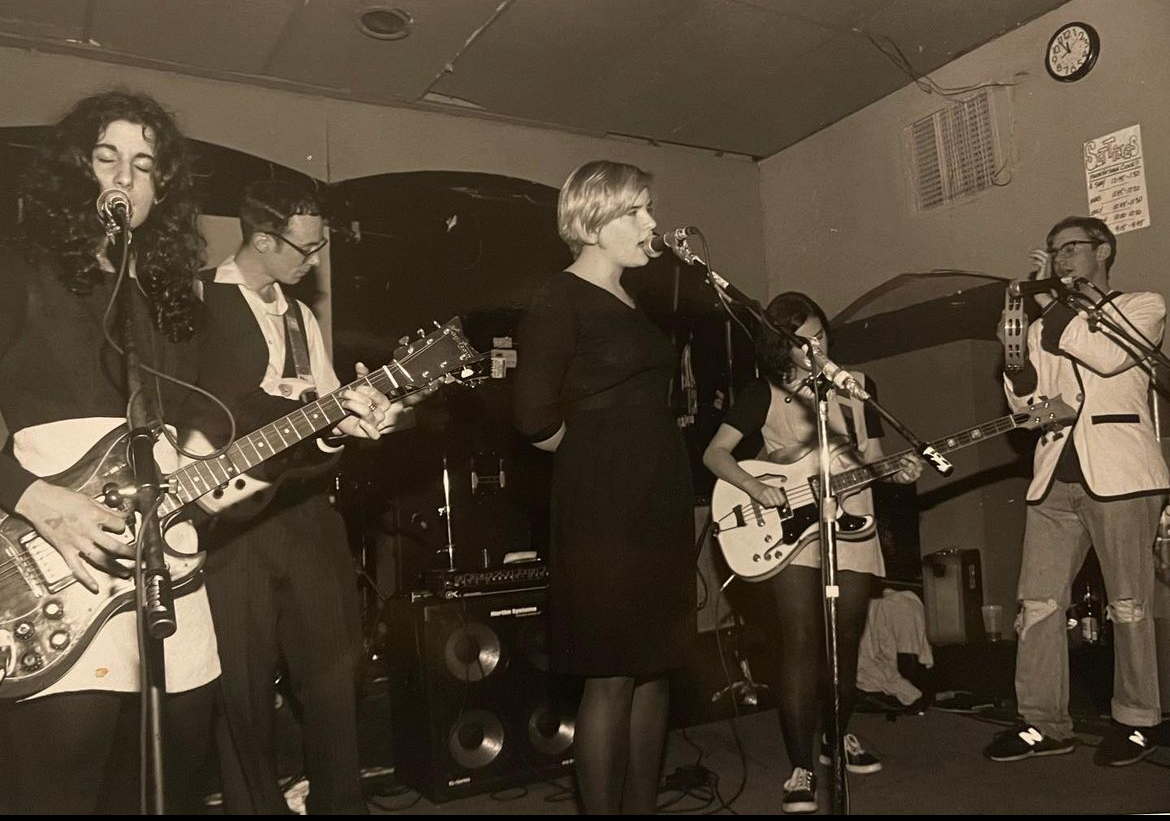
Kendall: A lot of what I like about Prine is a lot of what I like about Neil Young. He’s not afraid to rhyme, yet there aren’t a lot of throwaway lines. You can tell that writing is how he processes his emotions. I think he’s very evocative in his choice of words, but everything sounds like it comes really naturally to him. It’s very conversational, and that’s what I really relate to. What I hope to do is create sort of an image and a feeling that you could perhaps put yourself in and feel the same emotions. That’s what his songs do for me, and I think that’s why they were so effortless to cover, because they are universal. I also admire the fact that he was writing up until his last days, I hope to be doing the same thing. What about you? How does his songwriting relate to your approach?
Jon: I feel like, to be a good songwriter requires an ability to connect with people. It’s an ability to understand the plight of people and to be on the level of other people. It becomes very apparent very quickly as a songwriter if you are faking it in that way. When you’re writing in a way like John Prine, there’s a knowing because you get the sense he experienced it himself and has probably taken the time to make those connections with other people to hear stories. And I’ll be honest, I’ve always had a really hard time intimately making those connections. Those connections require revealing a lot of oneself, not only listening to what others are going through. And so as I’ve gotten older and more aware of that, I’ve tried to make more conscious efforts to make those connections with others because I am starting to understand that it’s a two-way street in terms of how we express emotions and how we understand emotions. I think John Prine is the master at that. And I also think that he’s able to tell stories through these voices and through these characters in a way that is very poignant and very non-judgmental. It’s almost like he gives a listener the privilege of coming up with an interpretation for themselves without leading them too much.. So I think that that’s a real gift that songwriters and their listeners have, and it’s what makes his songs timeless. And I think it is what makes his songs timeless. People will be listening to and discovering John Prine a hundred years from now.
Kendall: I played some shows in Sweden and one in London a few months ago, and we released the EP exclusively on Bandcamp before the tour so I could spread the word about it. It was kind of amazing to see how John Prine has touched the hearts of people all over. We played at a record store in London called Dash the Henge. They’re huge Prine fans and projected a video of Prine in the background while we were playing. It made me realize that what we were doing is something a little bigger than just a small project that you and Charles started in the pandemic. It was really bringing a new twist to these beloved songs that people were excited to hear.
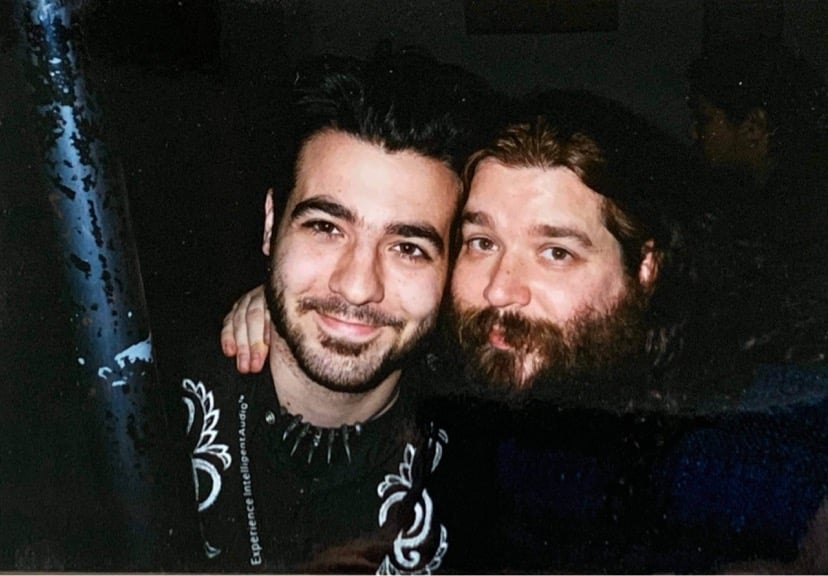
Jon: We should also make a note that we had some really great musicians playing with us on the EP, including Doug Pettibone and Butch Norton. Both of them have either played with or shared gigs with Prine. When you play with guys like that, it kind of just elevates what you’re doing because their musicianship is just so good. And the fact that they’re really nice guys is just a bonus there, too.
Kendall: This is probably our biggest collaboration to date, and I have to say I think LD would be really excited to know that it was happening. He would really love the way it sounded and the fact that Charles recorded it, it’s all coming full circle to LD. And also it’s exciting to be able to talk about this here on Chickfactor because Gail has been in the center of this musical community for so long. She knows all of us and has always championed our music.

Jon: When I joined Flare, and I was also working at Fez, Fez was where those early Chickfactor shows were being held. And so for a 19-year-old kid who was new to New York City and didn’t really have a ton of friends and was still looking for my community, that was a big deal. I was still getting my legs as a performer. I was a young kid, and Gail was very gracious in inviting me to play on those Chickfactor shows. It made me feel so good to share the stage with people who I looked up to, people that I cared about, people who I viewed as very successful, purely in the sense of being extremely creative and doing amazing things in New York City. So it was inspiring. It made me feel part of something, and it was incredibly validating that I was maybe doing the right thing. I was maybe on the right path. There was something to this music thing.
Kendall: What do you have coming up next?
Jon: That’s the eternal question. I’m always working on something. I’m writing new music but it’s so early, I have no idea what to say about it yet. And how about you? What’s the plan for the new record?
Kendall: It’s not going to be a Mascott record, it’s going to be put out under my own name, so it will be my first official singer-songwriter record.
Jon: We should also mention that we both are working on tracks for an LD tribute album that’s being spearheaded by the wonderful Linda Smith and that it’s going to be something fabulous.
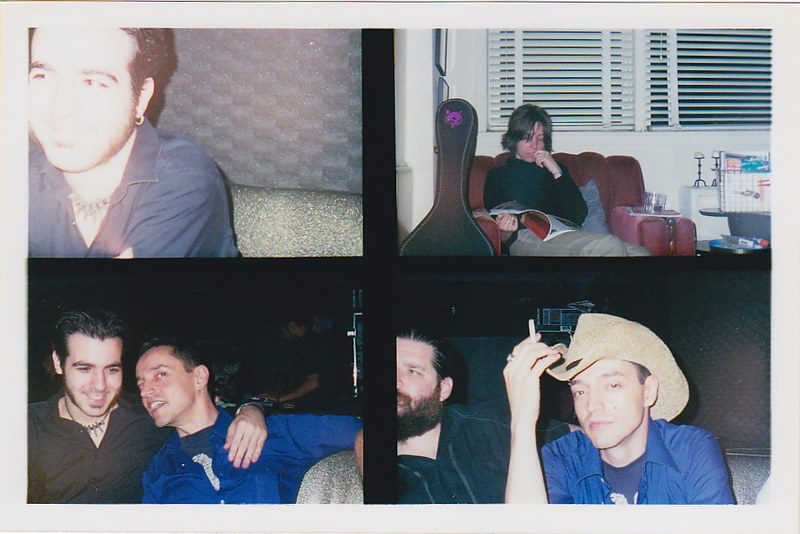
Other Prine Covers Kendall and Jon Love
Johnny Cash – “Paradise” (from Bootleg V.1: Personal File)
Jon: “Paradise” appeared on Prine’s 1971 debut and over the years became kind of a country standard. I can think of a dozen artists from John Denver to Dwight Yoakam to Sturgill Simpson who have covered it. Cash covered it on one of his lackluster (sorry, it’s true) early ’80s albums where the hokey production made it sound phoned in and formulaic. But the Cash version from his Bootleg V.1 album, with just his voice and guitar, is minimalistic and sublime. He’s at his best with just voice and guitar, making it his own and delivering it in the masterful way only he can.
Kendall: I love this style of song, looking back on your hometown of origin. It’s why “Coal Miner’s Daughter” by Loretta Lynn has always been so compelling to me. It’s stunning how Cash holds your attention and moves the story forward with just his voice and a guitar.
10,000 Maniacs – “Hello in There”
Jon: Kendall, I didn’t grow up listening to 10,000 Maniacs and I didn’t know about this cover until recently. Were you a fan? I wonder how it was received in 1989? Maybe it turned some young kids onto Prine? It definitely harkens back to a time where an indie band could record an upbeat version of a heavy outside-of-genre tune to throw on a B-side in a tastemaker, IYKYK kinda way. Does that still happen? Do we miss that a little?
Kendall: Yes, I’m a fan for sure and I love Natalie Merchant’s voice on this. She and the band make it their own—so breezy and upbeat. However, they bring it down and make it a bit more contemplative when the lyrics almost demand it.
Gillian Welch and David Rawlings – “Hello in There”
Jon: Well, you know, it’s all kind of magical, like everything they do. Gillian brings the perfect combination of fragility and frankness in her delivery, and David’s quiet harmonies and plaintive guitar work are beautiful. There’s also a bit of a sweetness and lightness that helps with the heaviness of the lyrical content.
Kendall: This cover was meant to be. They wear it like a cashmere sweater and I could listen to this on repeat and do nothing else but listen to every word and note.
Lambchop – “Six O’Clock News”
Jon: I confess, I’d listened to the original (from Prine’s 1971 debut) for a long time before I explored the lyrics and… yeah, it’s really pretty dark. It also speaks to Prine’s ability to touch on some pretty strange subject matter in an understated way. Sometimes you really aren’t sure what you’re singing along to. I love Kurt Wagner’s voice and delivery, and the slightly funky groove brings a bit of levity to the subject.
Kendall: No one sounds like Kurt Wagner, and he sounds particularly robotic on this one until you get to the line “spend the night with me”. That’s what Prine does so well, he can cut through to your heart immediately with a lyric that triggers a universal feeling or longing.
Kurt Vile – “Speed of the Sound of Loneliness”
Jon: I was prepared not to like this for some reason — maybe because the original is special to me — but you know, this is actually kinda great. The brushwork on the snare is very Tennessee Three and the vocals are really quite intimate, just the perfect amount of reverb. Brings to mind Flying Burrito Brothers, right? I don’t know what else to say but it sounds breezy and beautiful and I wanna turn it up, and roll the windows down in my pickup truck while I ride through the Valley this summer.
Kendall: I didn’t see this cover coming, to be honest, but once you hear it it makes so much sense that Vile would choose this Prine song to sing. I agree that it has an easy Flying Burrito Brothers energy. I hear so many harmonies, and appreciate the restraint to keep it one singular POV. Kurt, if you ever need your Emmylou to re-record this in a different way, call me.
Jimmy Buffett – “It’s a Big Goofy Old World (Live)”
Jon: I don’t know if we’ve ever talked about this but, full disclosure…I’m kind of a Parrothead. I’m not sure Buffett and the Coral Reefers ever recorded this in the studio, but man this is such a great version. As I get older, I begin to appreciate tunes like this that are just written to put smiles on faces. I just wanna sip a (virgin) rum drink of some kind and shout it out from the back row.
Kendall: This is a revelation, as I think you know that Jimmy Buffett is a huge part of my life. He is my Dad’s favorite artist next to Bob Seger. Every summer we would go see Buffett perform, and I have always had an affinity for his vibe and his lighthearted yet universal approach to songwriting. My college band, Juicy, was an all girl band. We named our first album For The Ladies based on something that I heard Jimmy Buffett say from the stage before he sang his super-romantic tune “Come Monday”. He said “This one’s for the ladies” and all the ladies in the front rows swooned. As a young feminist, I wanted to reclaim that statement to empower women, not just fall at a man’s feet. Still, I have so much admiration for Buffett and the community that he built. I agree, all in the spirit of enjoying life and seeing beauty in moments surrounding the mundane. It’s no surprise that he chose this song to cover. I love the imagery of two normal people just having fun and dancing, oblivious to others around them. They’re just having fun in this big ol goofy world.
Phoebe Bridgers – “Summer’s End”
Jon: I kinda didn’t want to like this because it seems like everyone in the world loves Phoebe Bridgers, and I can be very contrarian when it comes to things like that. But this is sweet and fragile and frankly, quite honest and real, and I think it’s gorgeous.
Kendall: I think she is kind of incapable of not adding depth and beauty to her work. She used to curate a Sirius XM show and it was a delight to hear her speak about the songs she chose for her set. She has great taste, so it’s no surprise to me that she found her way to John Prine. The kids are alright.
Aarktica – “Christmas in Prison”
Jon: This was technically the first track we worked on for the Prine project, and this one ended up released a year earlier and credited to Aarktica because we did the big guitars and ambient production, which was a bit of a different direction than we were going with the rest of the Prine Songs EP. I like the way it shaped up. Kendall, you sang beautifully on it. Destined to be a Christmas classic?….
Kendall: Prine, but make it shoegaze. I loved being part of this cover, and I think it’s one of the first times I liked hearing my voice with effects on it. It works so well, and I felt like I was able to support your lead vocal in a subtle but effective way.
Michael Cera – “Clay Pigeons”
Jon: First, yes, I realize that this is a Blaze Foley song, but Prine did the best recorded version of it. That said, I had no idea that Michael Cera sang or that he had albums out. To me, it sounds a lot like Paul Simon, singing lo-fi bedroom folk. It’s got some pretty harmonies and could be soundtrack-worthy for a twee teenage movie love affair…
Kendall: I’m a huge fan of this cover, and I too was surprised to learn about Cera as a musician and singer. It’s so heavenly to listen to, so beautifully twee. I hear the Paul Simon timbre in his voice, too.
Viagra Boys w/ Amy Taylor – “In Spite of Ourselves”
Jon: I’m not familiar with these guys. Kendall, you brought this one to the table, and…I’m learning a lot about you lately…. It’s a bit deadpan and unhinged, and the video looks like it could be outtakes from Harmony Korine’s Gummo. I do like that they throw a minor chord in the progression and it derails the entire vibe of the original.
Kendall: When I was playing some shows in Sweden and London a few months back I wanted to play “In Spite of Ourselves”. You weren’t with me, so my guitarist on the tour (and good friend) Martin Olson offered to step in. I’m very exacting with harmonies, and we must have rehearsed about 25 times before he jokingly was like “maybe we should sing it this way” and sent me a link to this YouTube video. Martin is Swedish-American, so he knew about this version from Swedish punk band Viagra Boys, which is incredible. It should have been on the soundtrack of True Romance. Prine’s songs are so beloved globally, and this is such a perfect example of his reach.
Prine Songs is available everywhere music is streamed, or support directly by heading to Bandcamp.
